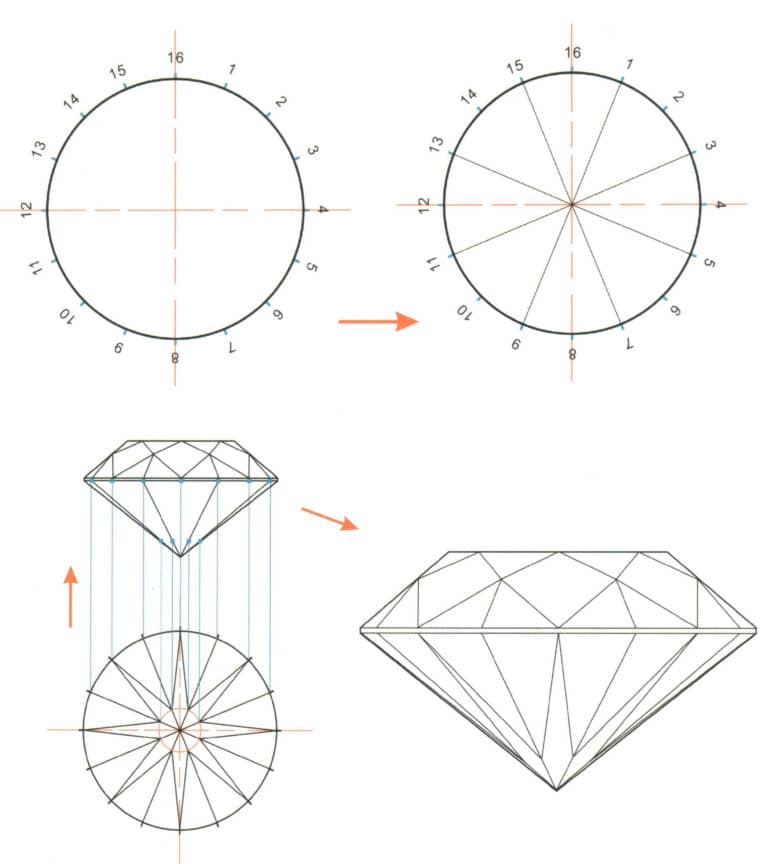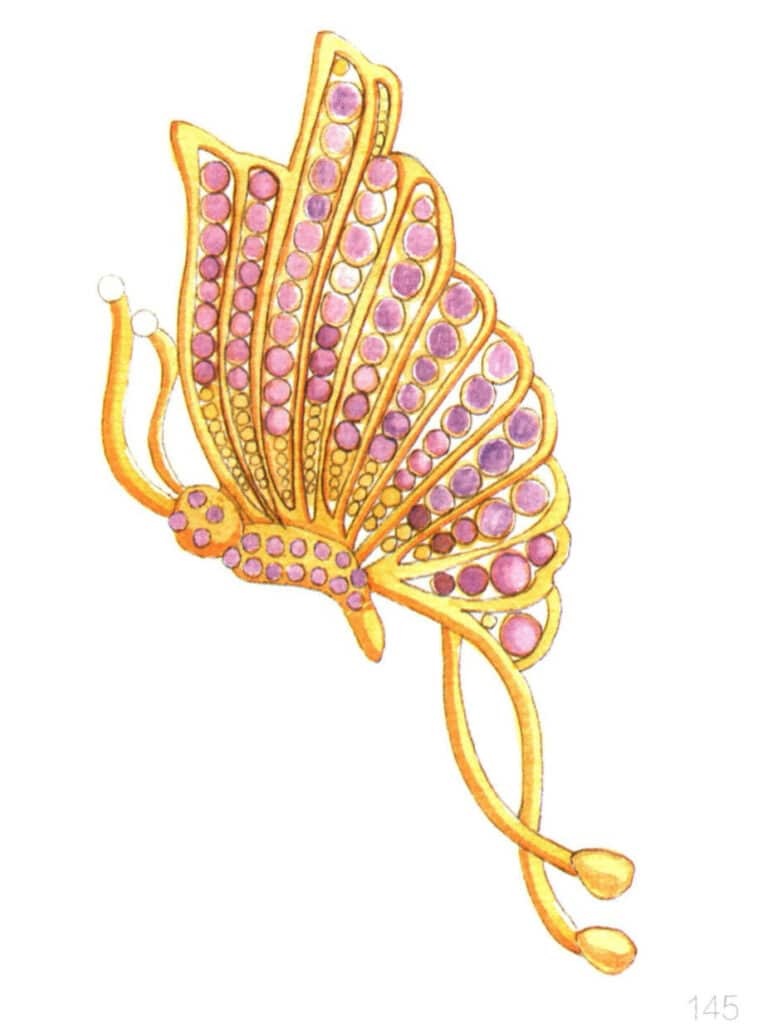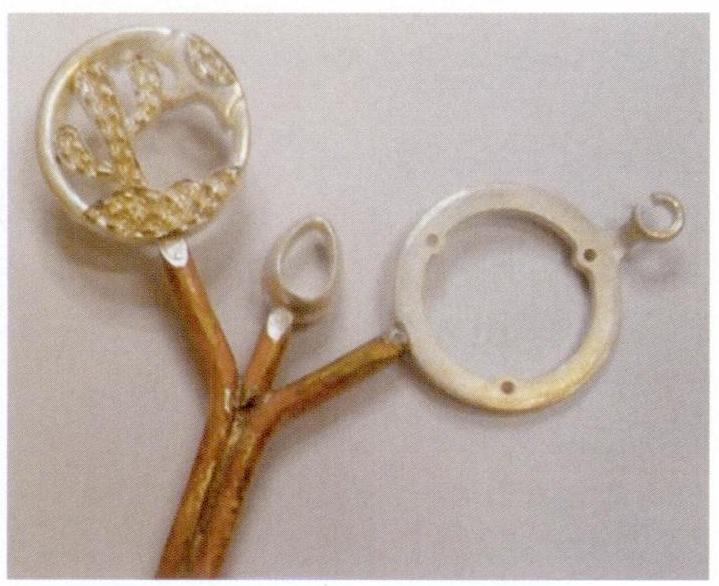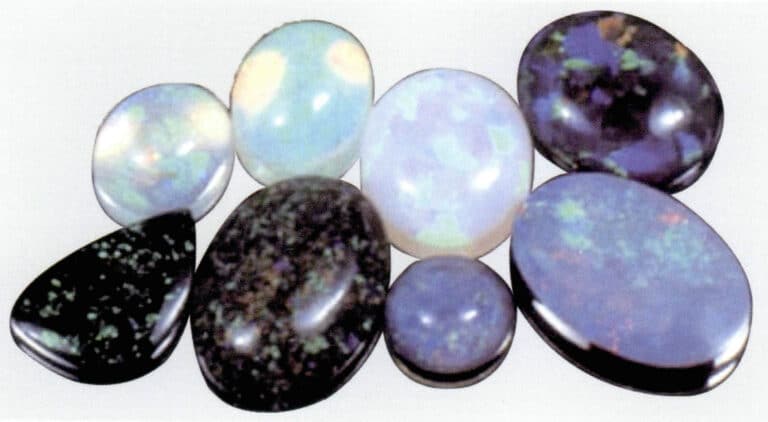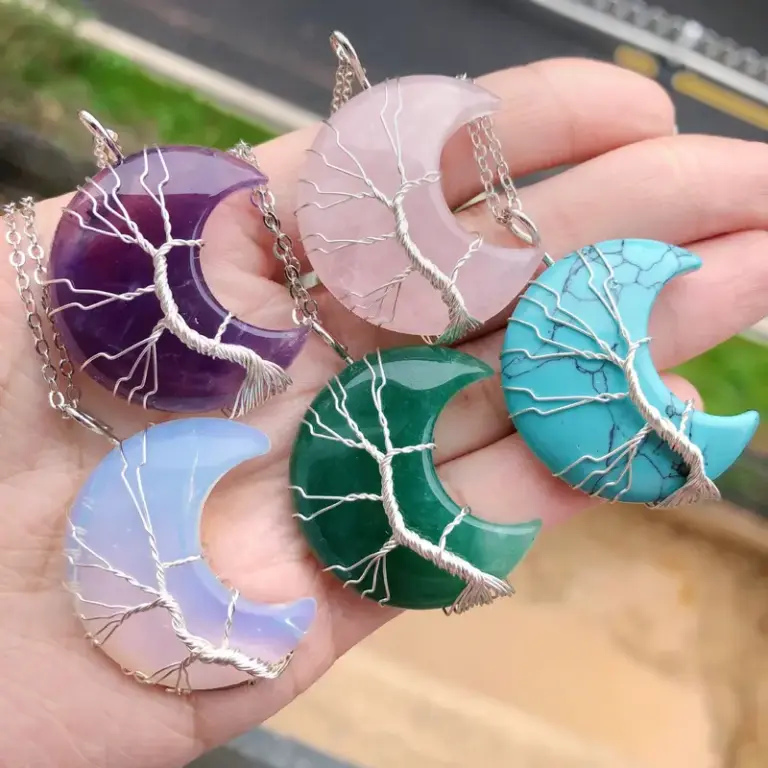What’s Coral as gemstone? A Journey Through History, Science, And Aesthetics
Coral guidebook about Gemological Characteristics, Classification, Optimized processing, Identification and maintainance
Introduction:
Embark on a journey through the coral reef of jewelry with our comprehensive guide! We unveil the historical and cultural tapestry of coral adornments, offering practical care tips to preserve their organic beauty. Navigate the diverse spectrum of coral types, from precious Akoya to the rare Angel Skin, and understand how color, texture, and craftsmanship dictate their worth. Gain expertise in authenticating genuine corals amidst a sea of imitations. Tailor-made for jewelry stores, studios, brands, retailers, designers, e-commerce platforms, and celebrities seeking custom coral creations, our guide ensures you stay afloat in the coral market. Enhance your collection or craft a new trend with these timeless organic gems.
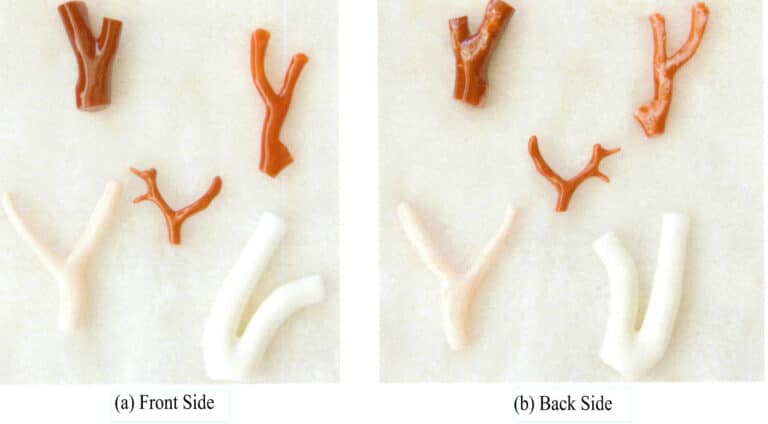
Table of Contents
Section Ⅰ Application History and Culture
Coral has a long history and culture of use as decoration in both the East and the West.
1. The history and culture of applications abroad
The English name for coral is coral, derived from the Latin word Corallium.
The Greek word for coral is “Gorgeia,” meaning “Gorgon.” In ancient Greek mythology, Zeus’s son Perseus killed one of the three Gorgons, Medusa, and hung her head on a tree by the sea, causing her blood to flow into the ocean, staining the seaweed and turning it into the Red Coral . Thus, red coral was named “Gorgon.” Additionally, in ancient Greek mythology, the sea god Poseidon resided in a palace made of red coral and gemstones; the god of fire, the god of masonry, the god of sculpture, and the exceptionally skilled blacksmith god Hephaestus began their carvings using coral.
In the caves of Europe during the Neolithic period (about seven thousand years ago), fragments of coral have already been discovered. Over four thousand years ago, there were also handicrafts made of coral in ancient Babylon and ancient Egypt. In ancient Persia, people identified the authenticity of coral by its smell: when coral had the scent of the sea, it was genuine coral. In ancient India, coral was used as a mysterious and noble offering. The ancient Romans believed that coral could calm the waves, eliminate disasters, and provide wisdom and medicinal properties, often hanging coral branches around children’s necks. Even today, Italians still commonly use coral as a talisman. Africans and Native Americans also held coral in high regard, believing it to embody the water god.
Modern Westerners rank coral alongside pearls and amber as the three major organic gemstones. Red coral is regarded as the birthstone for March and a gift for the 35th wedding anniversary.
2. Medicinal Functions
The ancient Romans referred to red coral as “red gold,” attributing to it a mysterious quality of preventing diseases and disasters and enhancing wisdom. They often hung coral branches around children’s necks, believing that coral could protect the health and safety of children, ward off evil, and treat women’s infertility; it could also calm storms and help the wearer prevent lightning and strong winds. Even during the peak of Roman culture, people believed that “dog collars” inlaid with coral and flint had significant medical functions against rabies; they believed that “coral medicinal wine” could induce sweating and diuresis, expelling harmful bodily fluids. In ancient Western cultures, people believed coral could treat eye diseases and stop bleeding.
3. Trade Restrictions
All corals used for gemstones are listed in the “Convention on International Trade in Endangered Species of Wild Fauna and Flora” (CITES, commonly known as the Washington Convention). Therefore, in most countries and regions around the world, coral fishing and trading are strictly controlled, requiring a license issued by the government of the respective country or region to engage in related activities.
Although many species of coral can be purchased in many countries and regions, it is important to note that the import and export trade of coral is also strictly controlled or even prohibited in many countries.
Section II Causes
Coral is the skeletal accumulation of marine benthic cnidarians known as coral polyps. It exists in calcium carbonate aggregates and organic or chitinous materials, typically in a branched shape with longitudinal stripes. Each coral polyp may have concentric and radial stripes in its cross-section.
Coral polyps are marine invertebrates belonging to the phylum Cnidaria and the class Anthozoa. They are cylindrical, marine, and often colonial, forming a community. The body of a coral polyp is cylindrical, with eight or more tentacles and a mouth is located in the center of the tentacles. Coral polyps automatically attach to the skeletal accumulations of their ancestors during the white larval stage. The skeletons of these animals consist of an internal or external skeleton made of calcium carbonate or chitin.
The body of a coral polyp is composed of two germ layers: the outer cell layer is called the ectoderm, and the inner cell layer is called the endoderm. A very thin, acellular mesoglea layer exists between the two germ layers. There is no distinction between a head and a trunk, and there is no central nervous system, only a diffuse nervous system. When stimulated by external factors, the entire body of the animal responds. Its lifestyle is either free-floating or attached to the substrate. Food enters through the mouth, and food residues are expelled from the mouth, feeding on small plankton in the ocean. During growth, it can absorb calcium and carbon dioxide from seawater and then secrete calcium carbonate to form its living shell.
The eggs and sperm of coral polyps are produced by the gonads on the septa and are released into the seawater through the mouth. Fertilization usually occurs in the seawater and sometimes also in the gastrovascular cavity. Typically, fertilization occurs only between eggs and sperm from different individuals. The fertilized egg develops into a ciliated larva that can swim. After several days to weeks, it settles on a solid surface and develops into a hydroid. Coral polyps can also reproduce by budding, where the buds do not separate from the original hydroid after formation. New buds continuously form and grow, thus propagating into a colony. When new hydroids grow and develop, the older hydroids below them die, but their skeletons remain in the colony.
Coral sand is the secretion of coral polyps, which forms the supporting structure of corals.
The precious coral used for jewelry does not form large reefs but instead has a smaller, branched structure attached to the seabed, often resembling a branching shape, as seen in Figures 3-2-1 and 3-2-2.

Figure 3-2-1 Coral branches attached to the reef (1)

Figure 3-2-2 Coral branches attached to the reef (2)
Section III Gemological Characteristics
1. Basic Properties
The basic properties of coral see table 3-3-1 below.
Table 3-3-1 The basic properties of coral
| Chemical composition | Calcareous corals: mainly composed of inorganic components (CaCO3), organic components, etc.; Horn Coral: Almost entirely composed of organic components. | |
|---|---|---|
| Crystalline State | Calcareous coral: The inorganic component is a cryptocrystalline aggregate, and the organic component is an amorphous keratinous coral: amorphous | |
| Structure | Calcareous coral: Dendritic, with a cross-section that is concentric and web-like keratinous coral: dendritic, with a cross-section that is concentric and web-like | |
| Optical characteristics | Color | Calcareous coral: Light pink to deep red, orange, white and cream, blue keratinous coral: black, golden to yellow-brown |
| Luster | Waxy luster to glassy luster | |
| Transparency | Translucent to opaque | |
| Ultraviolet fluorescence | Under ultraviolet light, it can exhibit weak to strong blue-white fluorescence or purple-blue fluorescence | |
| Mechanical characteristics | Mohs hardness | 3 ~ 4 |
| Toughness | High | |
| Relative density | 1.30 ~ 7.00 | |
| Surface features | Tantalum coral: Parallel stripes with slight differences in color and transparency, wavy structure. Horn coral: Cross-section with annual ring structure, concentric rings; The surface of the longitudinal section of the coral branch has a popular appearance. | |
| Other features | Calcareous coral: Bubbles when encountering hydrochloric acid, turns black when exposed to high-temperature flames. Horn coral: May emit a burnt protein smell when heated. | |
2. Chemical composition
Corals can be divided into calcareous and horn corals based on their composition.
Calcareous Corals mainly consist of inorganic components CaCO3, organic components such as hard proteins (conchiolin), and water. CaCO3 In precious coral s, calcite is the main component. In contrast, aragonite is predominant in white and blue corals, containing Na 、S, Fe, P, K, Sr, Si, Mn, and several other trace elements, rich in Sr and Fe, and poor in Mn;. In contrast, keratinous black and Golden Coral s are almost entirely composed of organic matter, containing little or no calcium carbonate, with a chemical formula of C32H48N2OO11.
3. Crystalline State, Morphology, and Structure
The inorganic components of coral are mainly cryptocrystalline aggregates, while the organic components are amorphous. Corals have unique and diverse shapes, with aggregates appearing in branch-like, star-like, and honeycomb-like forms. Gem corals mainly appear branch-like, as seen in Figures 3-3-1 and 3-3-2.
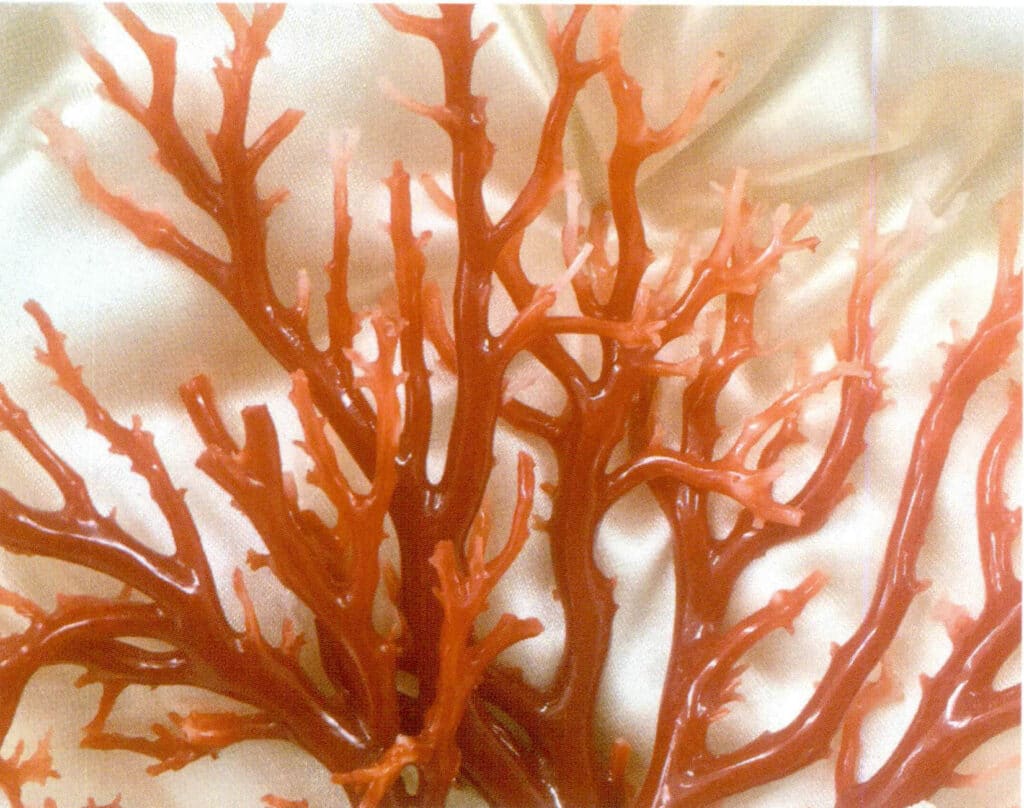
Figure 3-3-1 Dendritic Red Coral
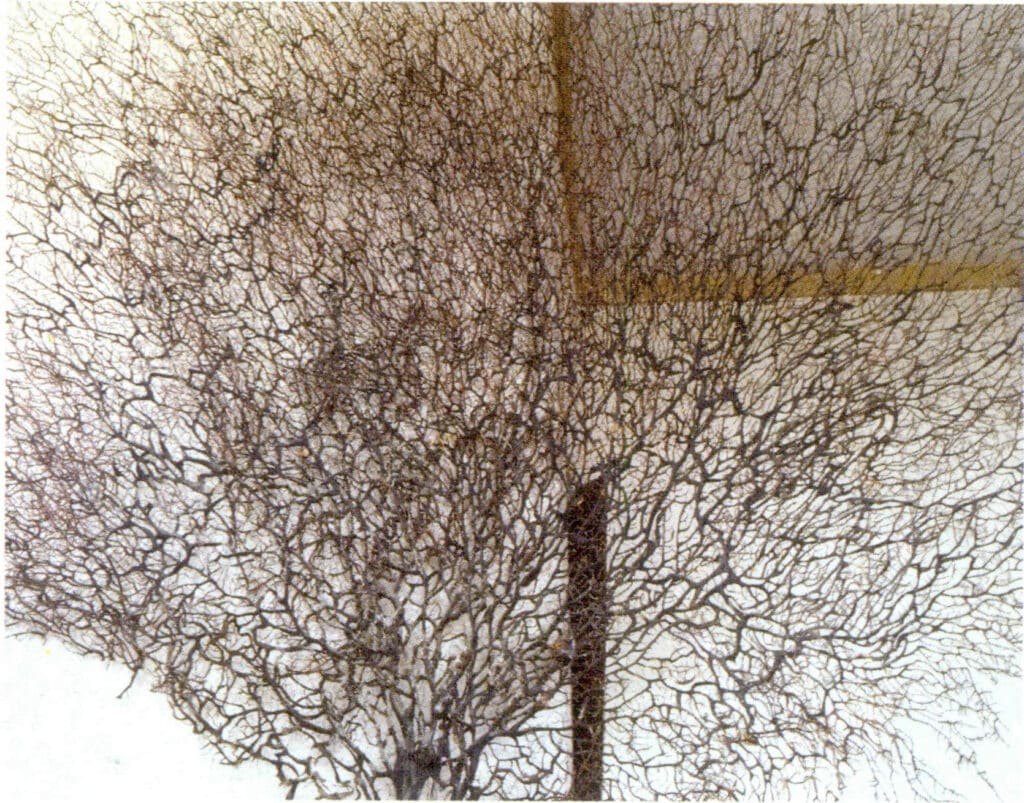
Figure 3-3-2 Dendritic Black Coral
The surface and interior of Corals may have pores, nodules, protrusions, etc., as seen in Figures 3-3-3 to 3-3-6.
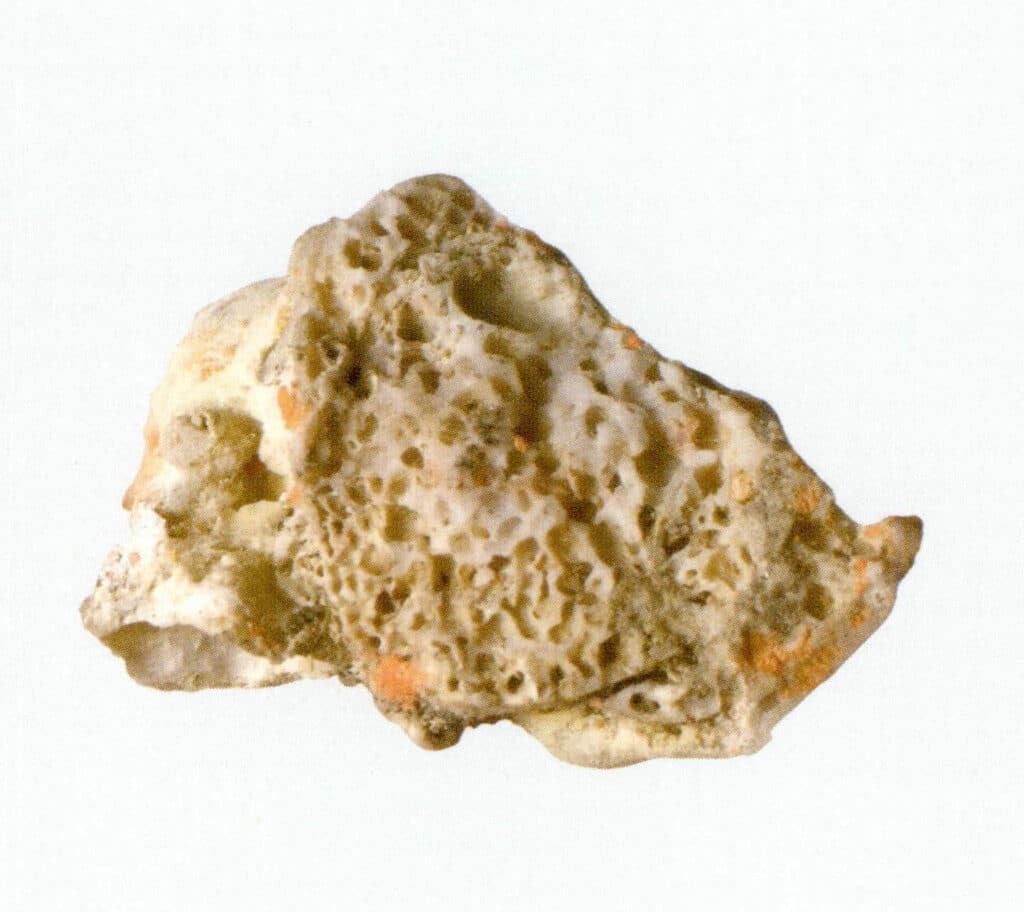
Figure 3-3-3 Holes on the surface of the coral

Figure 3-3-4 Holes on the surface of the coral branches
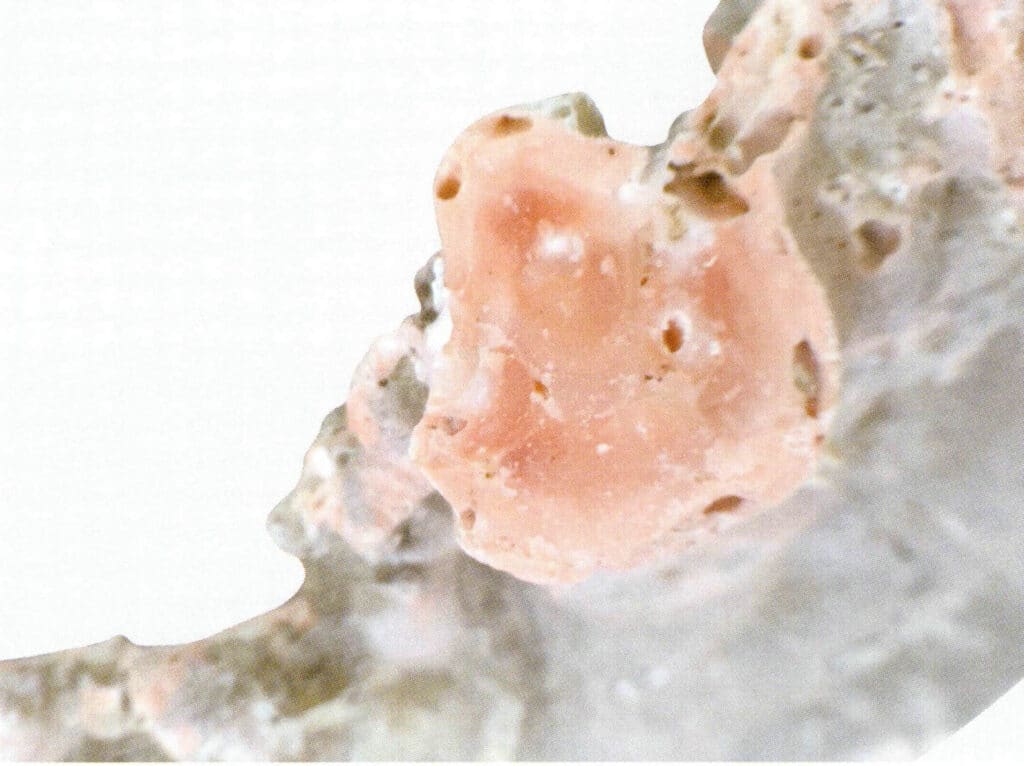
Figure 3-3-5 Cross-section holes of coral branches
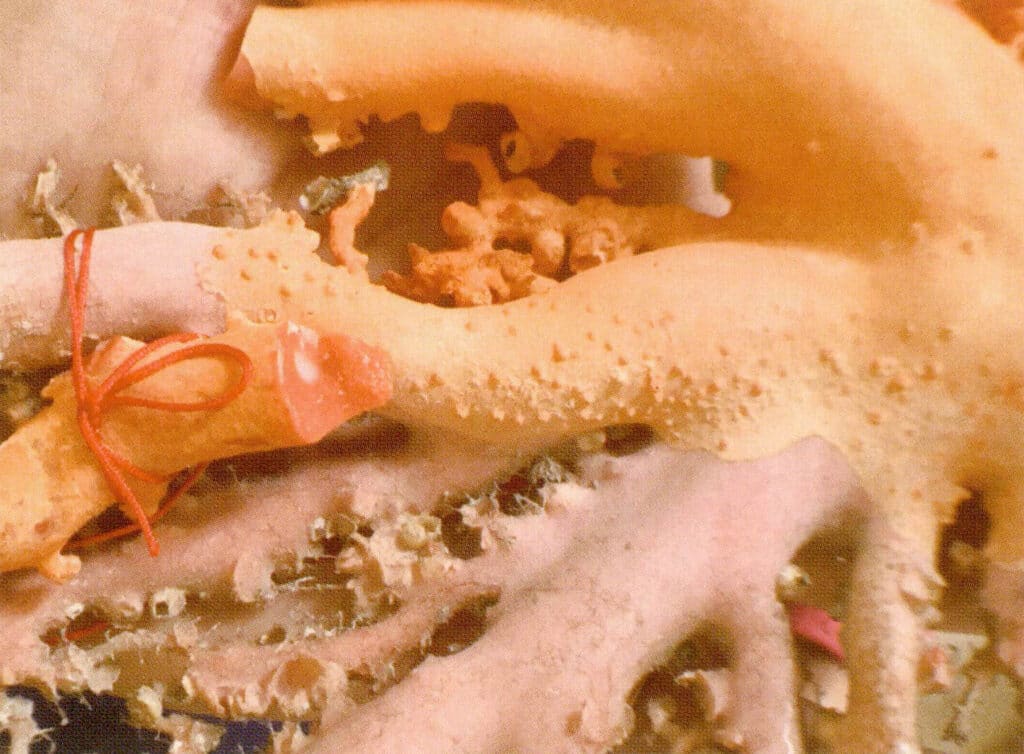
Figure 3-3-6 Protrusions on the surface of coral branches
The branches have parallel longitudinal stripes or are wavy, resulting from the longitudinal tubular channels producing fine ridge-like structures extending along the branches, as seen in Figures 3-3-7 and 3-3-8.

Figure 3-3-7 Wavy parallel lines on the surface of coral branches (1)

Figure 3-3-8 Wavy parallel lines on the surface of coral branches (2)
Concentric and radial patterns can be seen on the cross-section of coral, composed of color rings of varying shades; some red corals also show a white core on their cross-section, as seen in Figures 3-3-9 and 3-3-10
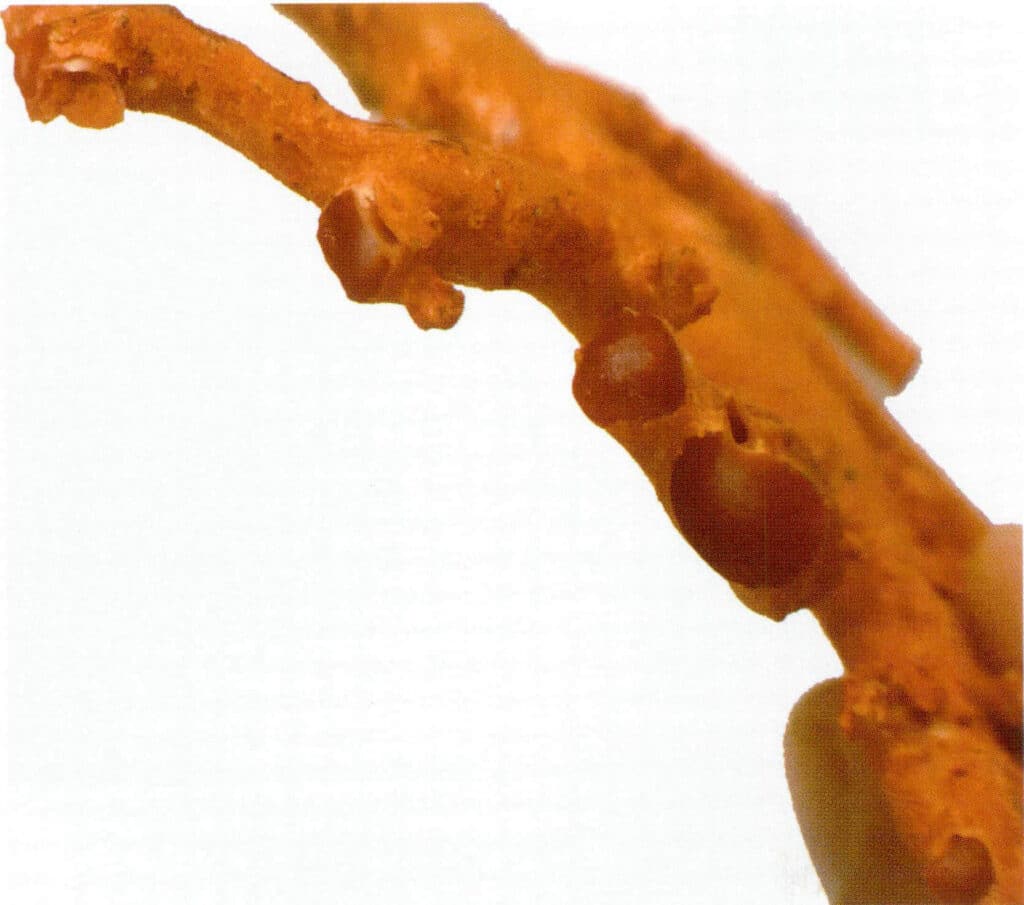
Figure 3-3-9 White core of red coral

Figure 3-3-10 White core and concentric ring structure of the cross-section of red coral
4. Color
Color is the main charm of corals. The common colors of calcareous corals range from light pink to deep red, orange, white, cream, and blue. The color of horn corals is generally from dark brown to golden yellow and black. The colors of corals are shown in Figures 3-3-11 to 3-3-15.
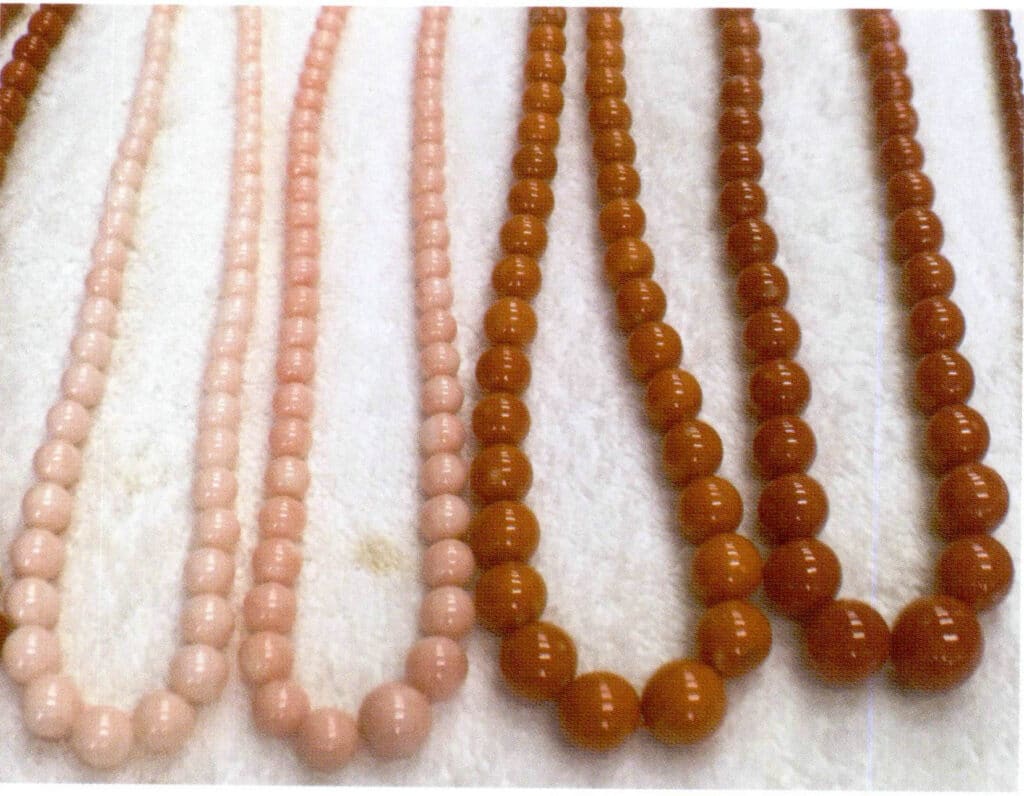
Figure 3-3-11 Red coral
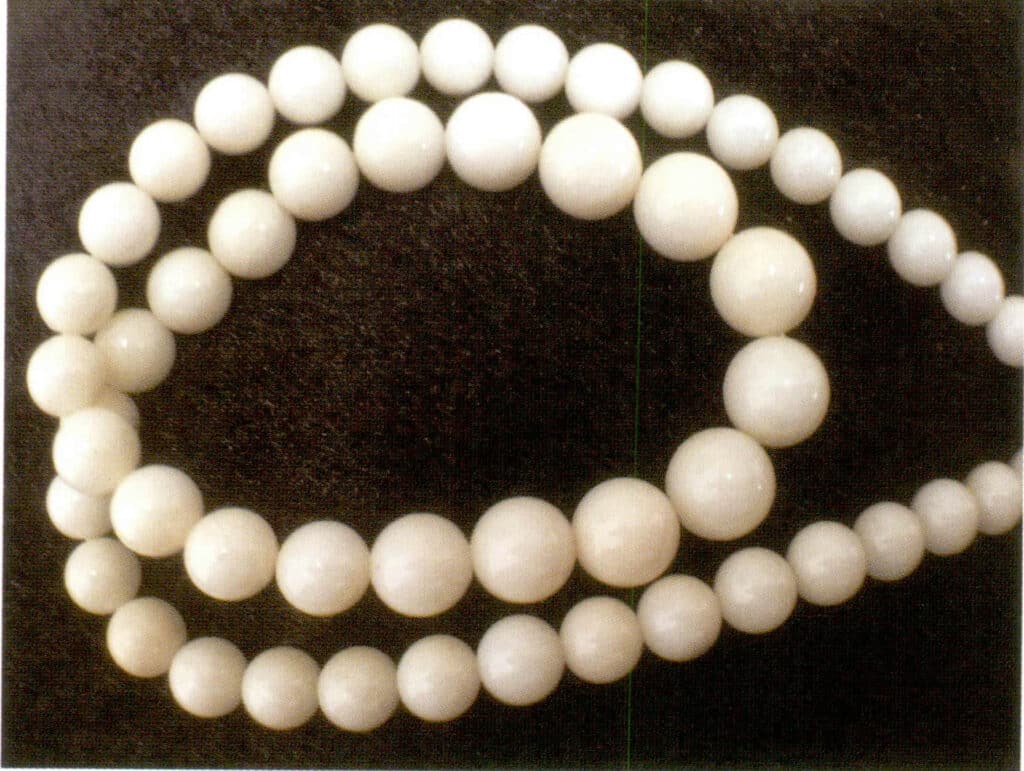
Figure 3-3-12 White Coral
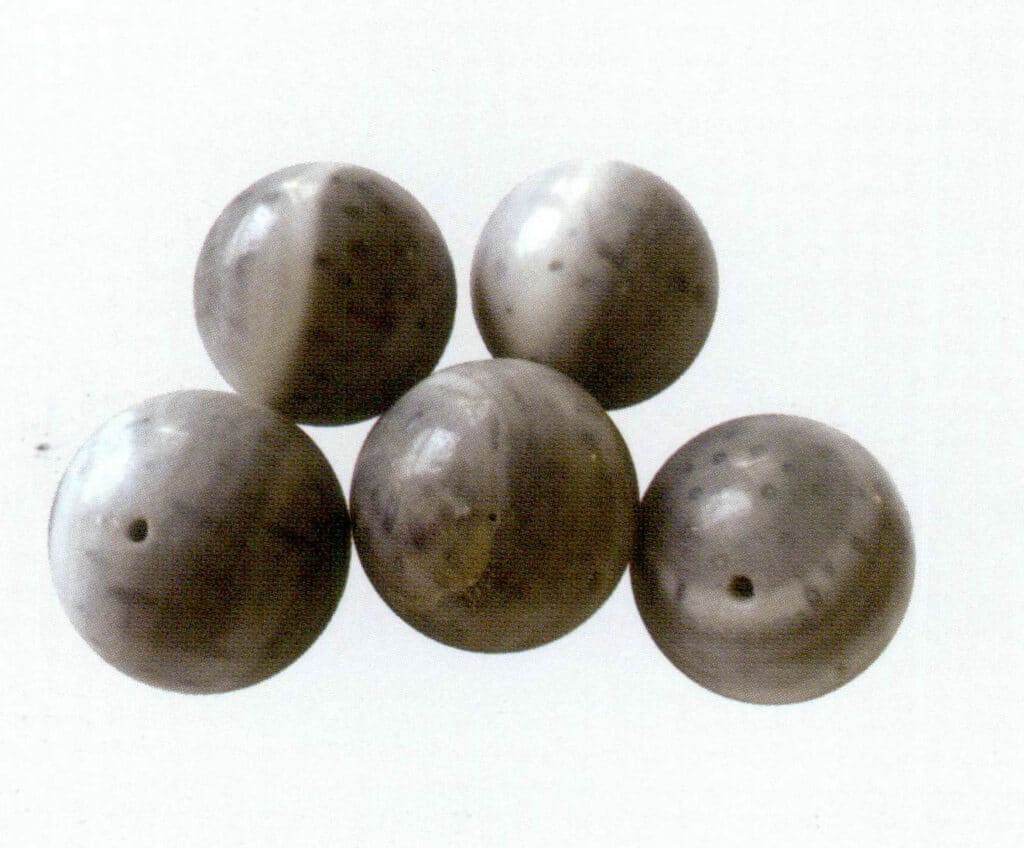
Figure 3-3-13 Blue Coral
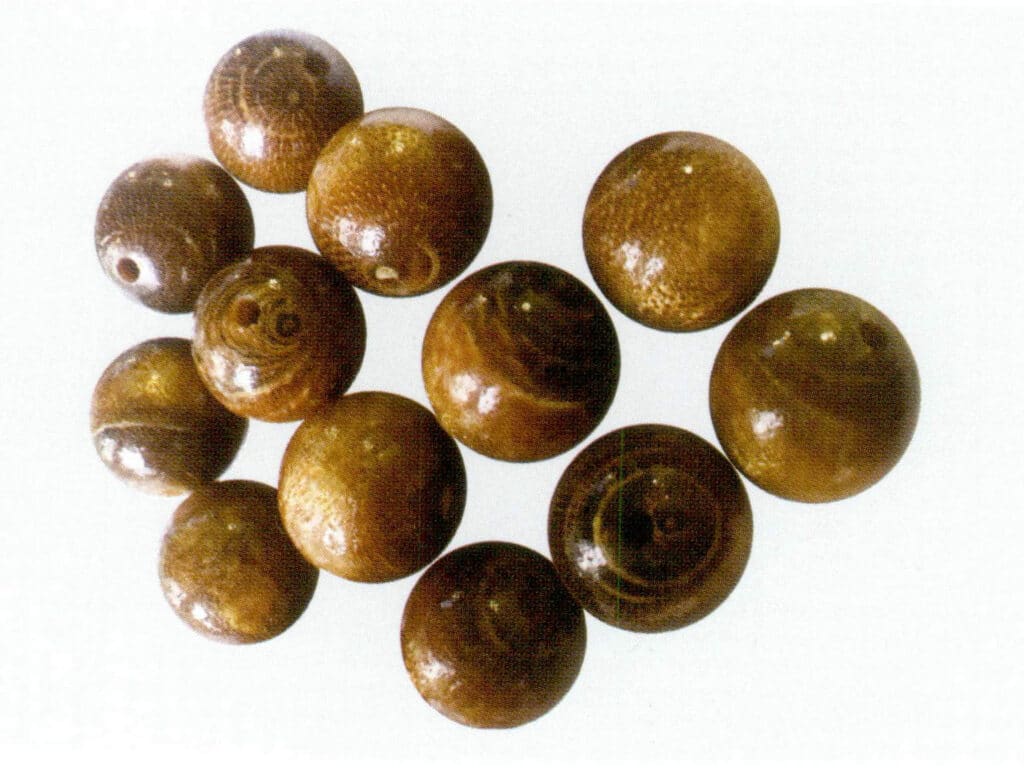
Figure 3-3-14 Golden Coral

Figure 3-3-15 Black Coral
5. Luster and Transparency
The luster of raw coral often appears earthy, see Figure 3-3-16. The luster of finished coral is generally waxy, oily to glassy, see Figures 3-3-17 to 3-3-19. Different species of coral can exhibit different lusters after polishing.
The transparency of coral ranges from opaque to semi-transparent, and different species of coral have varying levels of transparency.
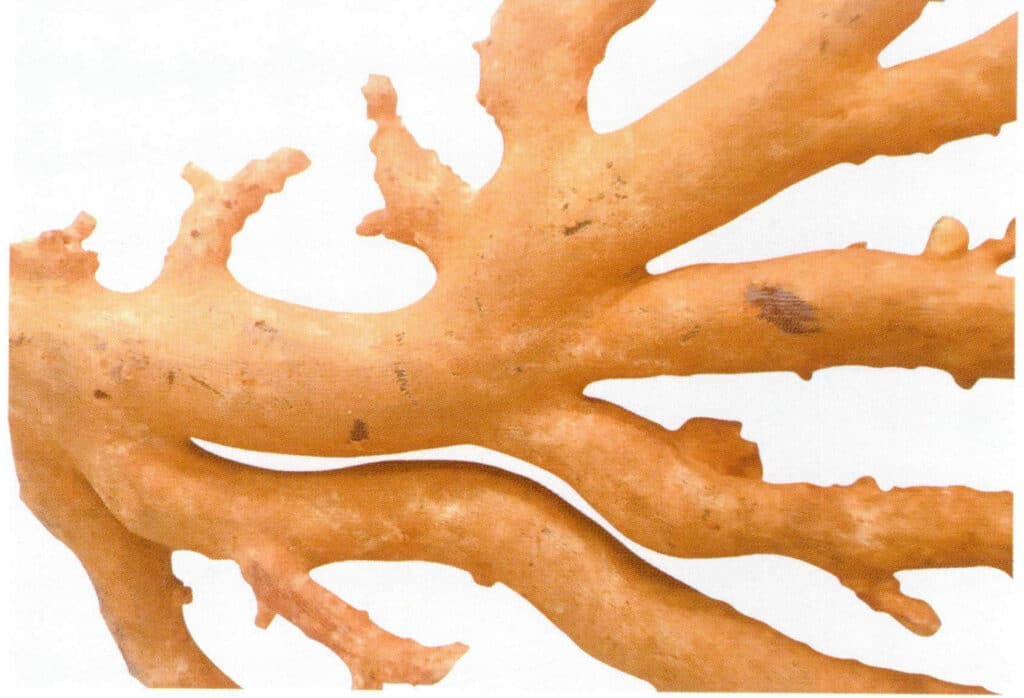
Figure 3-3-16 The earthy luster of unprocessed coral branches.
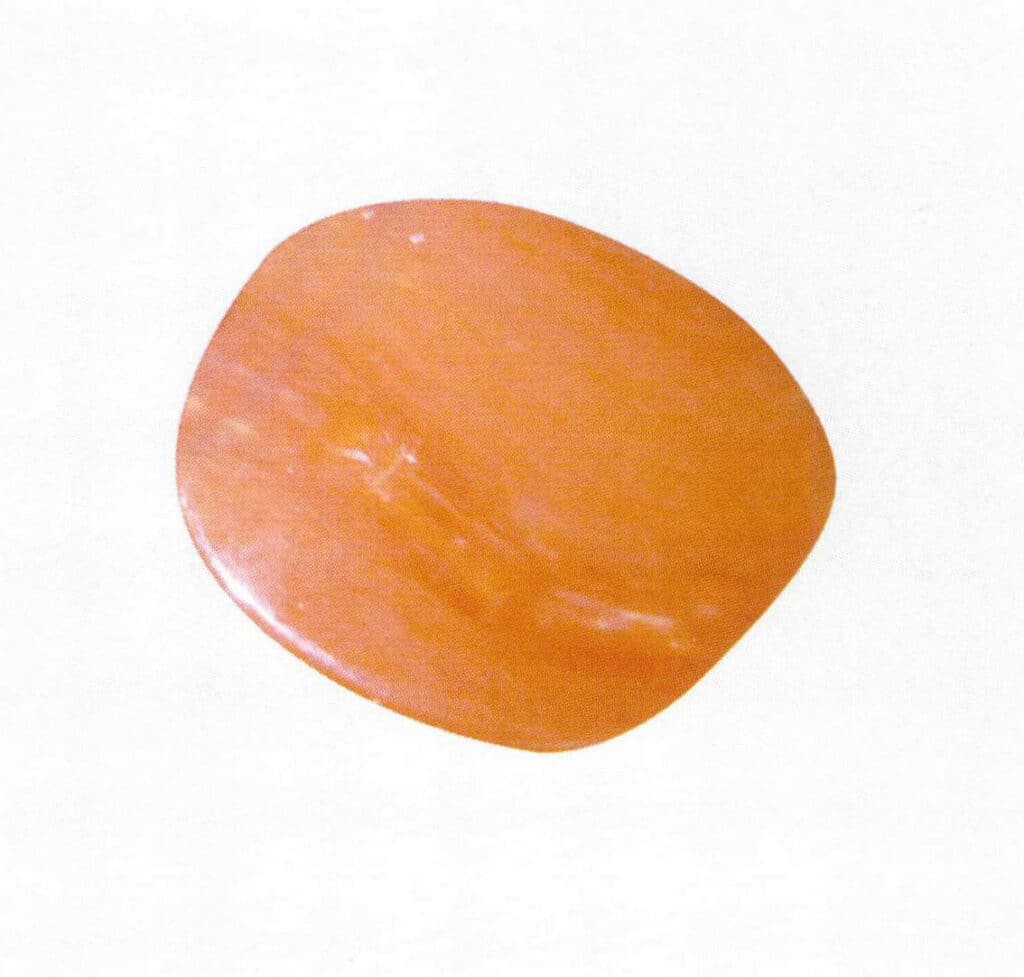
Figure 3-3-17 Finished coral with a waxy luster
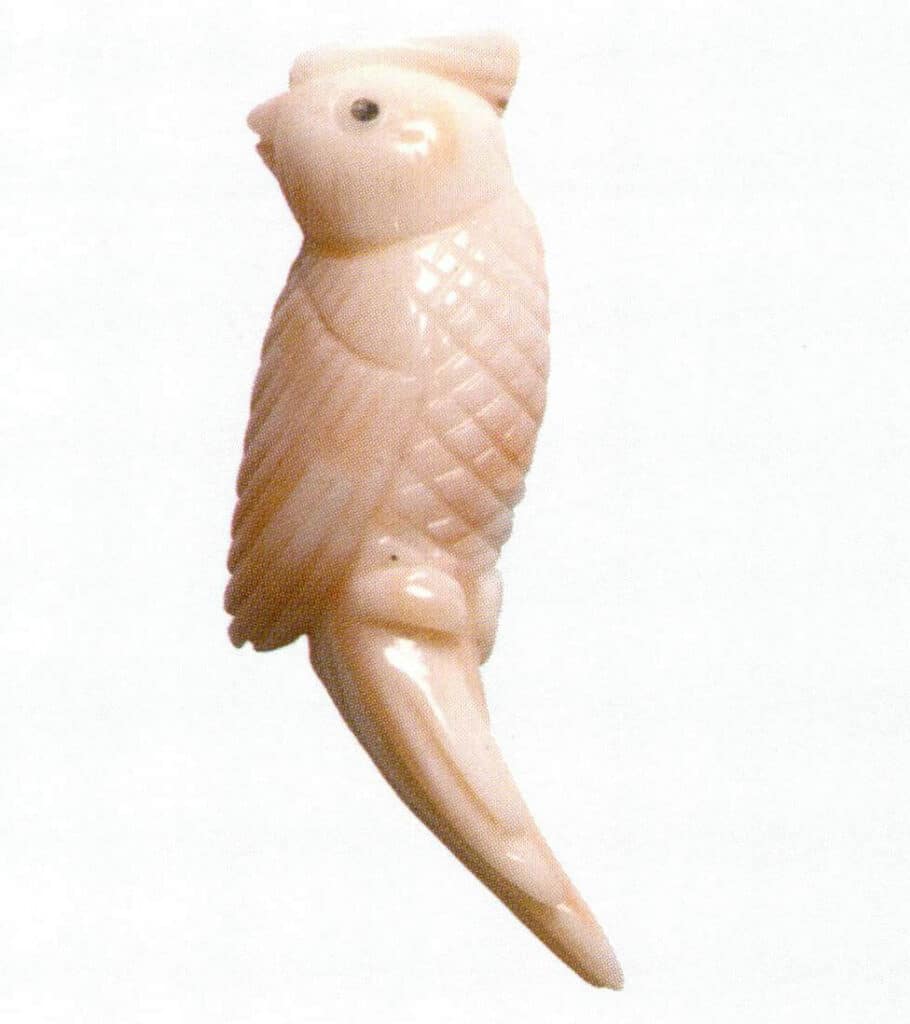
Figure 3-3-18 Finished coral with an oily luster
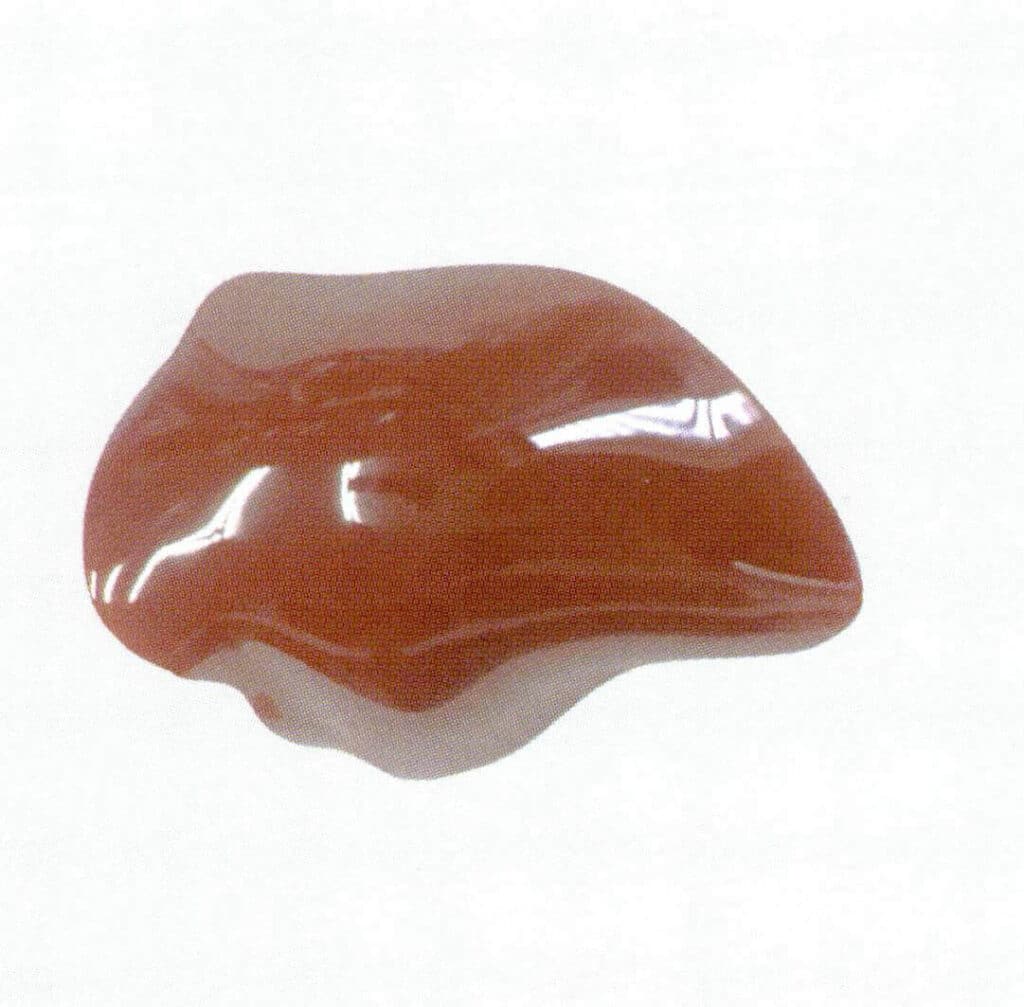
Figure 3-3-19 Finished coral with a glassy luster
6. Ultraviolet Fluorescence Characteristics
Keratinous coral is generally inert under long and short-wave ultraviolet lamps.
Calcium coral exhibits weak to no white, blue-white, or red fluorescence under ultraviolet light.
white coral may be inert or exhibit blue-white fluorescence under long and short waves; light brown to dark brown, red, or Corallium Secundum may be inert or show orange to pink fluorescence under ultraviolet light; some dark red coral may display dark red to purple fluorescence.
7. Density and Mohs Hardness
The density of coral is generally 1.35 ~ 2.65 g/ cm3, and it decreases with increased organic content. The density of massive coral is generally 2.6 ~ 2.7 g/cm3, while the density of horn coral is 1.30 ~ 1.50 g/cm3.
The Mohs hardness is 3 ~ 4.5, and long-term contact with hard objects such as gemstone tweezers can leave scratches, as seen in Figure 3-3-20.
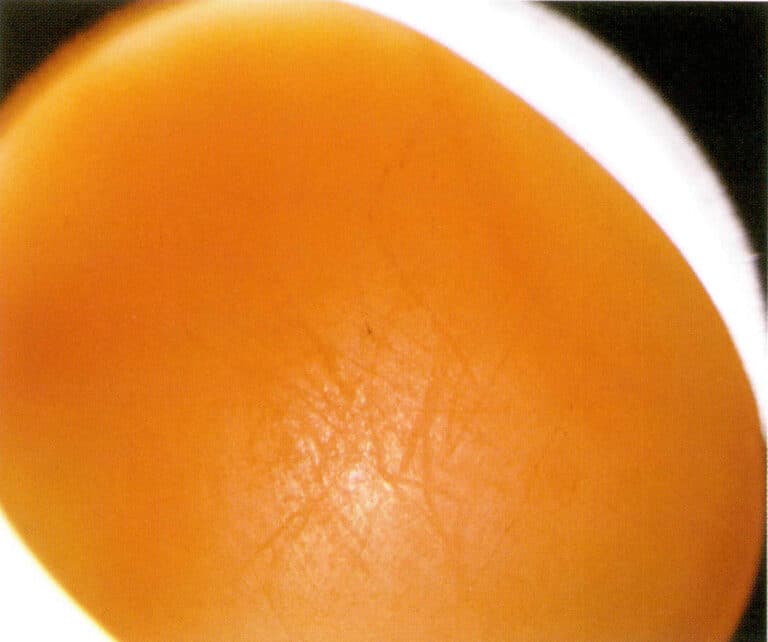
8. Surface Characteristics
The color of calcareous coral can be white, pink, red, and blue, among others. The color may be uneven, appearing in bands or clumps; the surface may have growth defects such as wormholes and pits. Some varieties of horn coral often have cracks. Surface characteristics of coral. See Figure 3-3-21 to Figure 3-3-26.

Figure 3-3-21 Parallel stripes of coral
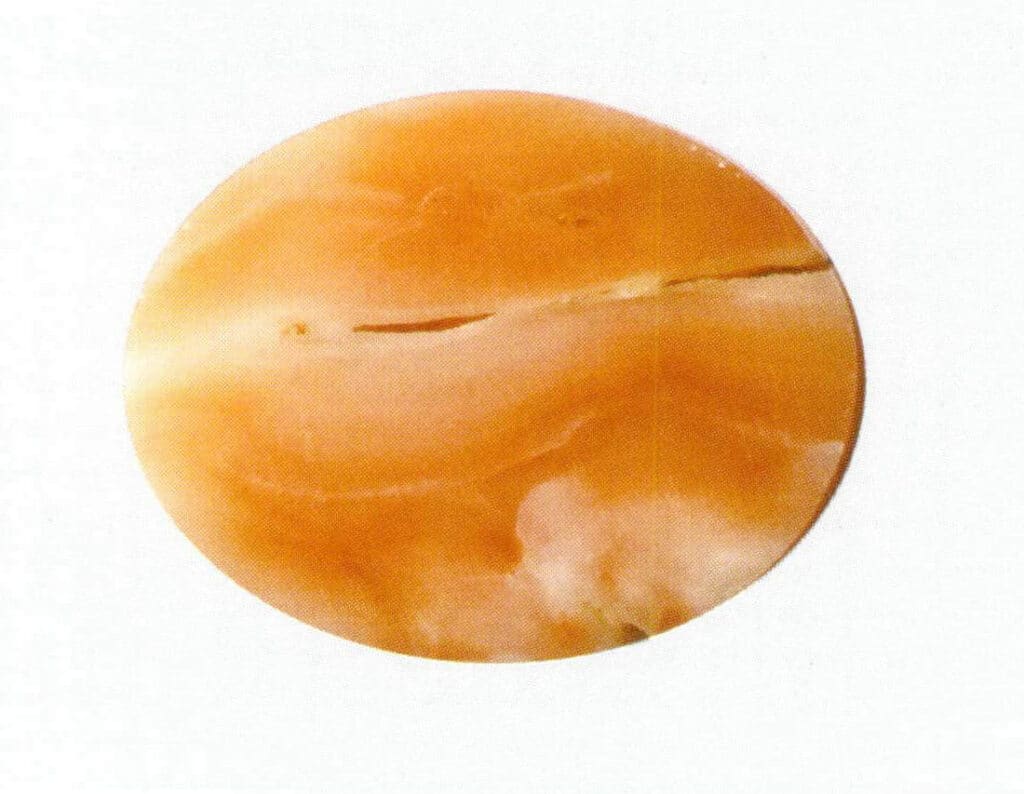
Figure 3-3-22 Color bands and fissures of coral

Figure 3-3-23 Worm holes and parallel stripes on the surface of red coral
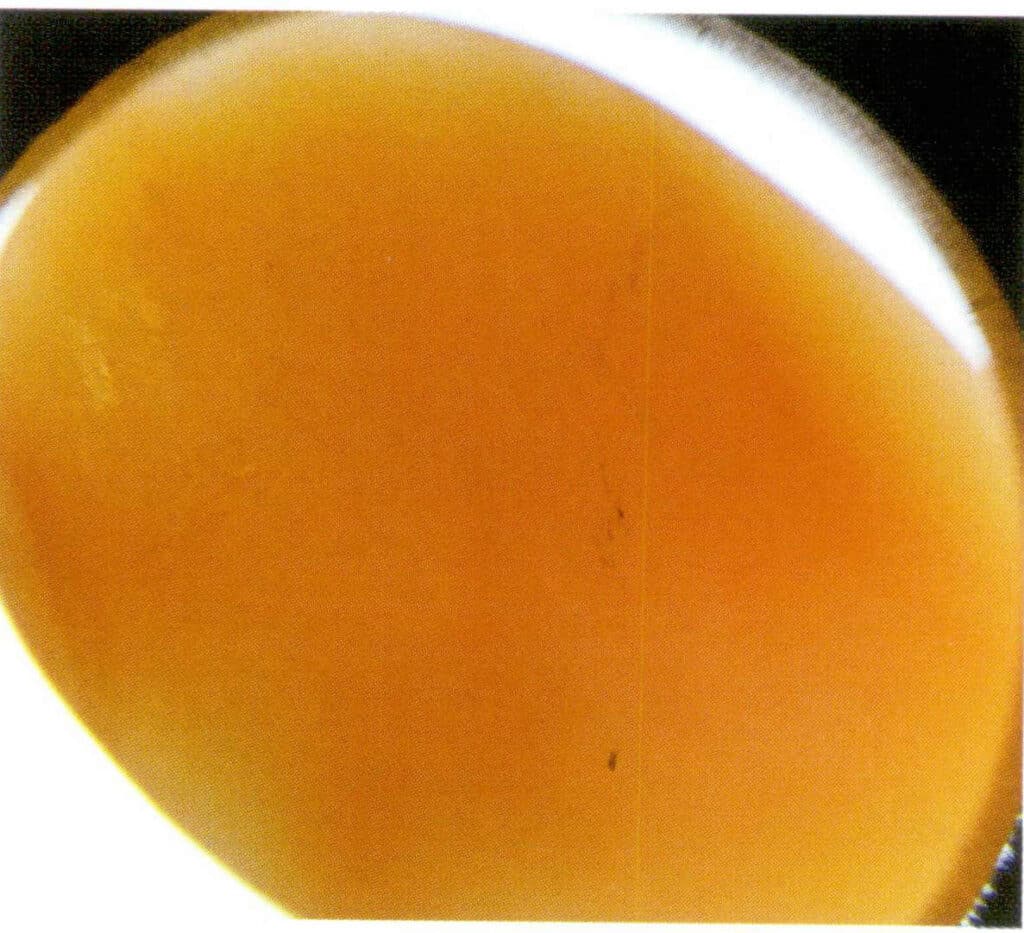
Figure 3-3-24 Uneven color of red coral
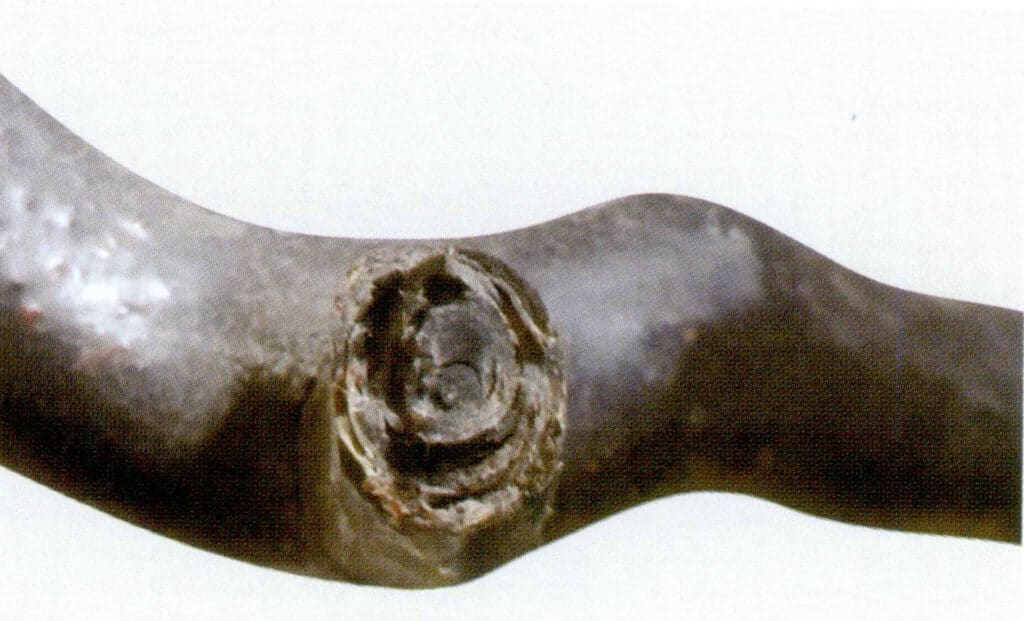
Figure 3-3-25 Concentric rings in the cross-section of the original branch of black coral
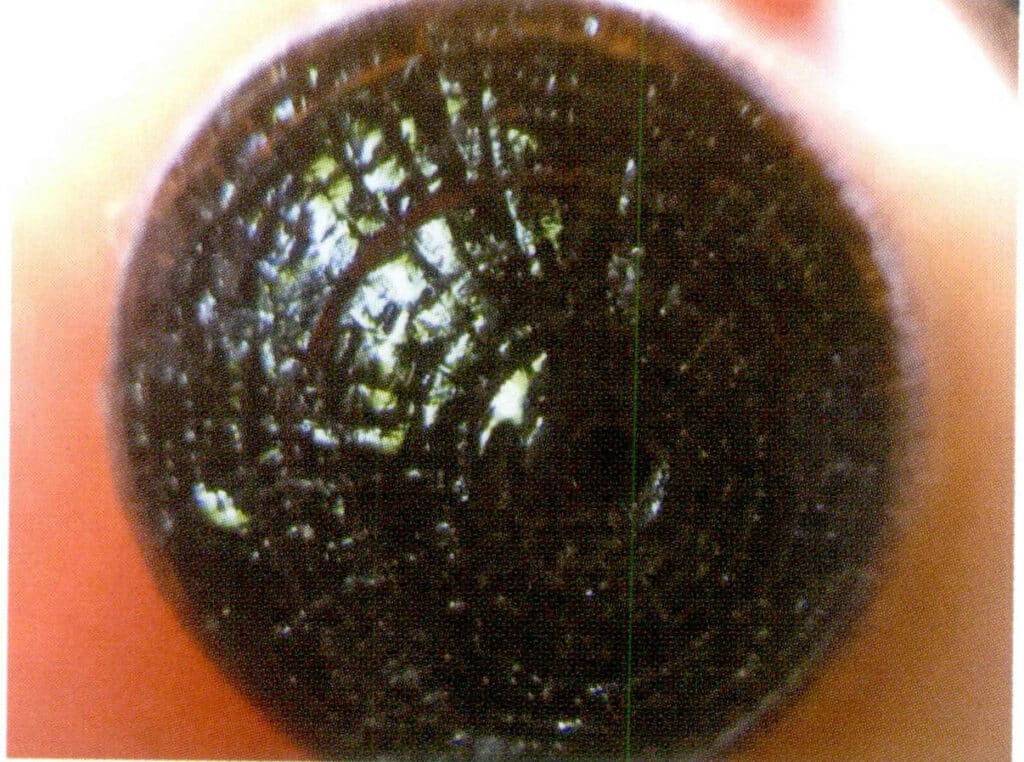
Figure 3-3-26 Spider web-like structure of the cross-section of the finished black coral
The large carved piece shows the bending of branches.
The coral material is branch-like, characterized by fine wavy structures extending longitudinally, with a cross-section of the branch-like body displaying a concentric “spider web” structure.
Upon magnified inspection, the calcareous coral polyp cavities exhibit parallel bands with slight differences in color, transparency, and a wavy structure; small coral polyp holes are visible. The cross-section of the horn coral shows a concentric circular growth structure, similar to tree rings. The golden-yellow coral, in addition to its concentric structure, has a unique small popular appearance.
9. Spectroscopic Characteristics
(1) Raman Spectroscopy
Porous shallow sea bonsai White coral exhibits aragonite characteristics, see figure 3-3-27. 1086 cm-1 is the symmetric stretching vibration of carbonate ions v 1, 702 cm-1 and 705 cm-1are the in-plane bending vibrations of carbonate ions v 4,272 cm-1 、 208 cm-1 、 191 cm-1, 154 cm-1 are the lattice rotation and translational modes of aragonite.
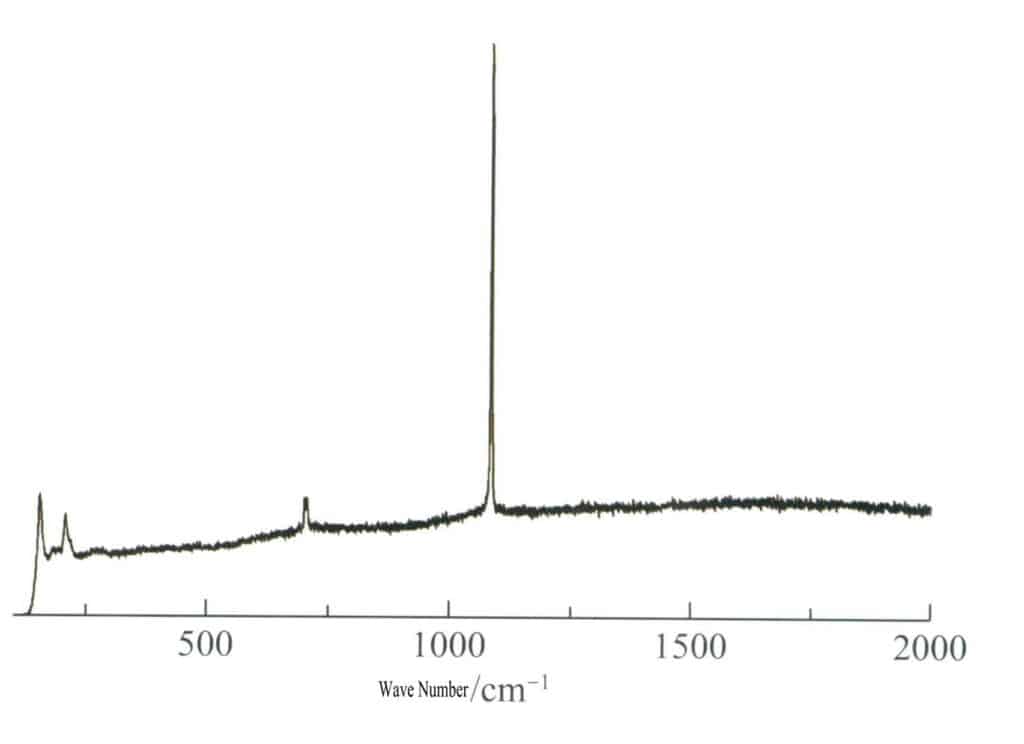
Gem-quality white and red coral exhibit calcite characteristic spectral peaks such as 1085 cm-1, 712 cm-1, 282 cm-1, etc. The Raman spectrum of gem-quality red coral with a white core is the same as that of natural white coral, with no characteristic spectral peaks in the 2000-4000 cm-1 range, see Figure 3-3-28.
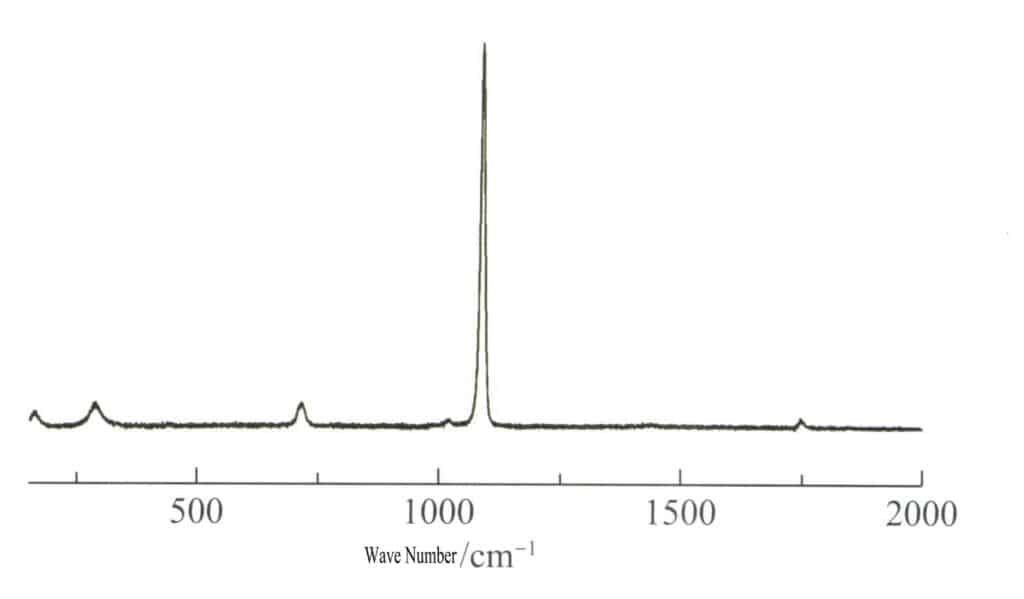
The Raman spectra of deep red, red, pink, and light Corallium Secundum s invariably show a set of relatively stable intensity 1520 cm-1 and 1130 cm-1spectral peaks, 1132 cm-1 belongs to the stretching vibration of C—C single bonds, (v 2), 1527 cm-1 belongs to the stretching vibration of C = C double bonds (v 1); when the intensity of this pair of spectral peaks is larger, a set of weak spectral peaks 1298 cm-1 、 1018 cm-1 also appears. The Raman spectrum of deep red coral is shown in Figure 3-3-29. As the color changes from light to dark, the intensity of the organic Raman spectral peaks changes from weak to strong.
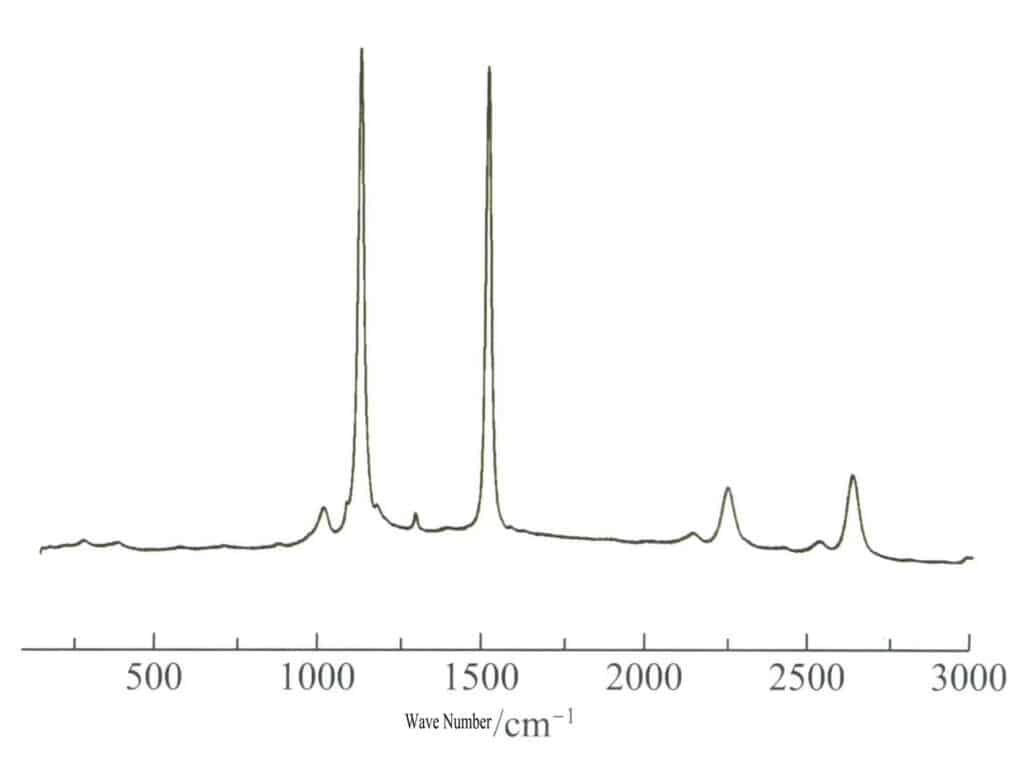
(2) Infrared Spectrum
The coral’s infrared spectrum mainly shows carbonate, organic matter, and water vibrations. The [CO3]2- vibrations around 1082 cm-1 are mainly v1, vibrations around 873 cm-1, vibrations around 1480 cm -1, vibrations around v 3, vibrations around 699cm-1, 708cm-1, or 713cm-1 ; v 4 are the vibrations of organic matter; 1600-3000 cm-1 for organic matter vibration; 3420 cm-1 is the vibration of H-O-H. See figure 1-3-30 to 1-3-32.
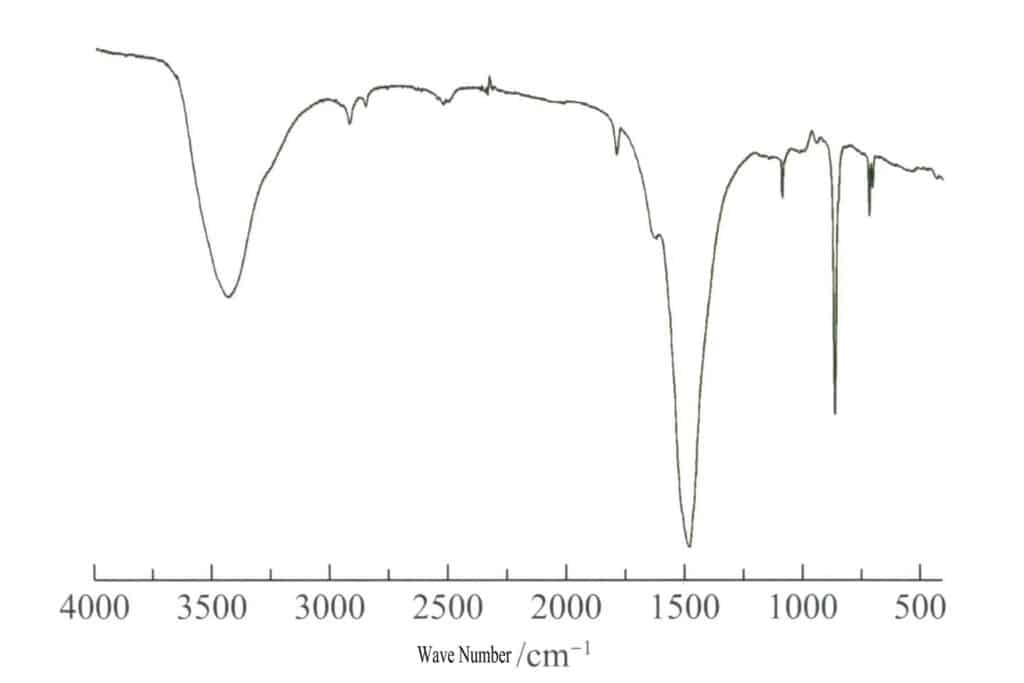
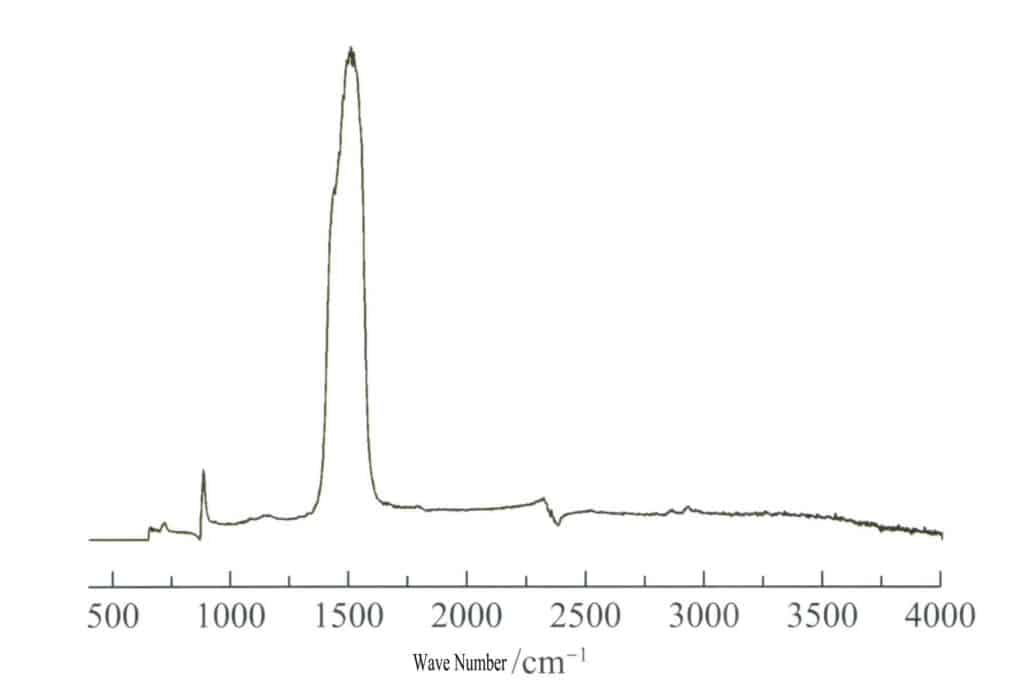
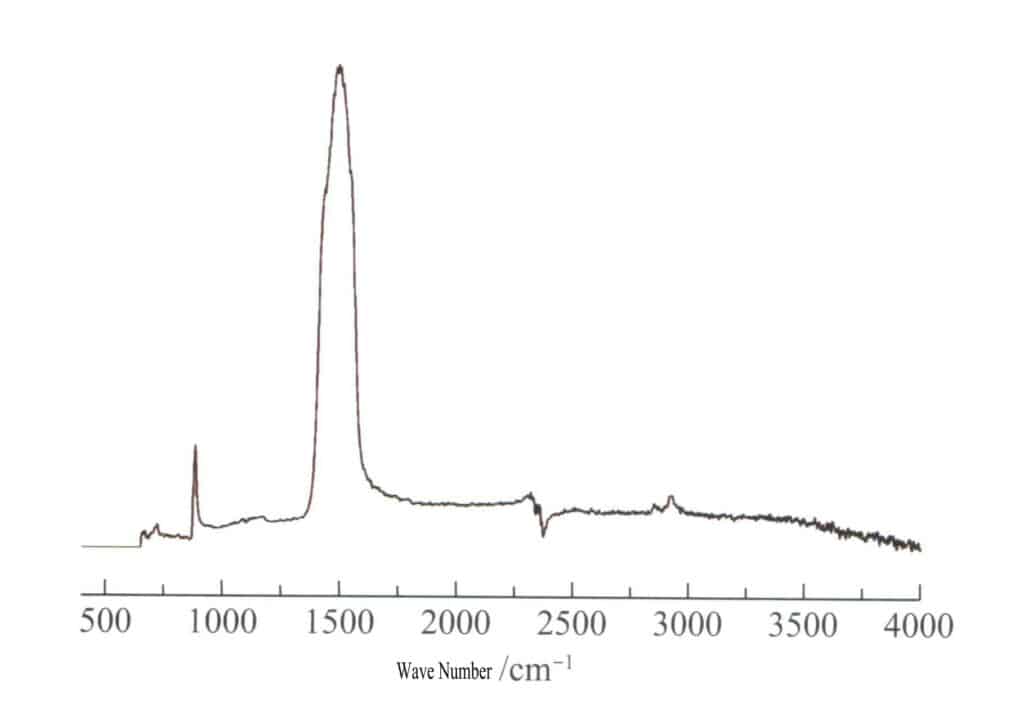
(3) X-ray powder diffraction
Aragonite is the main component of reef-building corals, while the gem-quality branching corals are primarily calcite. Black and gold corals are mainly organic and amorphous components, as shown in Figure 3-3-33.
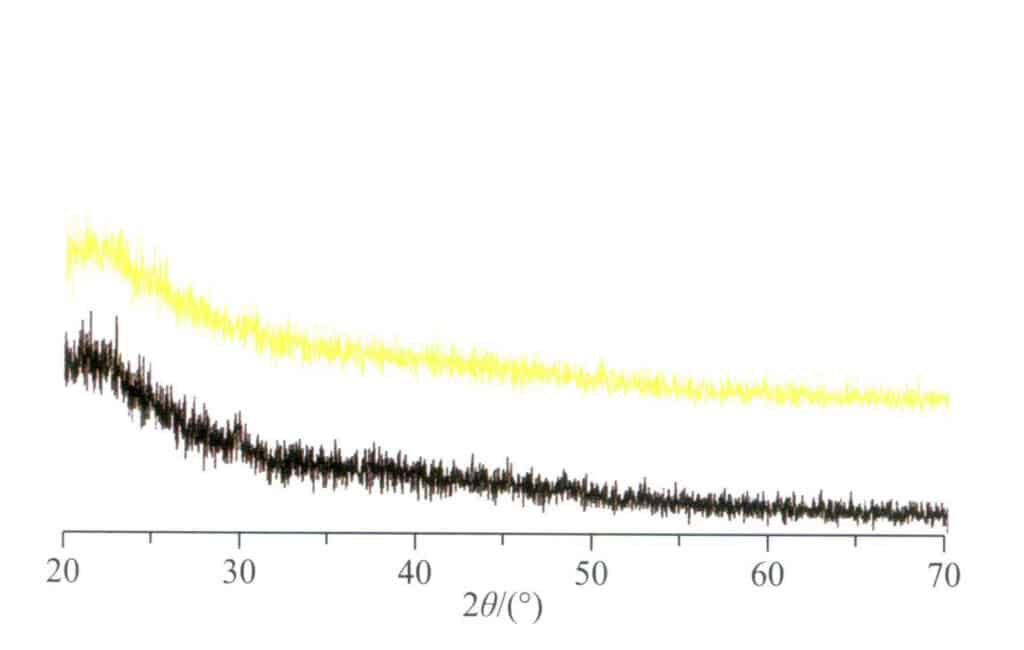
Section IV Classification
People often mistakenly believe that all red corals found in the sea are gem-grade red corals. In fact, from the perspective of gemology and biological classification, according to E.M. Bayer’s classification system, only the skeletal accumulations of animals in the family Coraliidae of the suborder Scleraxonia belong to the category of gem-grade red corals.
There are many types of corals, mainly divided into two categories: precious coral s and reef-building corals. The corals that can be made into gemstones are precious.
1. Different classification methods
There are over 6,100 species of corals, with a wide variety and diverse classification methods.
(1) Reef-building corals and non-reef-building corals
Reef-building corals refer to those that can construct coral reefs, which develop into coral reef platforms that can greatly mitigate the destructive effects of natural disasters such as typhoons and storm surges on coastal ecosystems.
Non-reef-building corals refer to corals that cannot form coral reefs. Non-reef-building corals refer to hexacorals that do not have symbiotic single-celled algae and do not form reef structures. They are solitary, have a wide adaptability, and can survive on the deep sea floor below 5000 m in dark environments, with the most abundant growth occurring at a depth of 500 m and a water temperature of 4.5-10℃.
(2) Shallow-water corals and deep-water corals
Shallow-water corals, also known as reef-building corals, develop into coral reef platforms that can significantly mitigate the destructive effects of natural disasters such as typhoons and storm surges on coastal ecosystems.
Deep-water corals, also known as precious coral s, undergo their fossilization process in the deep sea. The pores of coral gemstones are relatively small, with a higher density and compact structure, making them the main raw materials for various carved artworks and jewelry. Among deep-water corals, red coral is the most precious.
(3) Quadrate corals, hexacorals, and octocorals
Based on the characteristics of mollusks, such as the number of tentacles and septa, as well as skeletal features, corals can be classified into four-rayed corals, six-rayed corals, and eight-rayed corals. In the Paleozoic geological period, four-rayed corals were predominant, six-rayed corals appeared in the Mesozoic period, and eight were more common in the Cenozoic period.
Four-rayed corals have four septa and four tentacles; six-rayed corals have septa and tentacles in six or multiples of six; eight-rayed corals have septa and tentacles in the quantity of eight or multiples of eight.
Common stone corals are six-rayed corals, the main reef-building corals; gray corals, willow corals, and precious coral s are all eight-rayed corals, most of which are non-reef-building corals.
(4) Calcareous corals and horn corals
They can be divided into calcareous and horn corals based on their composition.
Calcium-type coral is mainly composed of calcium carbonate and contains a small amount of organic matter, making it a common gem-grade coral.
Keratin-type coral is mainly composed of organic matter.
(5) Gemological classification of corals
Gem-grade corals can be divided into calcium corals and keratin corals based on composition and into red corals, White coral, blue corals, black corals, and gold corals based on color, as shown in Figure 3-4-1 and Table 3-4-1.
Among them, red coral is the most precious, belonging to deep-sea corals and calcium corals. Red coral can be divided into five categories based on color: deep red coral, peach red coral, Corallium Secundum, pale Corallium Secundum, and White coral .

Table 3-4-1 Gemological Classification of Coral
| Gemological Varieties | ||||
|---|---|---|---|---|
| Calcareous Coral | Keratin Coral | |||
| Red Coral (from Pinkish White coral to Red Coral series): Calcareous coral in pinkish white, light pink to deep red, and orange colors | White coral Coral: White calcareous Coral | Blue Coral: Blue calcareous Coral | Black Coral: Black keratin Coral | Golden Coral : Golden yellow, yellow-brown keratin Coral, mostly derived from bleached Black Coral |
2. Precious coral
Precious coral and is the most commonly used commercial term among coral traders. Among all gem-grade coral varieties, red coral is the most precious; thus, red coral has become synonymous with precious coral in trade.
Some classifications equate red coral completely with precious coral . Since the color of “precious coral” includes white, especially the most important variety, white Akoya coral, the red coral series also includes White coral ; by convention, white Akoya coral, which is valued higher than ordinary White coral, is classified under the red coral series and referred to as “white Akoya coral”; other White coral are categorized as White coral based on color. Some classifications do not include White coral in the red coral series named by color.
White coral does not hold an important position in gem corals in terms of production and value compared to red coral, so whether to include White coral in the red coral category is not a significant gemological issue.
The main varieties of precious coral can be found in Table 3-4-2 and Figure 3-4-2.
Table 3-4-2 Main Varieties of precious coral
| Types | Commercial Aliases | Color | Other Characteristics | Yield | Place of Origin |
|---|---|---|---|---|---|
| Deep Red Coral (Corallium Japonicum) | AKA | Deep red, with a small amount of pink and white | Has a distinct white core glass luster, slightly translucent structure with tightly woven fine patterns | Rare | China Taiwan; Japan |
| Peach red coral (Corallium Elatius) | MOMO | Orange-yellow to brick red, pink to scarlet | Has white core and white spots | Relatively large | China Taiwan, Japan |
| Angel Skin | Light Pink | Very Rare | |||
| Scarlet red coral (Corallium Rebrum) | Sardinia | Orange to reddish- orange, vermilion, bright red, deep red | No white core often has sand eyes | Relatively large | Mediterranean, Sardinia |
| Deep-sea coral (Coralliumsp.) | Deep-sea coral | On a white or pink background, there are deeper red and light pink spots | Has a distinct white core | - | Midway Atoll in the Pacific Ocean |
| Pink coral (Corallium Secundum) | American West Coral (MISU) | Orange-pink to pink, pink | The body is relatively small; may have a white core | - | China Taiwan, Japan, the Philippines, Midway in the Pacific |
| Angel Skin | Light Pink | Very Rare | |||
| White coral (Corallium Konojoi) | - | Milky white | Similar to white ceramic, with a surface that may have scattered sand-like pink hues and spots | - | China Taiwan; Japan |

3. Red Coral
In this book, “red coral” mainly refers to red coral, excluding White coral other than white Alcyonarian corals, including varieties of precious coral in the red series such as AKA coral, MOMO coral, sardine coral, deep-sea coral, and Corallium Secundum .
Gem-quality red coral mainly belongs to the subclass Octocorallia, order Alcyonacea, suborder Scleraxonia, and family Coralliidae. When living, the hydroid body with eight tentacles is white, and the colors of the skeleton can be red, pink, orangeyellow, and white.
(1) Akoya Coral
Akoya Coral, also known as Deep Red Coral or Red Coral, is often written as AKA, a transliteration of the Japanese word aka . The main production areas of Akoya Coral are Japan and China Taiwan, growing in waters about 100-300 m below sea level.
Akoya Coral is the most important and valuable variety among red corals. The color of Akoya Coral is mainly deep red, with high-quality specimens referred to as “ox blood red” or “chili red”; a small amount is pink or white.
The most important identification features of Akoya Coral are:
- It has a glassy luster, generally higher transparency than other coral varieties, a compact and dense structure, and delicate patterns. Coral fishermen and processors vividly refer to these features as “glass-like.”
- (2) Red series Acropora corals generally have a white core. The color near the white core is often uneven. The surface often has wormholes and other cavities. Finished corals often have one flawless side, while the other side often has cracks, holes, and other defects.
- The cross-section shows a spider web-like structure, also known as a radial structure. The longitudinal section shows wavy parallel lines with slight differences in color and transparency, which are generally not easy to observe on the front of finished corals but are easily observed on the back.
Aka corals and their main identification features are shown in Figures 3-4-3 to 3-4-17.

Figure 3-4-3 Dendritic Aka coral proto-branches
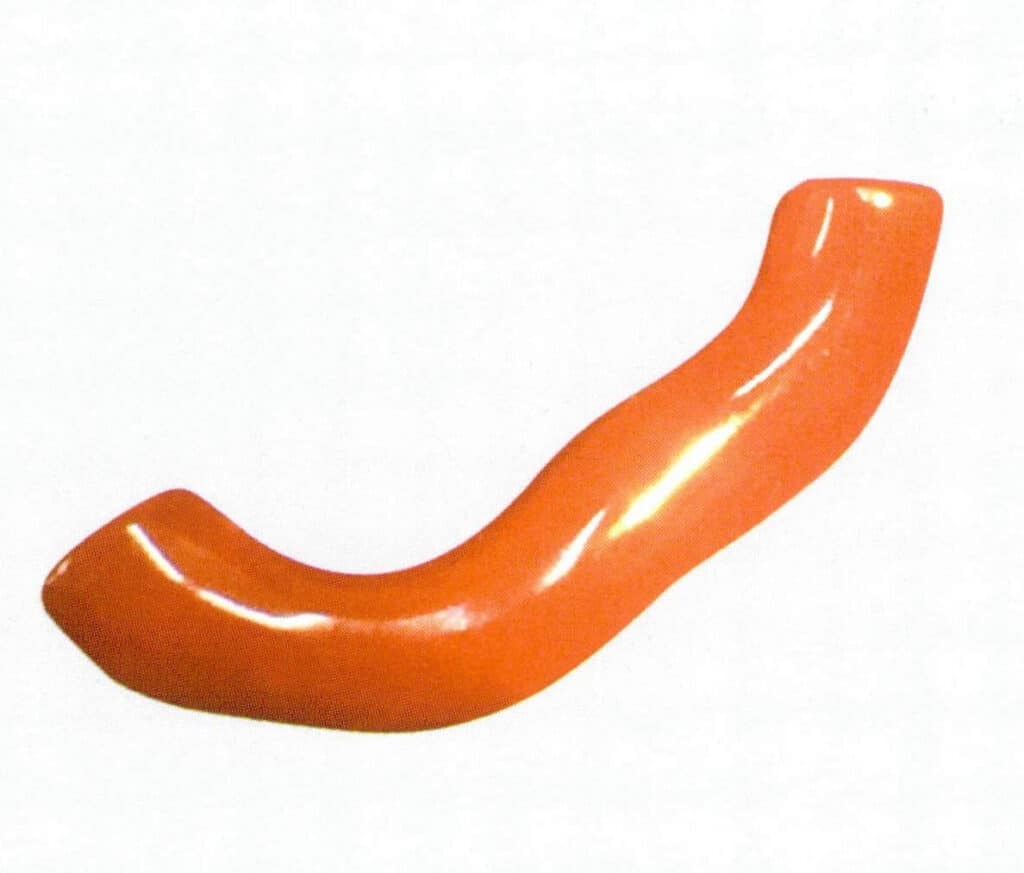
Figure 3-4-4 Fine texture and intense color of Aka coral
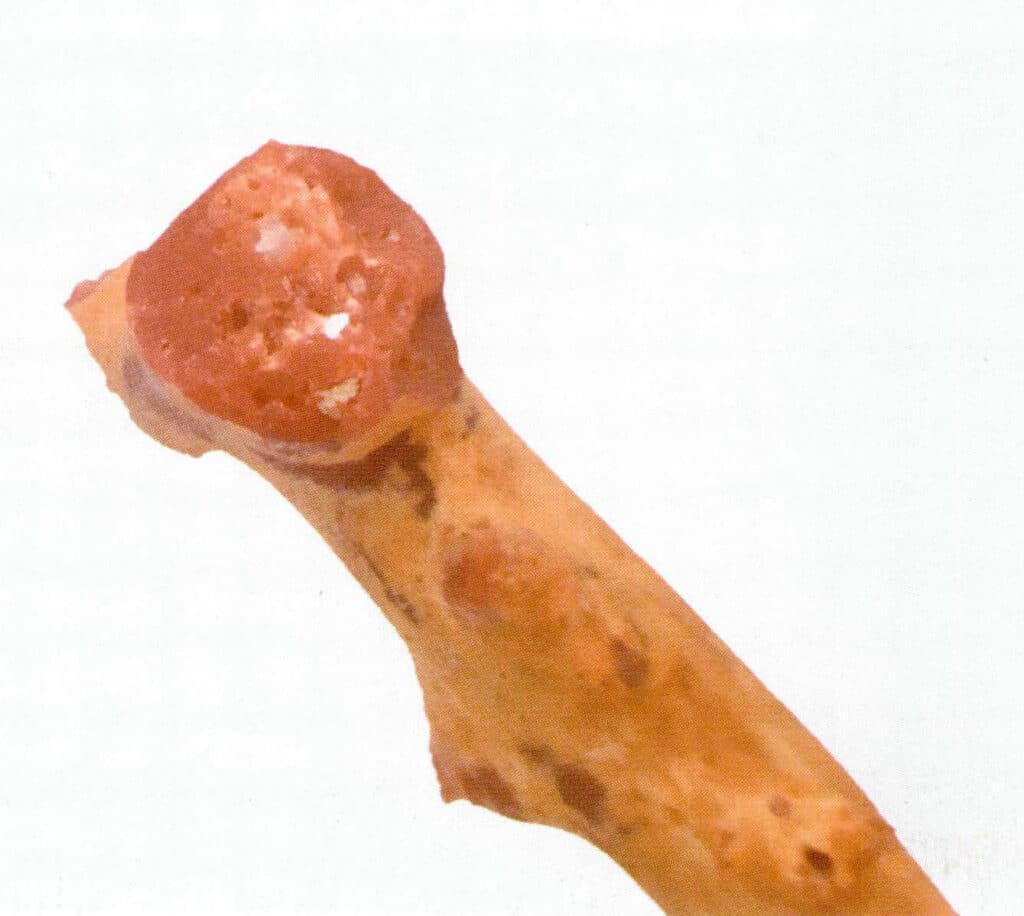
Figure 3-4-5 White cores and holes of Aka coral.

Figure 3-4-6 White Core of Aka Coral

Figure 3-4-7 Spider webbing in cross-section of aka coral (I)
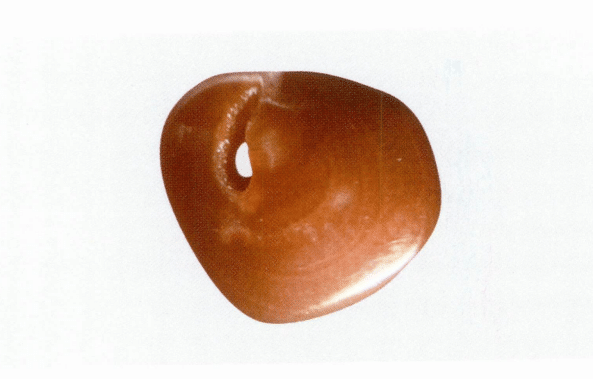
Figure 3-4-8 Spider web-like structure of aka coral cross-section (II)
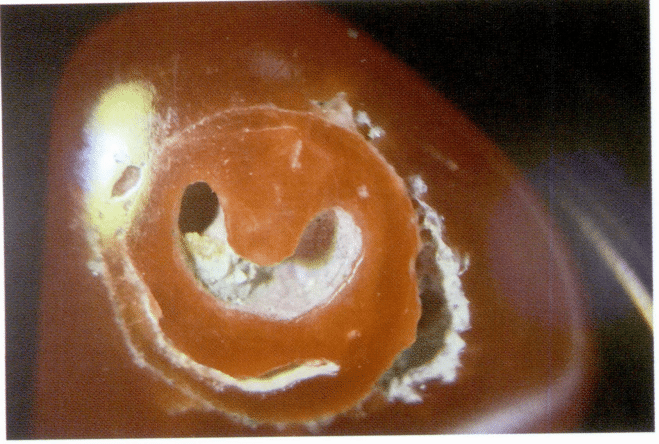
Figure 3-4-9 Circumferential cleavage in a cross-section of aka coral (i)
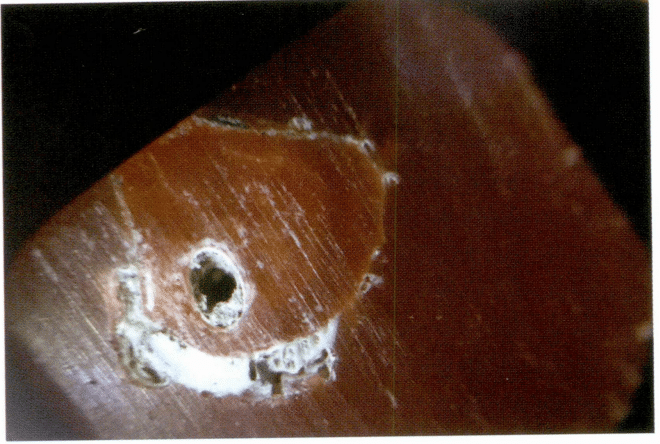
Figure 3-4-10 Annular fissures of the cross-section of AKA Coral (2)

Figure 3-4-11 White core, cracks, and spider web-like structure of the cross-section of AKA Coral
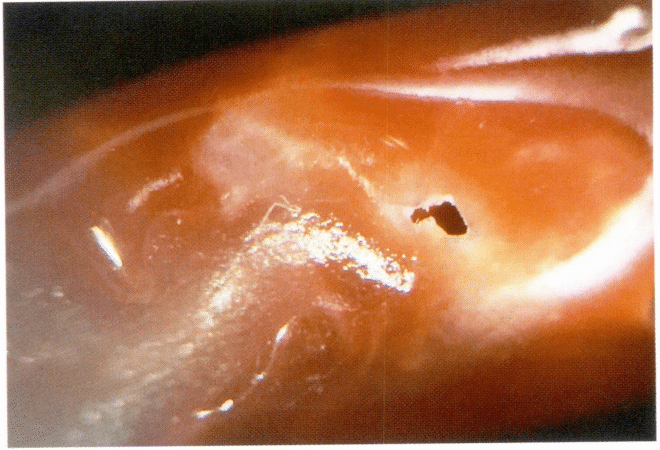
Figure 3-4-12 Holes and uneven color of the longitudinal section of AKA Coral
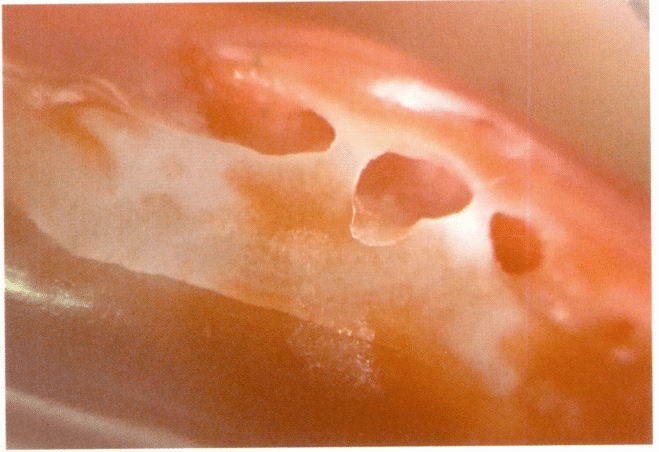
Figure 3-4-13 Holes, fissures, and uneven colors on the surface of AKA Coral (1)
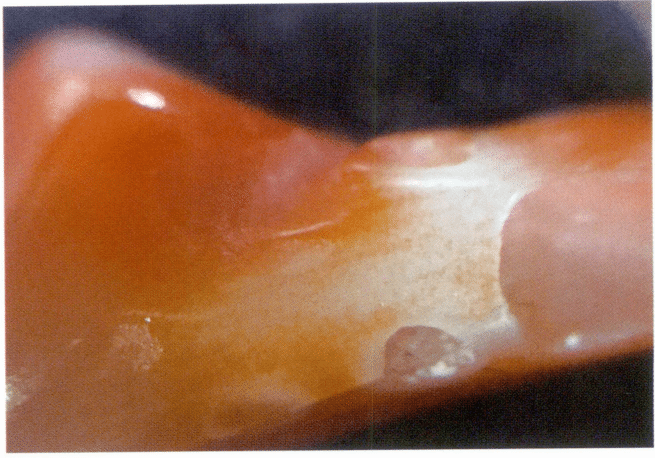
Figure 3-4-14 Holes, fissures, and uneven color on the surface of AKA Coral (2)

Figure 3-4-15 Wavy patterns and fissures of the longitudinal section of AKA Coral
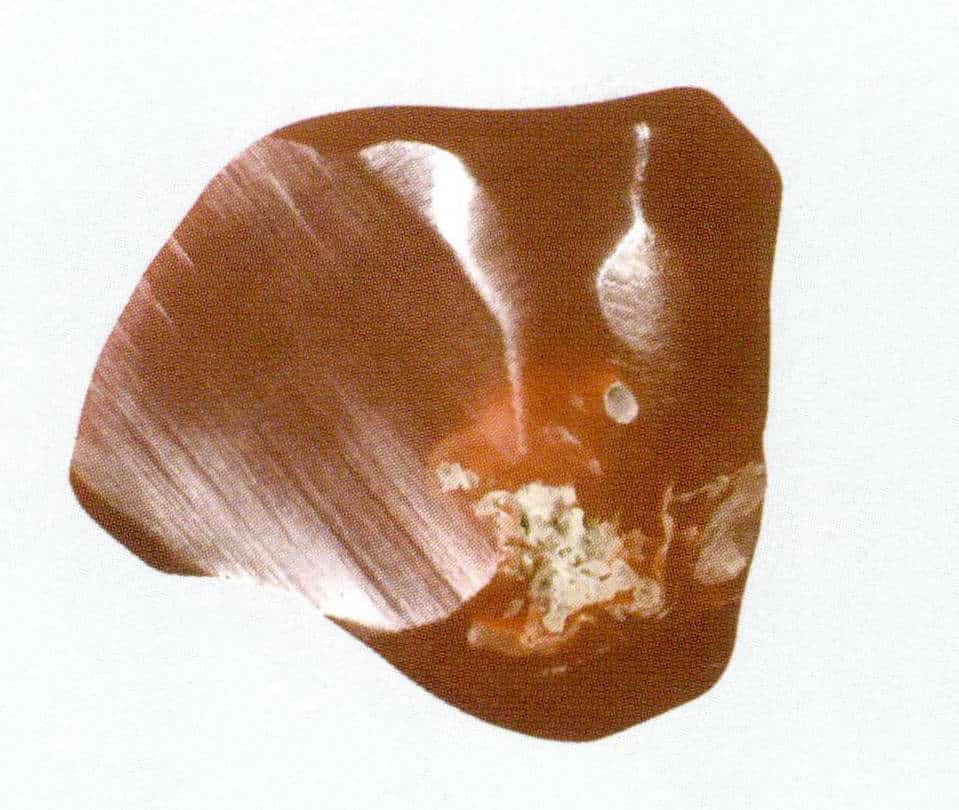
Figure 3-4-16 The back of Akasha coral products often has flaws

(2) MOMO coral
MOMO, usually written as MOMO, comes from the Japanese word for “peach pink,” indicating that the color of this type of coral is often peach pink. The main production areas are Japan and China Taiwan, growing in waters about 100-300 m below sea level.
MOMO coral is mainly peach pink to crimson red, with some orange-yellow to orange-red; in addition, there is pink, and the high-quality ones are referred to as “angel skin” or “angel face.”
The main identification features of MOMO coral are:
- It often has a greasy luster, is opaque or has a transparency significantly lower than that of Akoya coral, has a dense and compact structure, and has more pronounced patterns. Practitioners say that MOMO coral has a “porcelain feel.”
- It generally has a white core, and the red part is relatively uniform.
- The cross-section shows a spider web-like structure, also known as a radial structure. At the same time, the longitudinal section often reveals obvious differences in color and transparency with wavy parallel lines.
MOMO corals and their key identifying features are shown in Figures 3-4-18 to 3-4-23.
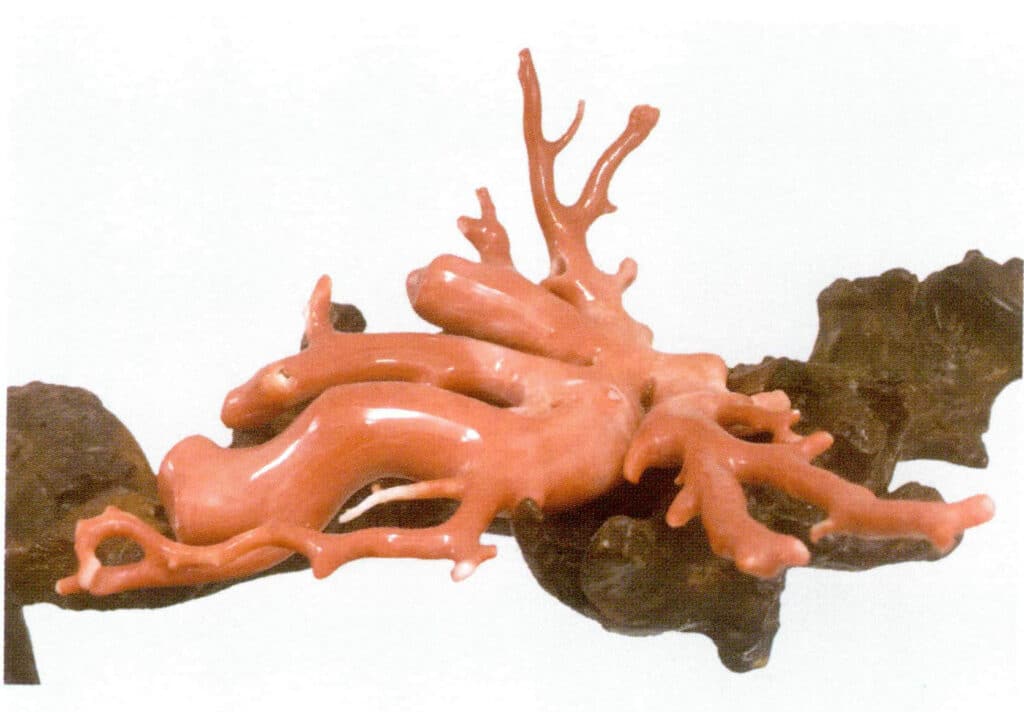
Figure 3-4-18 Polished original branch of red MOMO coral
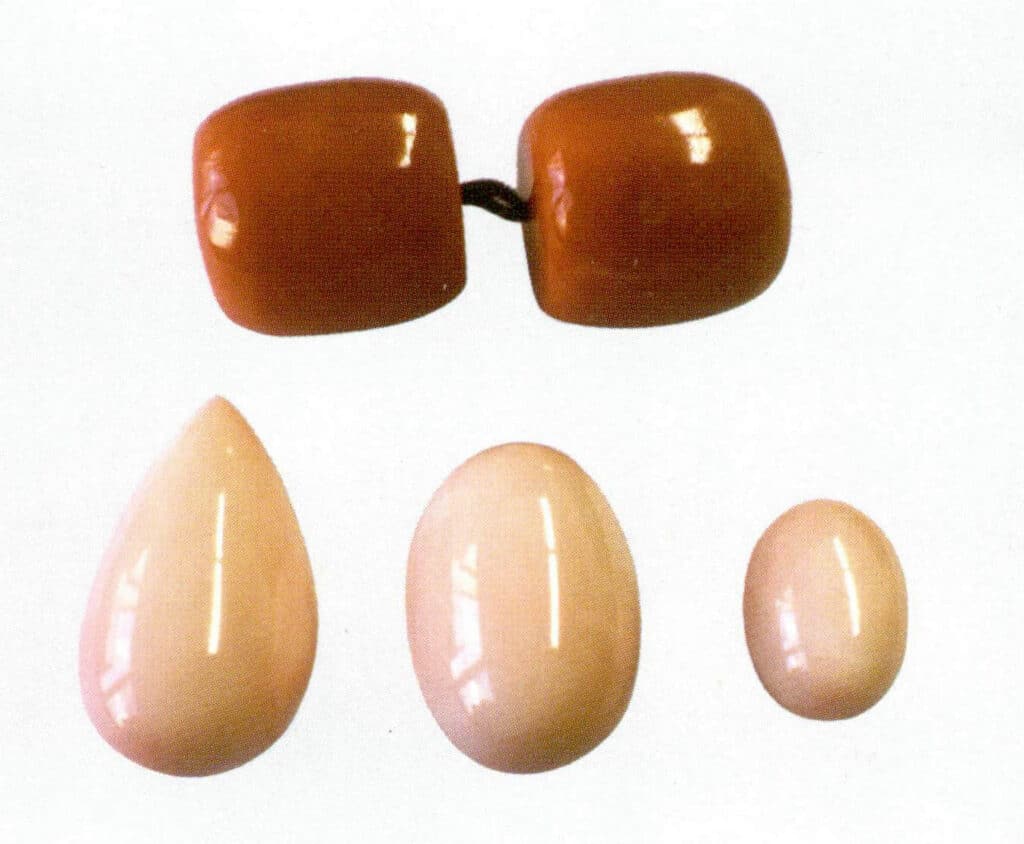
Figure 3-4-19 Red and pink MOMO Coral
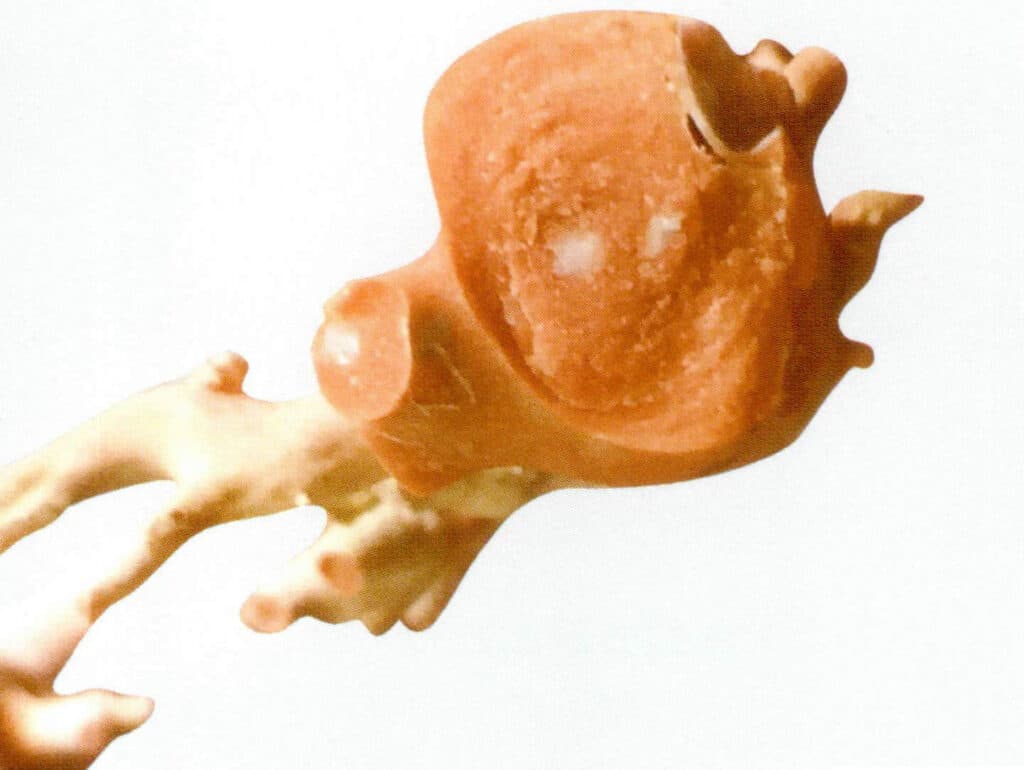
Figure 3-4-20 The white core and concentric ring structure of the orange MOMO Coral cross-section
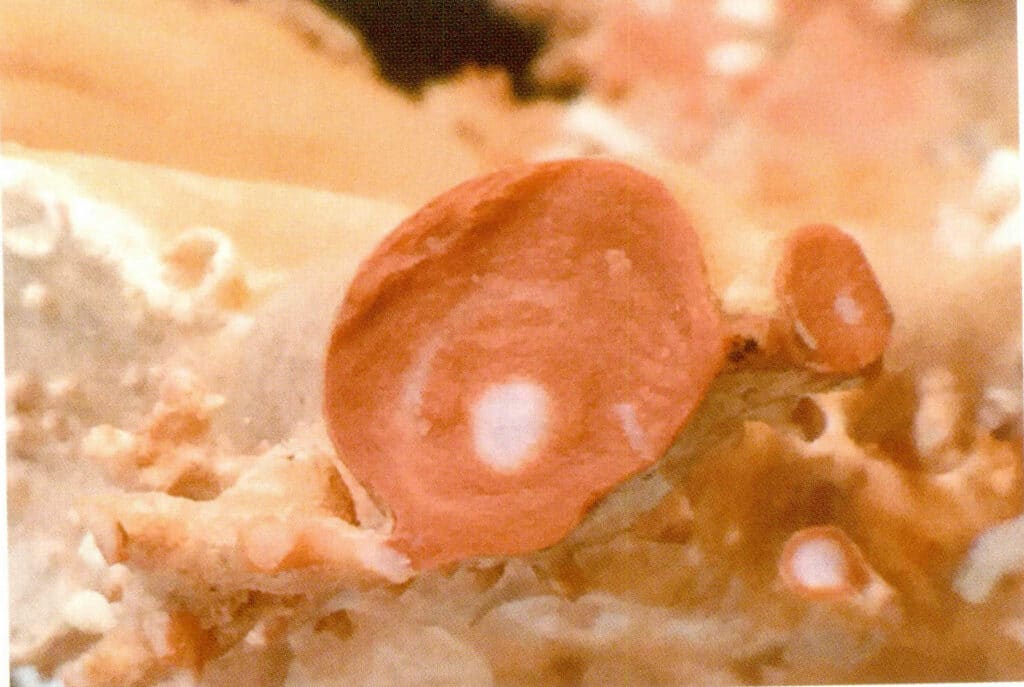
Figure 3-4-21 The white core and concentric ring structure of orange-red MOMO coral cross-section

Figure 3-4-22 The white core and concentric ring structure of red MOMO coral cross-section
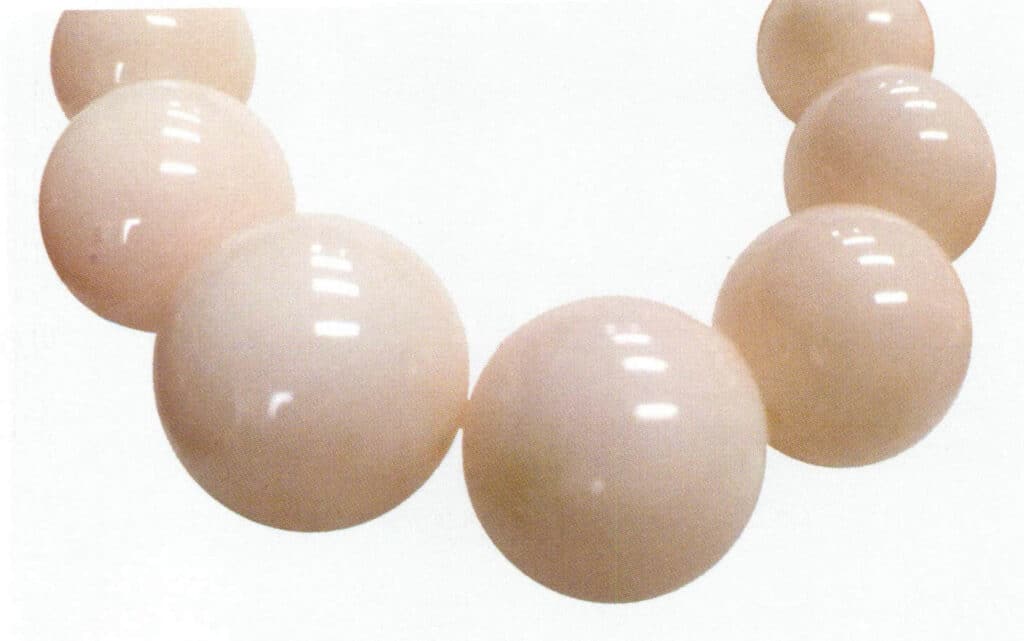
Figure 3-4-23 "Angel Skin" MOMO coral
(3) Sadinia coral
Sardinia coral originally referred to the deep-water red coral growing in the waters near Sardinia, Italy, and now generally refers to deep-water red coral from the Mediterranean. The growth waters of Sardinia coral are shallower than those of Akara and MOMO, at about 70-280 m below sea level; its growth rate is also faster than these two types of coral.
The main identification features of sardine coral are:
- It often has a waxy to oily luster, with colors similar to Akoya and MOMO, transparency similar to MOMO, and distinct wavy parallel lines of varying colors, and transparency can often be seen in the longitudinal section.
- The biggest difference between Akoya and MOMO produced in China Taiwan and Japan is that sardine coral has no white core.
- The surface often has holes commonly known as “sand holes,” fewer than those in Akoya coral.
- Commonly polished into beads used for necklaces or bead strings.
Sardinella and its main identification features are shown in Figures 3-4-24 to 3-4-26.
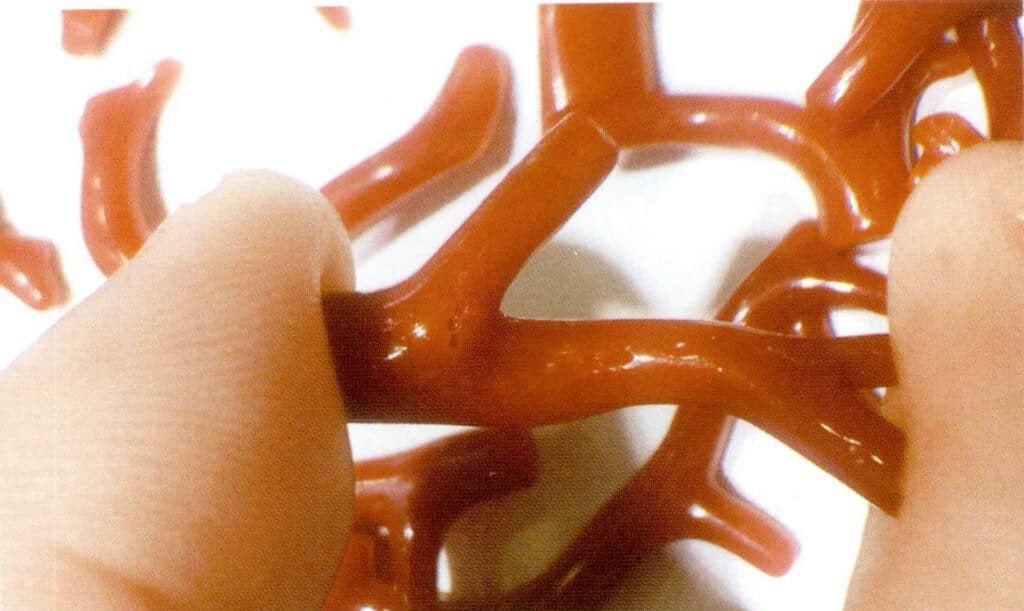
Figure 3-4-24 Red sardine coral original branches and the "sand holes" on the surface

Figure 3-4-25 shows the color and stripes of Sardinella.

Figure 3-4-26 Sardinian corals are often ground into various beads.
(4) Deep-sea coral
Deep-sea coral / Corallium sp. grows in deeper sea areas, specifically in the deep sea waters around 900-1500 m at Midway Atoll in the Pacific Ocean, hence referred to as “deep water” coral.
The main identification features of deep water corals are:
- The body color is white, pink, orange-red, or light red, with darker pink, orange-red, and red patches.
- (2) Often has cracks. The possible reason is that deep water corals are collected from the ocean’s depths, significantly affected by seawater pressure. If the catching process is fast, the external pressure decreases, and internal stress is released quickly, leading to cracks.
The main identifying features of deep-water corals are shown in Figures 3-4-27 and 3-4-28.

Figure 3-4-27 Glassy sheen, cracks and colour spots visible on deep-sea coral branches
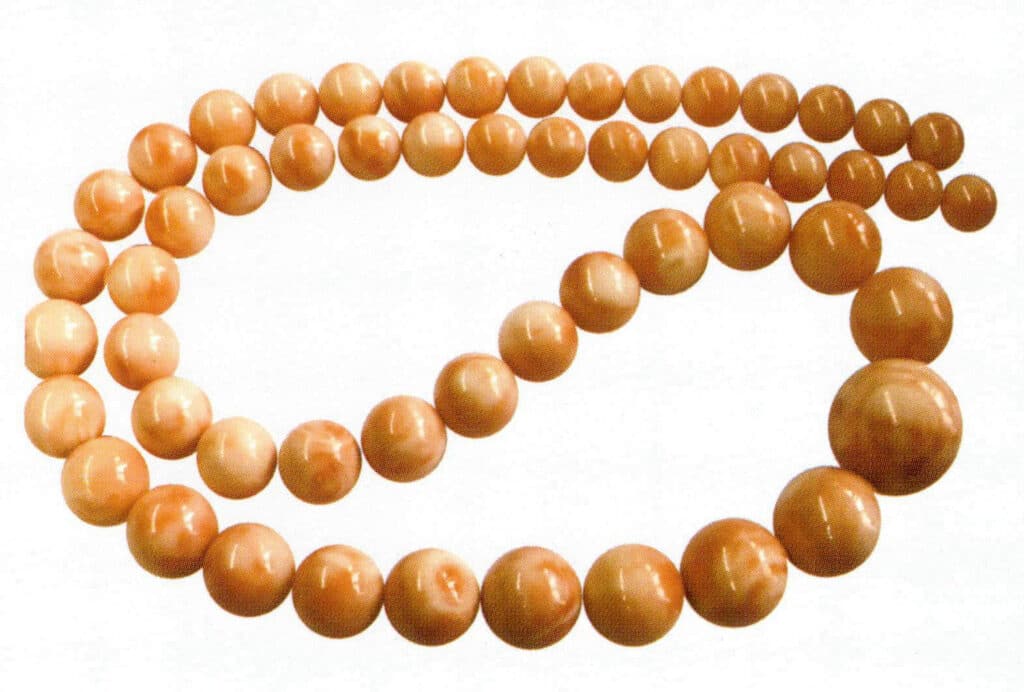
Figure 3-4-28 shows orange deep-water coral color spots.
(5) Corallium Secundum
Corallium Secundum , mainly grows in waters about 300-600 m deep near Midway Atoll, and the original branches are relatively small.
The main identification features of deep-sea corals are:
- Pink may have white cores or concentric color bands, and some may have bright pink to light pink or slightly white concentric bands.
- Light-colored Corallium Secundum s often have dark areas or spots of pink or orange.
- The original branches of corals are generally smaller; one side is relatively smooth, while the other side often has small bumps, coral branches, and other protrusions.
Deep-water corals and their main identifying features are shown in Figures 3-4-29 to 3-4-32.

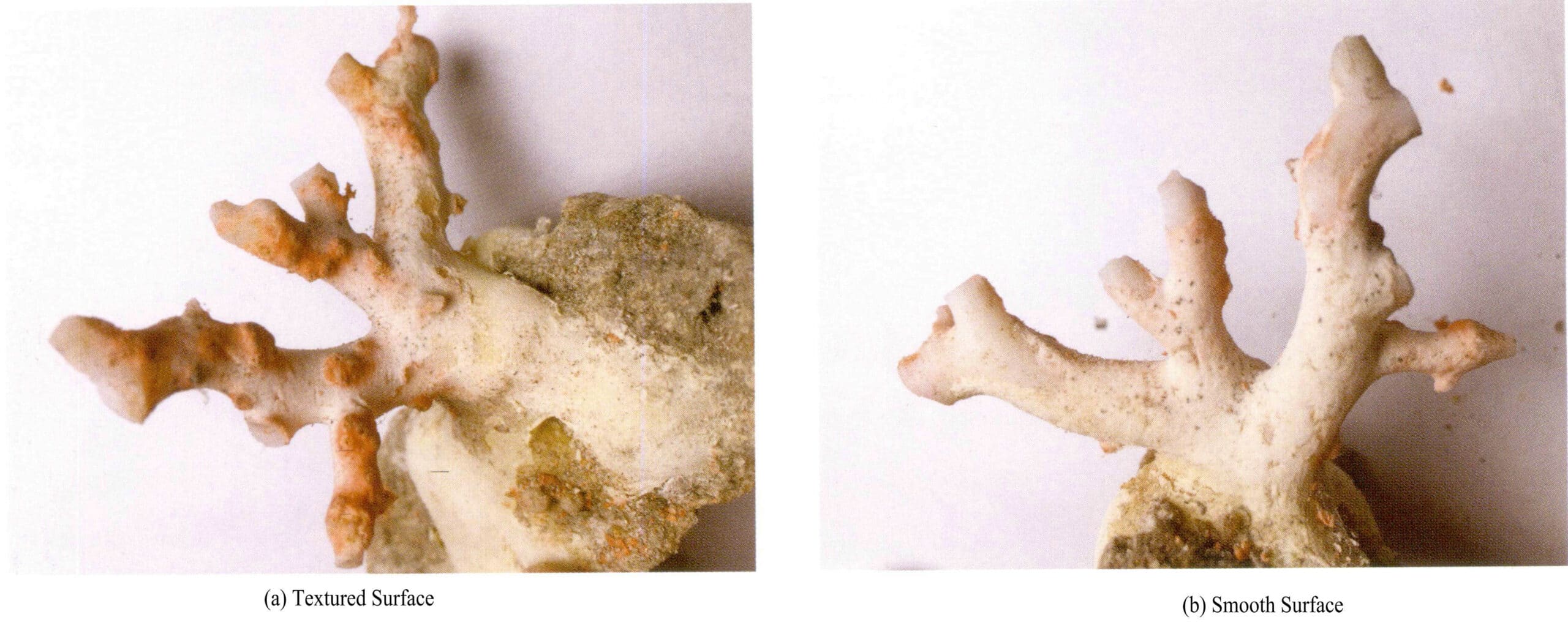
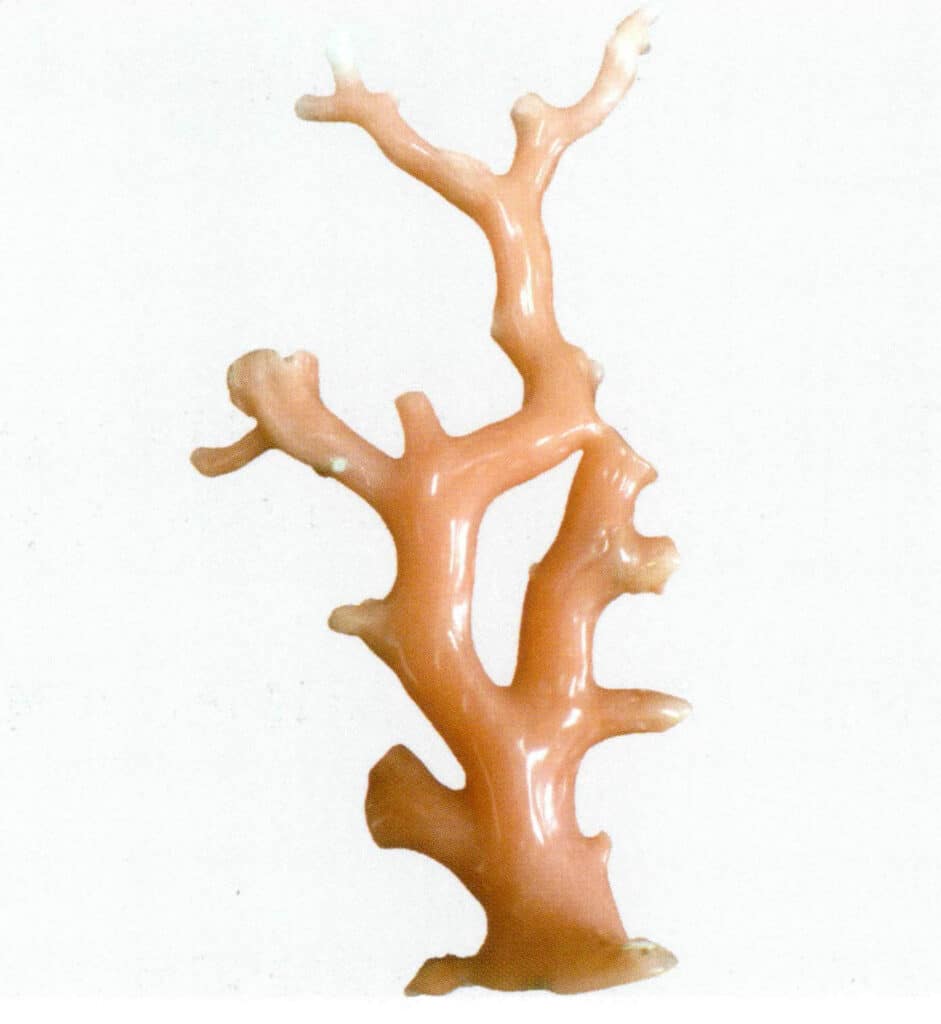
Figure 3-4-31 Polished Pink Coral Branch

Figure 3-4-32 Pink Coral Beads
4. White coral
There is currently no unified classification for White coral . Some believe it refers only to the White coral (White coral) found in deep waters; others think that based on color, any White coral with gem and craft value should be classified as White coral, including white Alcyonarian corals and other varieties, as well as shallow sea White coral used for bonsai.
In this article, white Alcyonarian corals and deep-water corals are classified into the red coral series, while other White coral used for gems and crafts are referred to as White coral .
Gem-quality White coral mainly come from the White coral in deep-water coral reefs, primarily growing in waters at a depth of around 70-300 m in Japan and China Taiwan; the mineral composition is mainly calcite. Some shallow-water reef corals are also used for bonsai, with a mineral composition mainly of aragonite. Still, due to their loose and porous nature, they are not commonly used as jewelry.
The main identification features of White coral are:
(1) White, milky white, etc.; oily to glassy luster; the surface may have few pores and cracks; strong “ceramic feel,” appearance similar to white ceramics.
(2) The surface may have a sandy pink area and color spots.
(3) A spider web-like structure can be seen in the cross-section.
White coral and its key identifying features, see Figure 3-4-33 and Figure 3-4-34

Figure 3-4-33 Polished white coral branches with a porcelain-like appearance
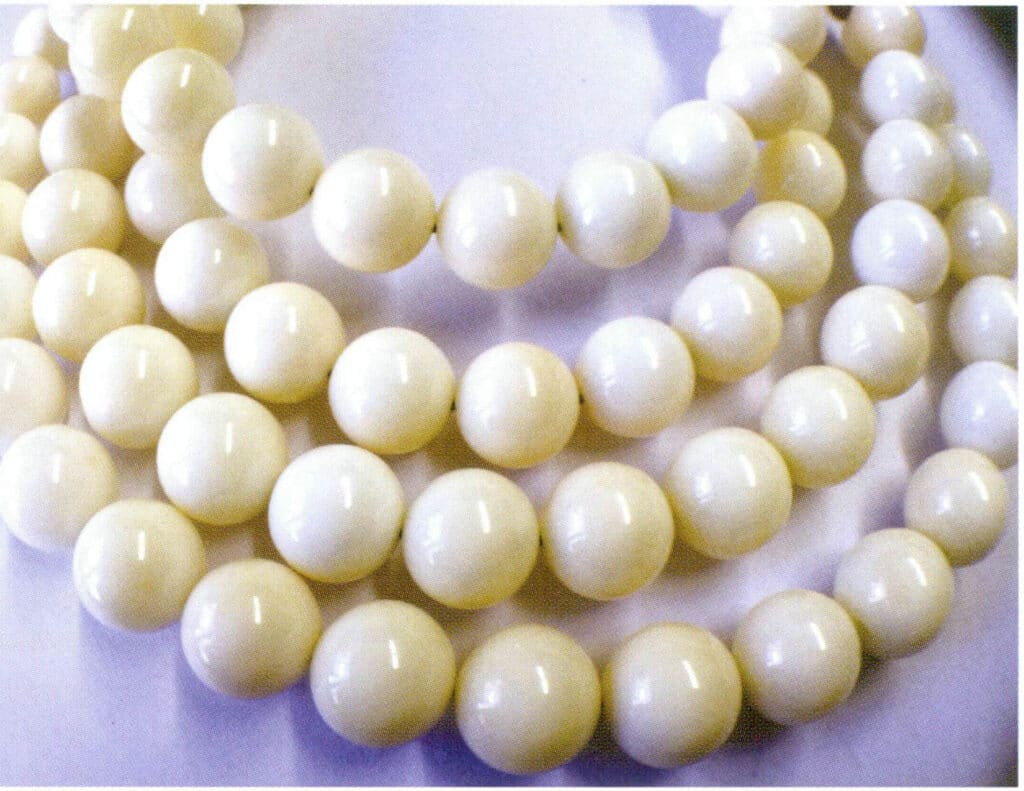
Figure 3-4-34 White Coral Beads
Copywrite @ Sobling.Jewelry — Custom jewelry manufacturer, OEM and ODM jewelry factory
5. Blue Coral
Blue coral (Heliopora coerulea) is a blue or light blue coral that belongs to the subclass Octocorallia and first appeared in the Cretaceous period. As the only species in the family Helioporidae, it is most commonly found in tropical regions of the Pacific and shallow waters of the Indo-Pacific.
Blue coral does not have spicules; the aragonite crystals fuse to form a layered skeleton, with the original branches having a diameter that can exceed 1 meter, appearing in thin layers or branching forms. After processing, it can be made into ornaments, beads, and other jewelry.
The main identification features of blue coral are:
(1) The blue is not uniform, often appearing as blue and white striped patterns or on a white or light blue body color; there are often deeper blue spots; it has a waxy to greasy luster and is opaque.
(2) Some blue corals, especially those produced in thin layers, have a loose and porous structure. Branching blue corals generally have a denser structure than those produced in thin layers, with a spider web-like structure visible in crosssection.
The main identification features of blue coral are shown in Figures 3-4-35 to 3-4-38.
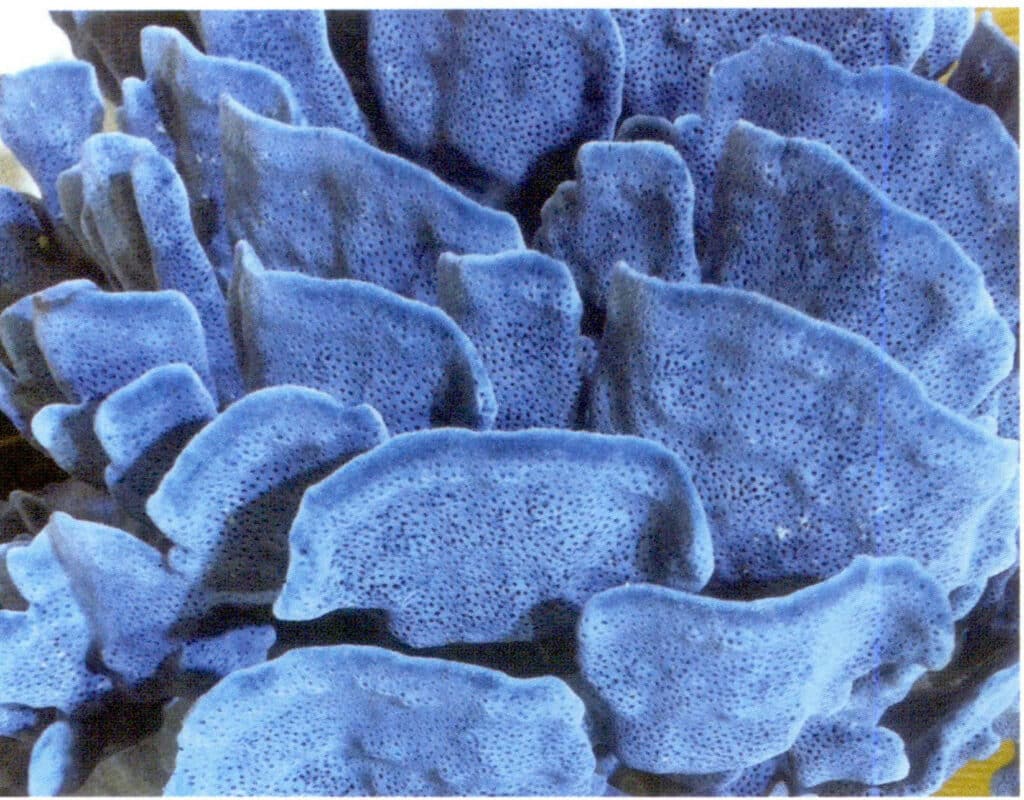
Figure 3-4-35 Thin Lamellar Blue Coral
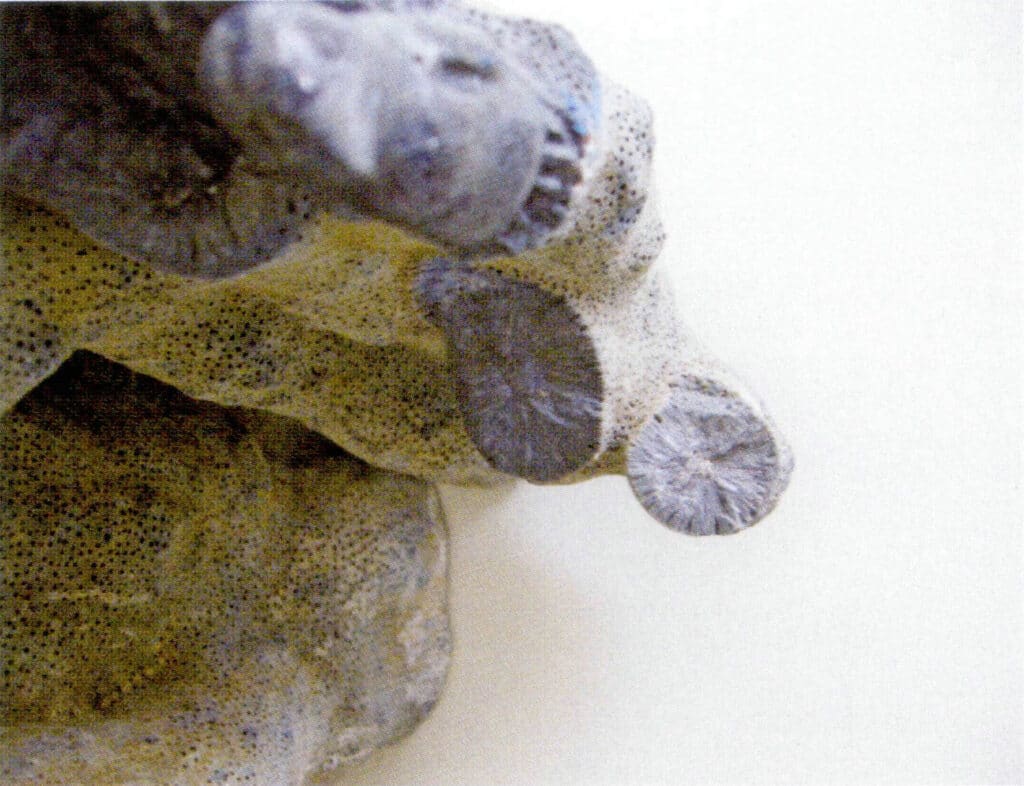
Figure 3-4-36 Spider webbing visible in cross-section of branching blue coral
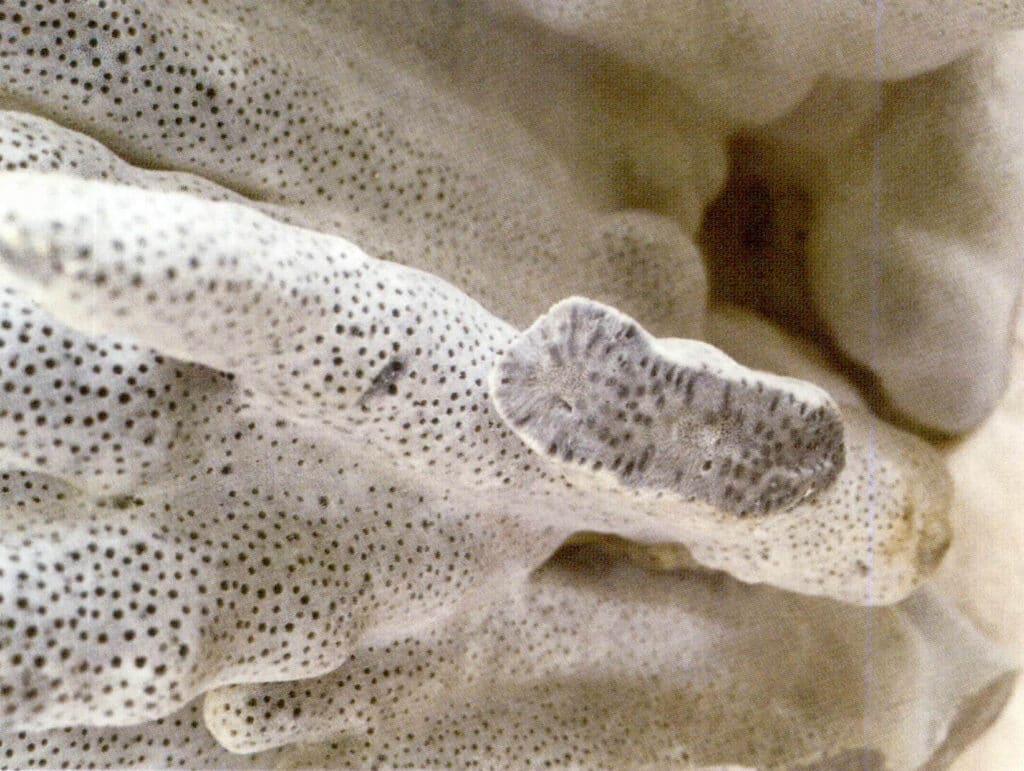
Figure 3-4-37 Pore space of blue coral

Figure 3-4-38 The blue color of blue coral is often banded and spotted
6. Black Coral
Black coral (Antipatharia) is a deep-sea coral, a branching, horn-like coral related to sea anemones. Antipatharia comes from its genus Antipathes, which in Greek means “to prevent disease.” In the Far East and the Indian and Pacific Oceans, it refers to a common belief that this type of coral has mysterious healing properties. In ancient times, people believed wearing black coral necklaces could ward off evil, and some legends ground black coral could be used as an edible medicine. In reality, since black coral is a protein, it has the potential to have the opposite effect, causing severe allergic reactions in some individuals. However, there have been no reports of allergic reactions caused by wearing black coral jewelry. Black coral is also the official gemstone of Hawaii, USA.
The gray-black to black horn coral is almost entirely composed of keratin. The taller ones can form coral trees. They are mainly found in countries and regions such as the coastal areas of Cameroon in Africa and the Hawaiian Islands. Some black corals can grow up to 3 meters high, but very few exceed 10 meters. The shape of black coral branches can be highly uniform and symmetrical. Coral branches are formed by the continuous accumulation of living coral polyps less than a few millimeters in size. In most cases, these small corals can only be seen clearly with a magnifying glass.
Black corals typically grow in tropical regions, generally at a depth of 20-1000 m. The deepest depth discovered so far can reach over 8600 meters, while the shallowest is only a few meters. Coral branches usually attach to a hard base with few exceptions and continue to grow. Research on deep-sea corals at depths of 300 to 3000 meters worldwide shows that the Leiopathes species in black corals is one of the oldest living organisms on Earth, around 4265 years old. The growth rate of the radioactive structure of corals is about4-35µm/a, and the lifespan of a single coral branch is approximately several hundred years.
The main identification features of black corals are:
(1) The body color is black or dark brown; the original branches of the coral can be reddish-brown. Although the living sea anemones that make up black coral are brightly colored, black coral gets its name from its branches’ unique black or dark brown color. The living coral polyps that make up black coral and the connecting skeletal structures of the coral are brightly colored, appearing translucent in red, green, etc., but the color of black coral only forms after the living tissue is removed. Although it is called black coral, many black corals are not black but brown, with many small coral branches being translucent reddish-brown.
(2) The surface of black coral branches has unique small protrusions such as needle-like and thorn-like structures, which are sometimes visible to the naked eye. Because of these protrusions, black coral is also called thorn coral.
(3) The area around the holes is often brown, and a layered structure resembling branches can be observed from the holes. (4) The fracture surface of black coral shows longitudinal stripes and patchy brown areas.
Black coral and its main identification features are shown in Figures 3-4-39 to 3-4-46.

Figure 3-4-39 Branched Black Coral
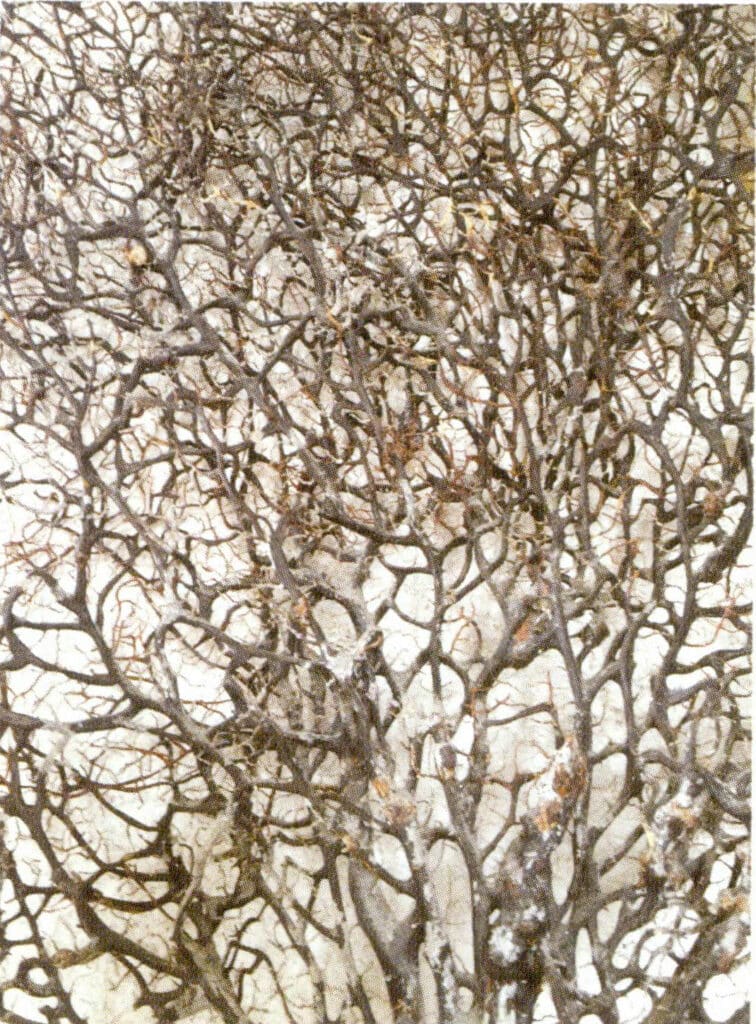
Figure 3-4-40 Small coral branches are translucent reddish-brown
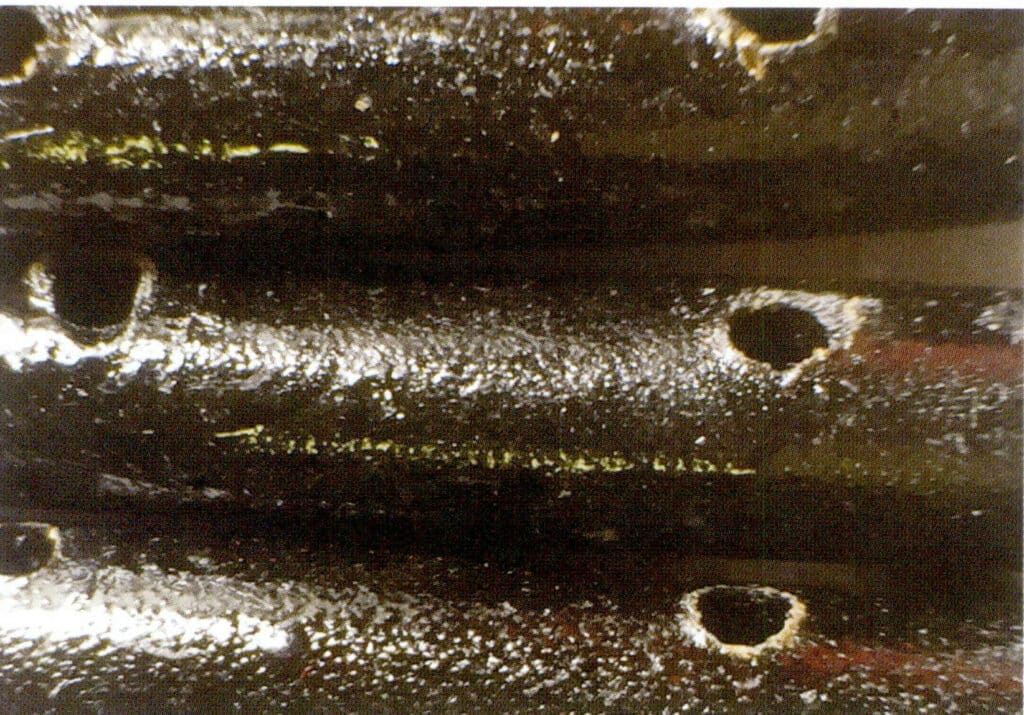
Figure 3-4-41 Small protrusions of black coral
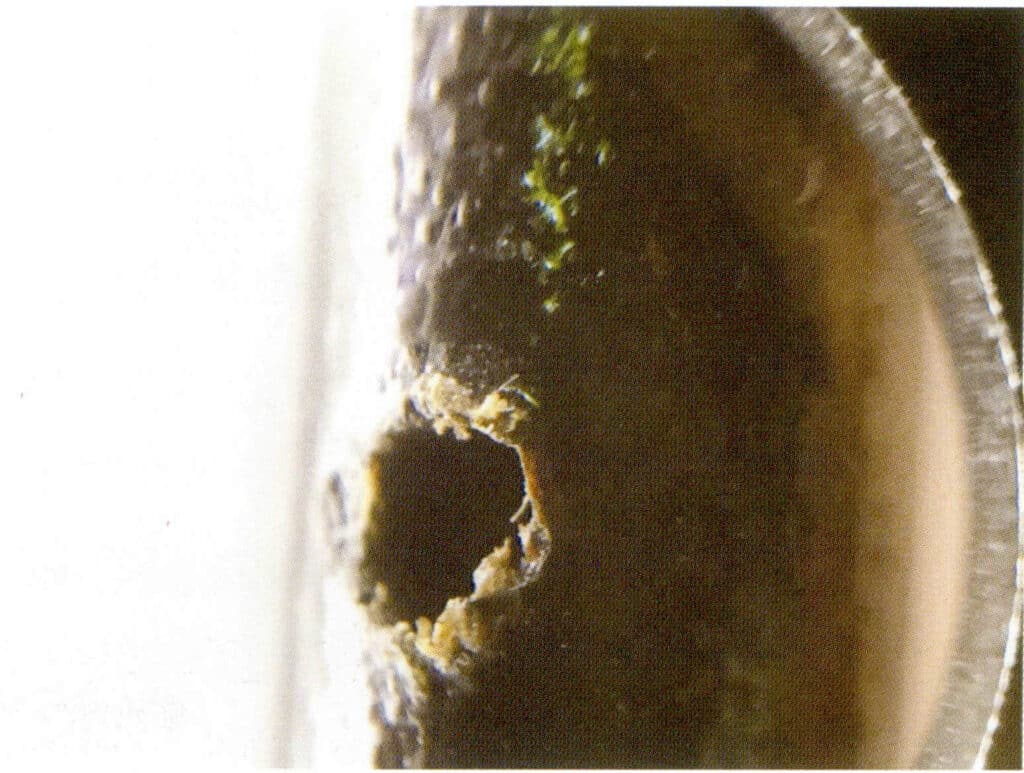
Figure 3-4-42 The area around the hole may appear brown and show structures similar to trees

Figure 3-4-43 Spider web-like structure of black coral cross-section
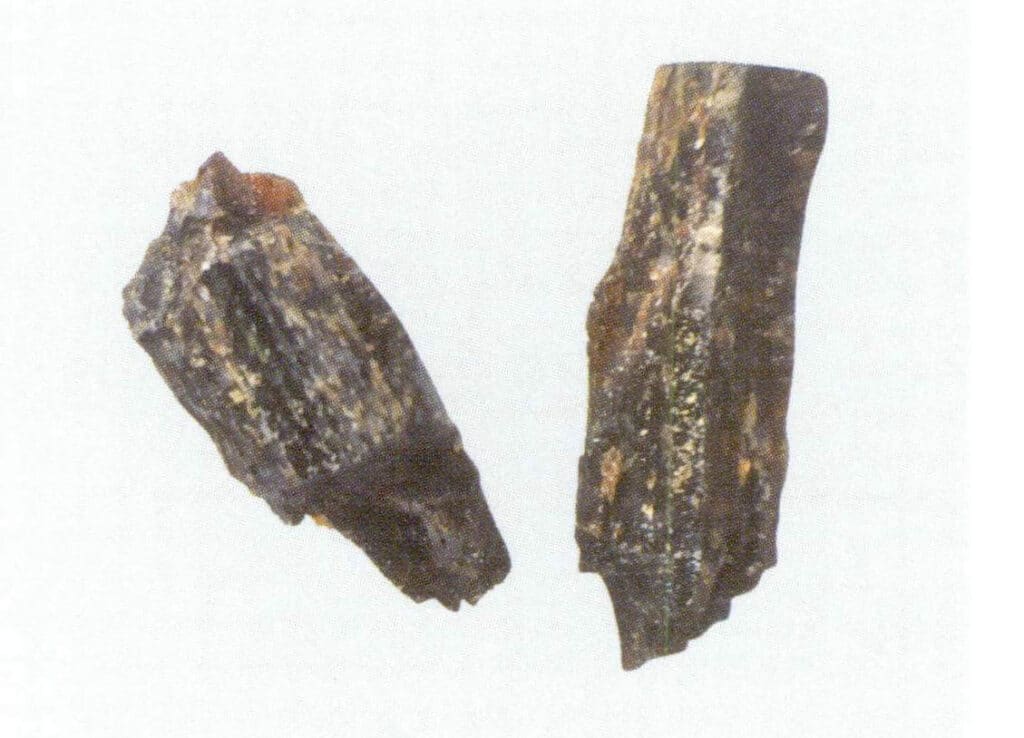
Figure 3-4-44 The fracture surface of black coral shows longitudinal stripes and patchy brown (one)
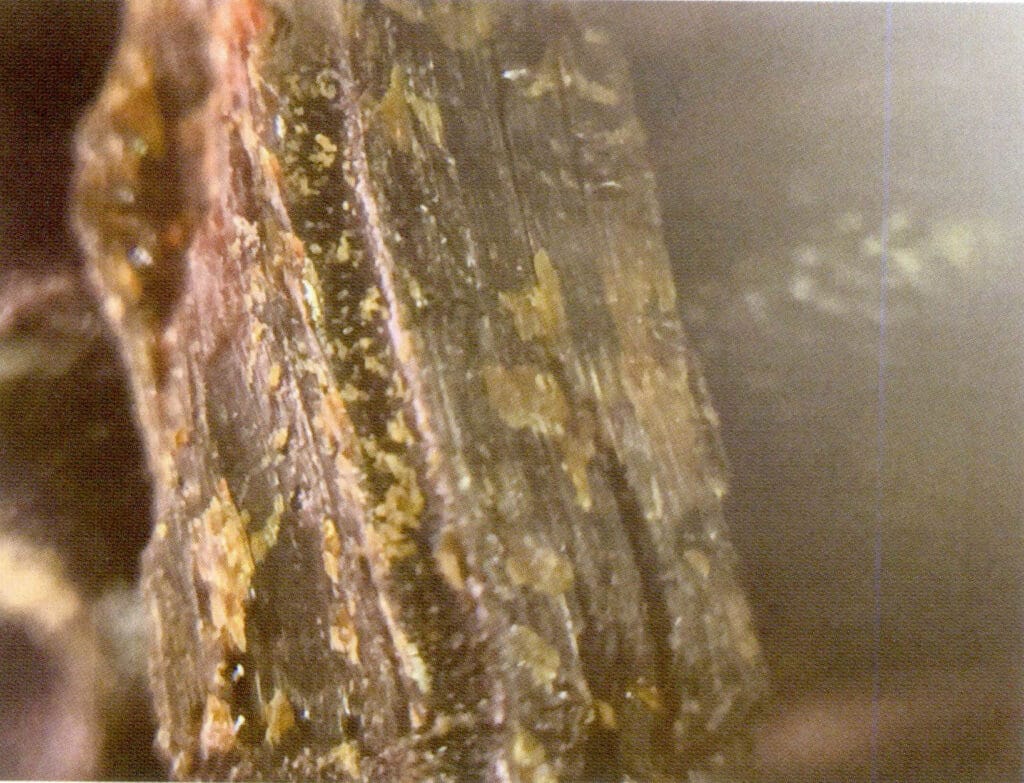
Figure 3-4-45 The fracture surface of black coral shows longitudinal stripes and patchy brown (2)

Figure 3-4-46 The fracture surface of black coral shows longitudinal stripes and patchy brown (three)
7. Golden Coral
Golden coral is a yellow and brownish-yellow keratinous coral produced in Hawaii and the Tasman Sea. The golden coral commonly found in the market is primarily obtained by bleaching black coral.
The main identification features of gold coral are:
(1) The color is golden yellow and yellow-brown.
(2) The surface of golden yellow coral has clear protrusions.
The characteristics of keratinous golden coral and its main identification features are shown in Figures 3-4-47 to 3-4-50.
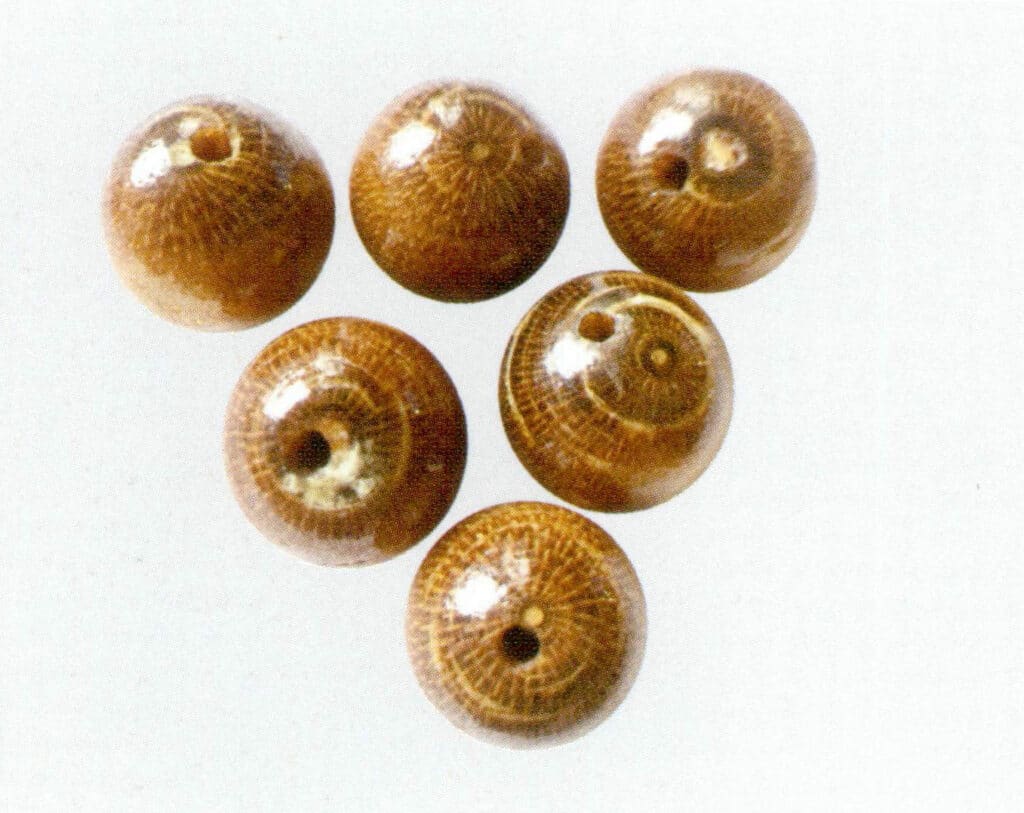
Figure 3-4-47 The web-like structure of golden coral
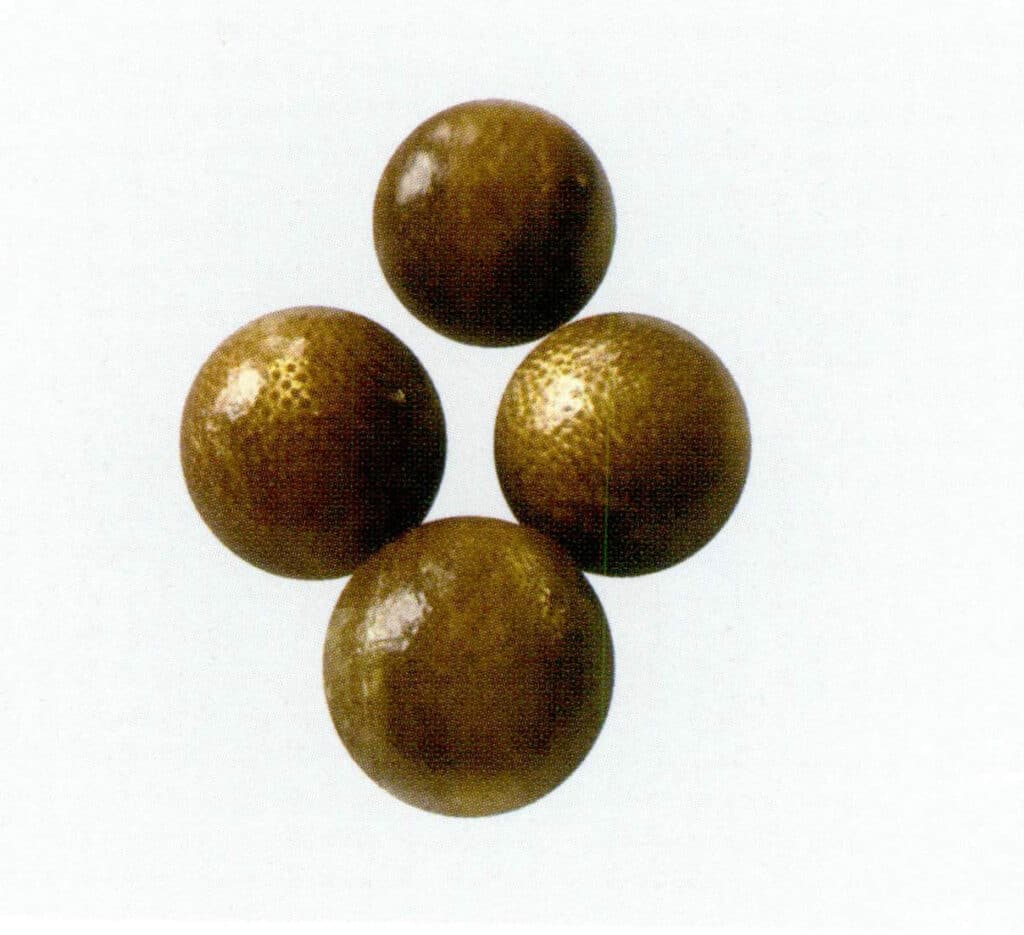
Figure 3-4-48 Surface protrusions of golden coral (1)
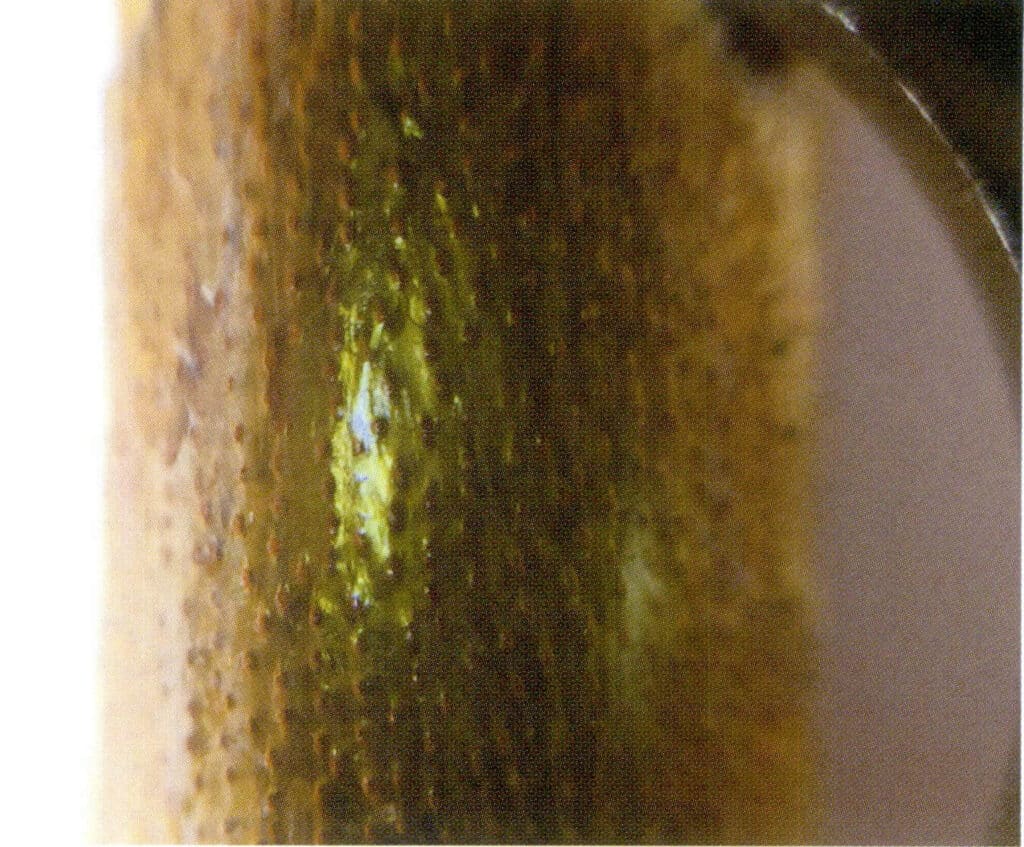
Figure 3-4-49 Surface protrusions of golden coral (2)
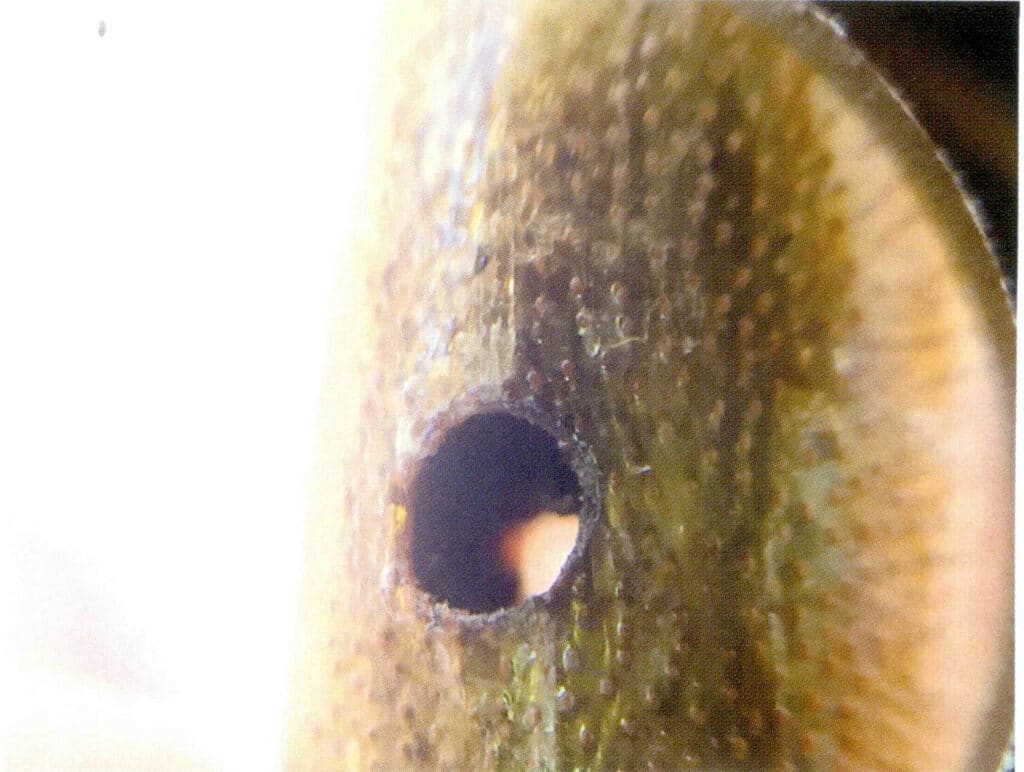
Figure 3-4-50 The holes in golden coral are a deep brown color
In addition, calcium-based golden coral is also produced in the waters of Midway Atoll in the Pacific, which can appear in light Earth yellow to brownish yellow. Some original branches may have flaky black spots on the surface and exhibit special optical phenomena such as luminescence and color change. Overall, it resembles a tree and has a branching structure, with a cross-section showing a tree ring-like structure. Some golden coral has very obvious longitudinal stripes. The calcium-based golden coral and its identification features are shown in Figures 3-4-51 to 3-4-54.

Figure 3-4-51 Tungsten-based golden coral branch (1)
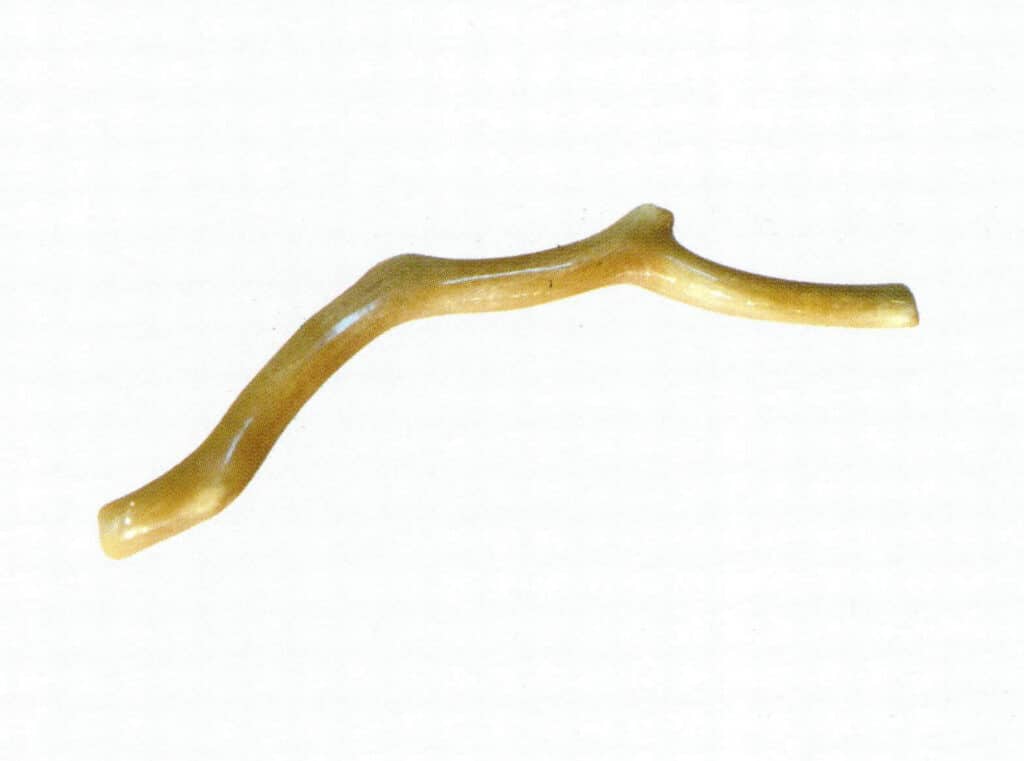
Figure 3-4-52 Calcium gold coral branches (2)
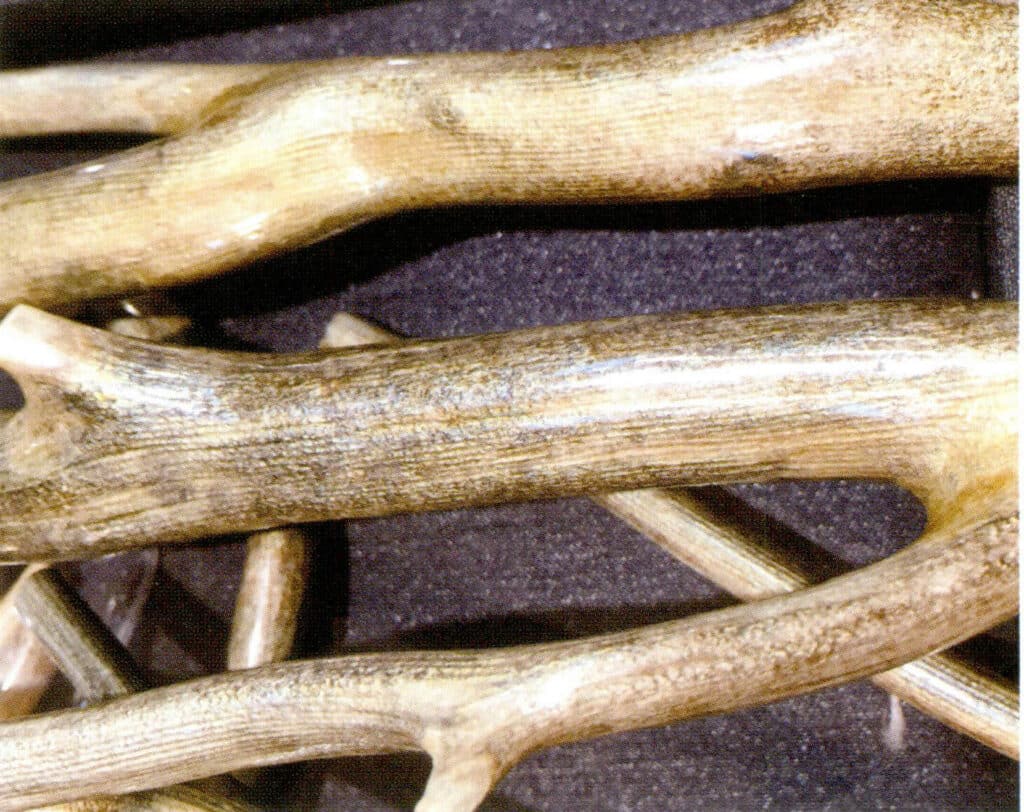
Figure 3-4-53 Longitudinal lines and black spots on calcareous gold coral branches
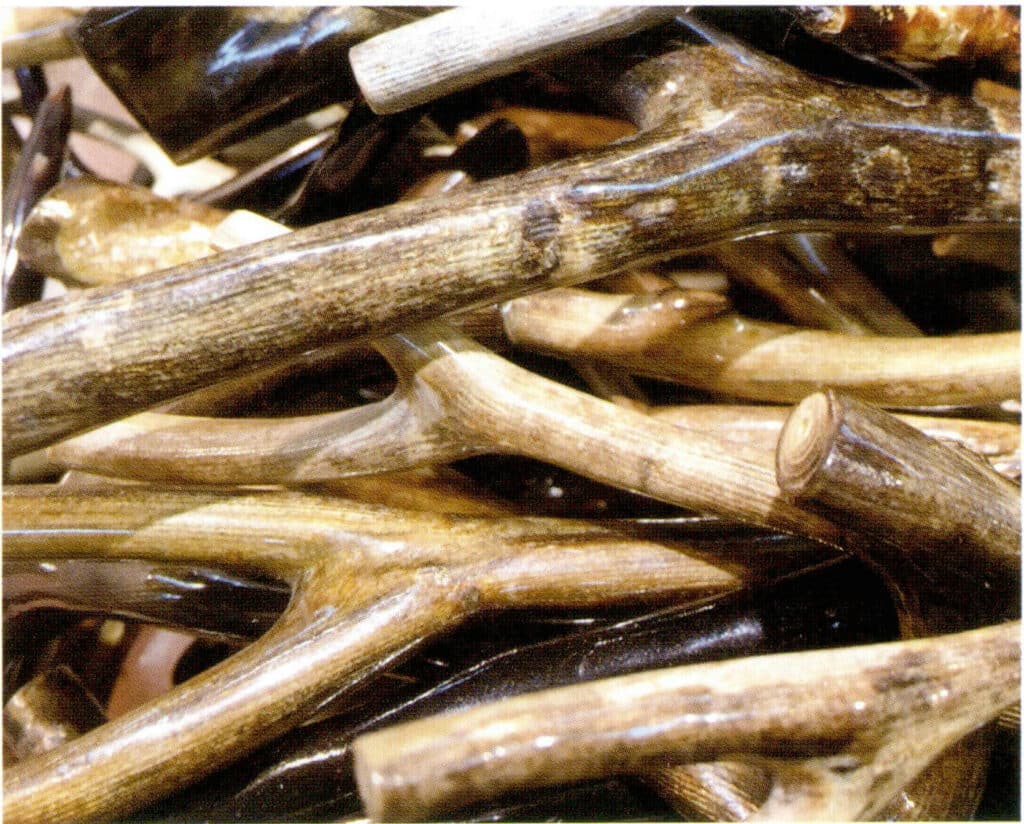
Figure 3-4-54 Long stripes and concentric ring structure of cross-section of calcium gold coral branches
Section V Identification
1. Methods and identification of optimization treatment
The main optimization methods for coral include bleaching, waxing, dyeing, and filling. The main identification features are as follows:
(1) Bleaching
The purpose of bleaching coral is to remove surface discoloration, usually using hydrogen peroxide to improve color and appearance. Generally, dark-colored coral can be bleached to a lighter color; for example, black coral can be bleached to golden yellow, while dark red coral can be bleached to pink.
Bleached coral is not easy to detect.
(2) Waxing
Wax immersion can improve the appearance of coral and is the most commonly used optimization treatment for coral.
The main identification feature is that a hot needle test can detect visible wax melting.
(3) Dyeing
Many dyed corals are on the market, usually achieved by soaking White coral in red or other colored organic dyes to obtain the corresponding color. Due to its natural coral structure characteristics, it can easily be confused with natural coral.
The main identification feature is visible dye distributed along growth bands, with dye concentration visible in cracks; dye can be wiped off with a cotton swab dipped in acetone.
(4) Filling
Generally, epoxy resin or gel-like substances are used to fill the porous coral.
The main identification feature is that the filled coral has a lower density than normal coral; thermal needle detection shows the melting of filling material.
2. "Synthetic" Coral
“Synthetic” coral is mainly made using the Gilson method, also known as “Gilson Coral.” Since “Gilson Coral” is a material made by binding calcite powder with a small amount of dye under high temperature and pressure, “Gilson Coral” is not strictly a synthetic coral. Hence, it is referred to as “synthetic” coral. The color variation range of “synthetic” coral is large. See figures 3-5-1 and 3-5-2.
The color, luster, and appearance characteristics of “Gilson coral” are very similar to natural coral. Still, its color distribution is uniform and lacks the special structures of coral, such as uneven colors, spider web patterns, wavy stripes, and wormholes. Fine granular structures can be detected only under a l0x magnifying glass, and their density is lower than that of natural coral.
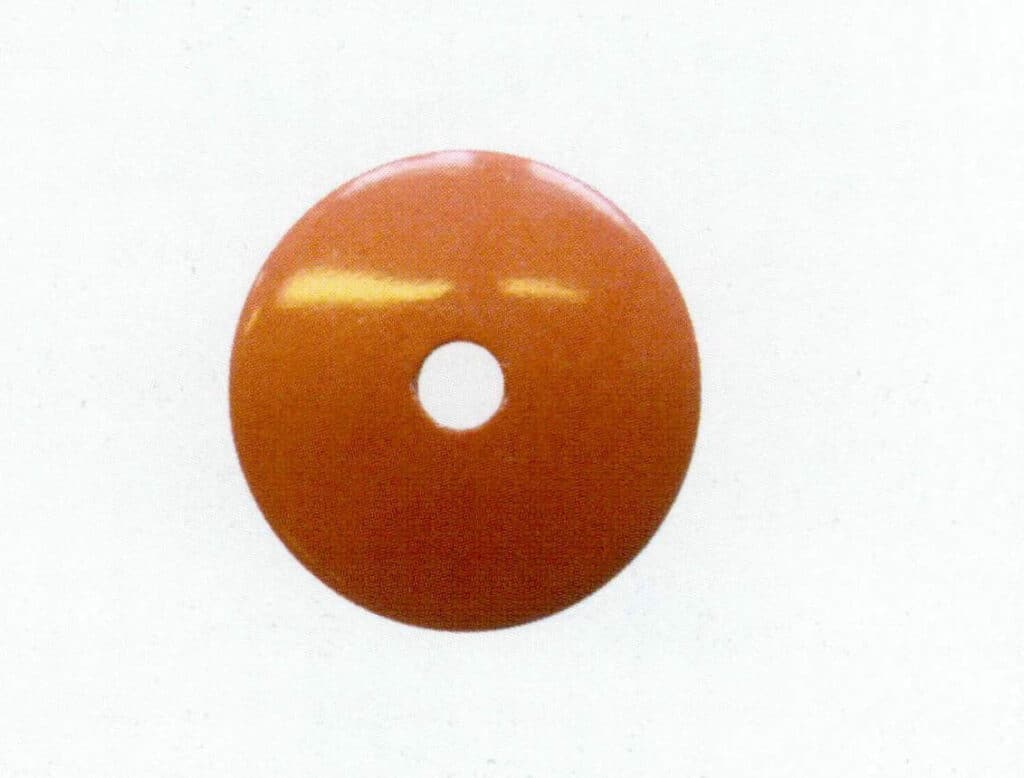
Figure 3-5-1 "Synthetic" Coral (1)

Figure 3-5-2 "Synthetic" Coral (2)
3. Imitations
Coral has a unique appearance and special structures, making it easy to distinguish from similar gemstones. Gemstones similar to coral mainly include dyed bone products, dyed marble, red glass, plastic, Red sponge coral, and dyed sea bamboo.
(1) Dyed bone products
Dyed bone products are a common type of coral imitation, typically made from animal bones such as cow bone, camel bone, or elephant bone that are dyed or coated to resemble coral. They can be distinguished based on the different characteristics of coral and bone product structures.
Identification features are:
- The colors of dyed bone products are inconsistent and may fade, with the color becoming lighter; the drilled areas are darker or white compared to other parts. Coral red is naturally produced and uniformly colored, with characteristics such as a white core and white spots.
- Bone products have a round hole structure, while the cross-section of coral exhibits radial and concentric circular structures; bone products have intermittent straight textures, and the longitudinal section of coral has continuous wavy textures.
(2) Dyed marble
Dyed marble does not have the banded structure of coral but presents a granular structure, with color distributed at the edges of the grains or between cracks. The swab will be stained when wiped with a cotton swab dipped in acetone.
(3) Red glass
Selenium glass and other glasses can imitate coral. Its identification characteristics are as follows: the color of the glass is often more uniform, lacking the appearance and special structure of coral, exhibiting a distinct glass luster, with shell-like fracture development and sometimes visible pores on the surface. The Mohs hardness is higher than coral’s and does not bubble when encountering hydrochloric acid. See figures 3-5-3 and 3-5-4.

Figure 3-5-3 Red glass

Figure 3-5-4 Shell-shaped fracture of red glass with bubble holes
(4) Plastic
Plastic does not have coral’s appearance, color distribution characteristics, or special structure. It often shows marks left by molds, with a relative density of only 1.05 to 1.55, feels light in hand, commonly has bubbles, and has an uneven surface. A hot needle test may produce a pungent smell and does not bubble when encountering hydrochloric acid.
(5) Red sponge coral
Sponge coral ( Red sponge coral) is also known as grass coral. It is not a sponge but has a sponge-like appearance. The color of Red sponge coral is not as red or orange as gemstone-grade coral, often has a light-colored surface, presents a porous network structure, and obvious wormholes and rose petal-like irregular patterns can be seen with the naked eye; its luster is weaker than that of precious coral . The value of Red sponge coral is far less than that of precious coral .
Sponge coral has many tubular cavities and holes that need to be filled. The resin filling in grass coral will exhibit unique patterns; this non-directional, varying depth pattern is not found in gemstone coral, with some relatively shallow patterns and others deeper. Sponge corals and their identifying characteristics are shown in Figures 3-5-5 to 3-5-8.

Figure 3-5-5 Original branch of sponge coral

Figure 3-5-6 Partial original branch of sponge coral
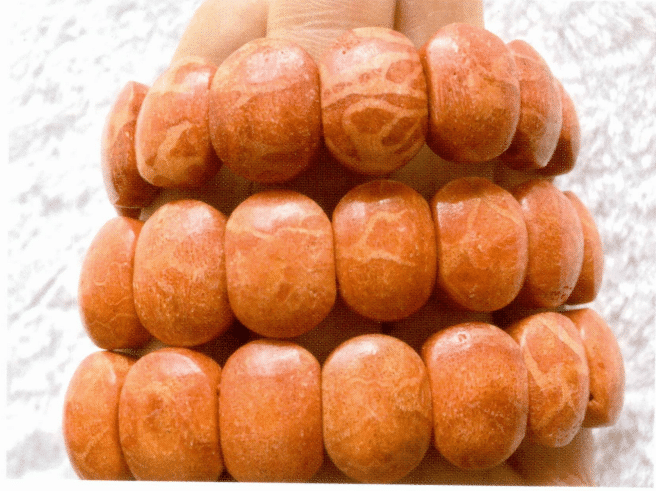
Figure 3-5-7 Color bands of sponge coral
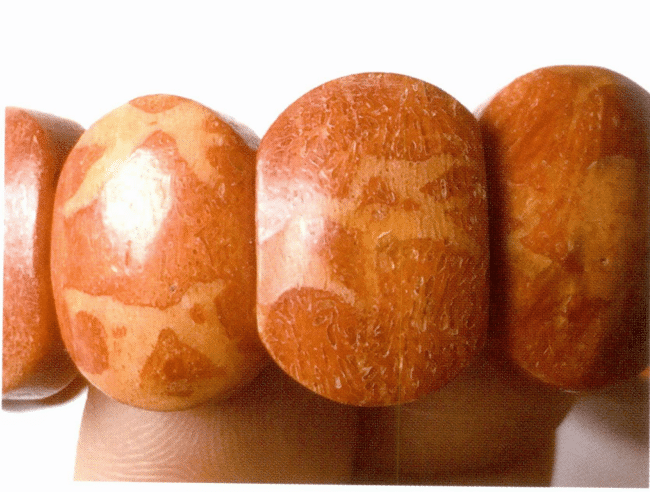
Figure 3-5-8 Development of holes on the surface of sponge coral
(6) Dyed sea bamboo
Shallow sea bamboo coral with a large yield. Because it is the most similar, most of the dyed red coral on the market is dyed from sea bamboo.
Undyed sea bamboo is white to yellow, with yellow mainly due to long-term oxidation. Sea bamboo is limited in its growth pattern, resulting in small joint shapes with very few and very short branches. The initially skeletal parts of the bamboo sea bamboo joint still have skeletal coverage, which will fall off after some time, revealing obvious joints. The texture at
the joints is extremely loose, allowing for easy polishing. Sea bamboo grows quickly with a rough texture, and the surface has large groove-like patterns. The skeleton of sea bamboo is composed of keratinous bone needles; although it contains a certain amount of calcium carbonate, it does not bubble vigorously when hydrochloric acid is added, shown in Figures 3-5-9 to 3-5-10
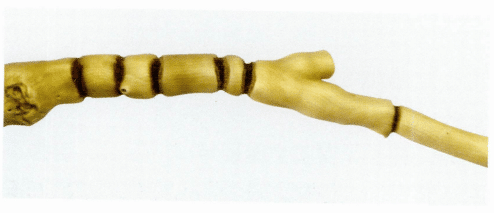
Figure 3-5-9 Articulated sea bamboo branches

Figure 3-5-10 Longitudinal texture of sea bamboo branches
Sea bamboo has no concentric radial structure; the radial patterns present a star-like appearance, commonly known as the sun’s heart. Because the central part’s bone needles are denser, the dye is difficult to penetrate, resulting in a noticeable color difference after dyeing. The color of dyed sea bamboo is concentrated in the drilled holes and pits. Dyed coral and its identification characteristics are shown in Figures 3-5-11 to 3-5-15.

Figure 3-5-11 White and dyed sea bamboo

Figure 3-5-14 The color of dyed sea bamboo is enriched in drilled holes and pits

Figure 3-5-12 Dyed sea bamboo
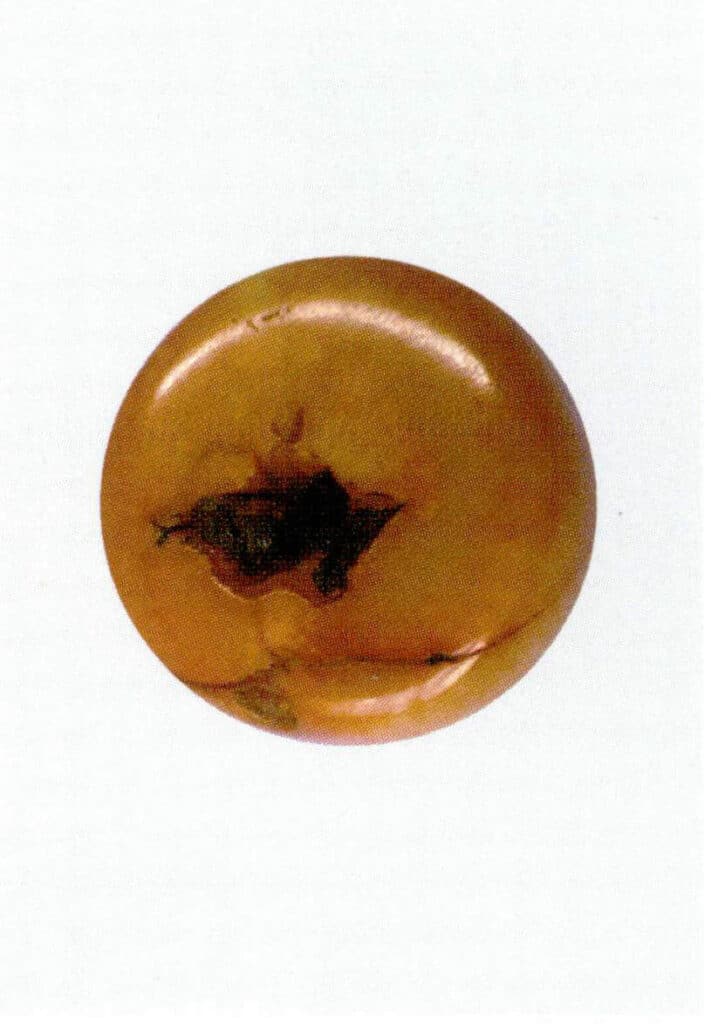
Figure 3-5-13 The color of dyed sea bamboo is concentrated in the fissures and drilling holes
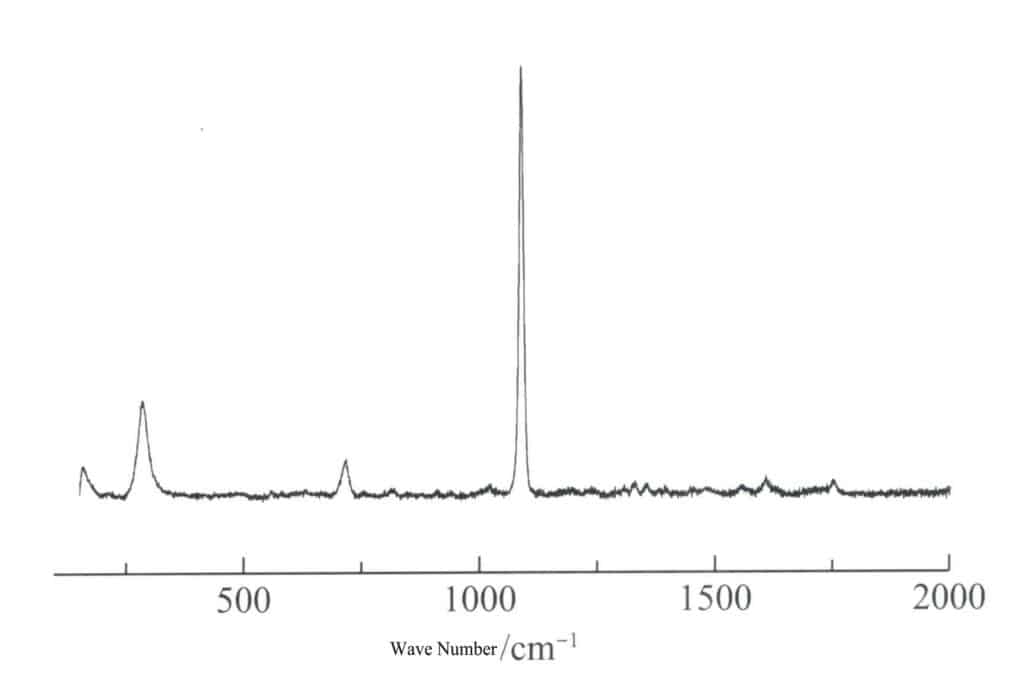
Figure 3-5-15 Raman spectrum of dyed coral
Dyed coral has calcite characteristic spectral peaks such as 1085 cm-1、 712 cm-1、 282 cm-1and weak dye spectral peak vibrations between 1200 and 1750 cm-1. However, the dyed Red Coral does not exhibit a set of intensity relatively stable 1132 cm-1 stretching vibrations of single bonds near C-C and (v 2) and stretching vibrations of double bonds near 1527 cm-1and C = C, as well as (v 1) weak spectral peaks.
Section VI Capture and Processing
1. Fishing
Gem coral mainly grows underwater 100-2000m, making coral fishing difficult.
The advanced fishing method is submarine fishing, which can extract corals with their roots and branches, but the manpower and material costs are extremely high.
Traditional net fishing uses boats modified from ordinary fishing vessels, equipped with a high-power machine, stones or other heavy objects, and many fishing nets. When the boat reaches an area suspected of having corals, the fishing net is tied to the stones or other heavy objects, thrown into the sea, and the stones sink with the net. The fishing boat then turns off its engine and drifts slowly with the current, encountering corals, which get caught in the net. After a while, the fishing boat uses the high-power machine to retrieve the net.
The advantage of traditional net fishing is that it saves manpower and resources, but the disadvantages are also obvious; it can only harvest the upper parts of the corals, which can lead to the bases of the coral trees breaking off underwater, and often branches break off and are lost in the sea. Over time, these will turn into dead branches and cannot be reused.
Since corals are a restricted fishing species, countries and regions worldwide are implementing restrictions on the scope and quantity of fishing.
2. Processing
The processing of gem corals generally includes several parts: selecting materials, cleaning, cutting, carving or polishing, and jewelry processing, as shown in Figure 3-6-5.
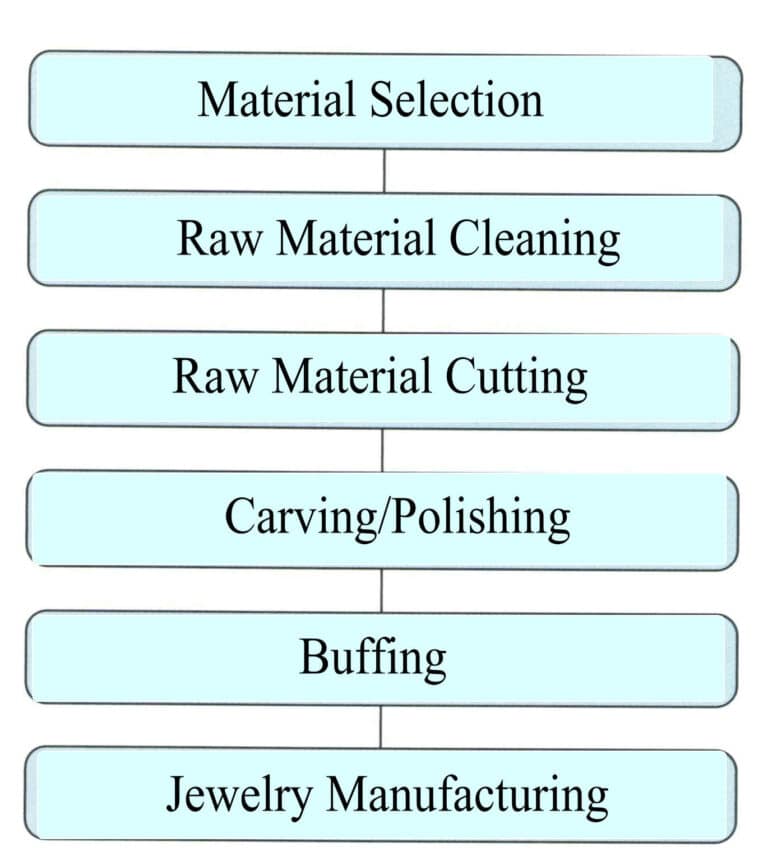
(1) Material Selection
Since the coral raw materials obtained from fishing often vary in size, thickness, shape, material, and color, see figure 3-6-6 and 3-6-7, it is essential to carefully select them first, prioritizing the coral materials used to create various carved artworks. The larger trunks should be further categorized by size and color for future selection

Figure 3-6-6 Raw Materials from Fishing (1)

Figure 3-6-7 Raw Materials from Fishing (2)
(2) Raw Material Cleaning
Before the cleaning process, soak the red coral in clean water or a weak acid for 1-2 hours or longer, and then clean it to completely remove the deposits on the red coral, revealing the original color of the coral. See figure 3-6-8 and 3-6-9.

Figure 3-6-8 Coral raw material waiting to be cut (1)
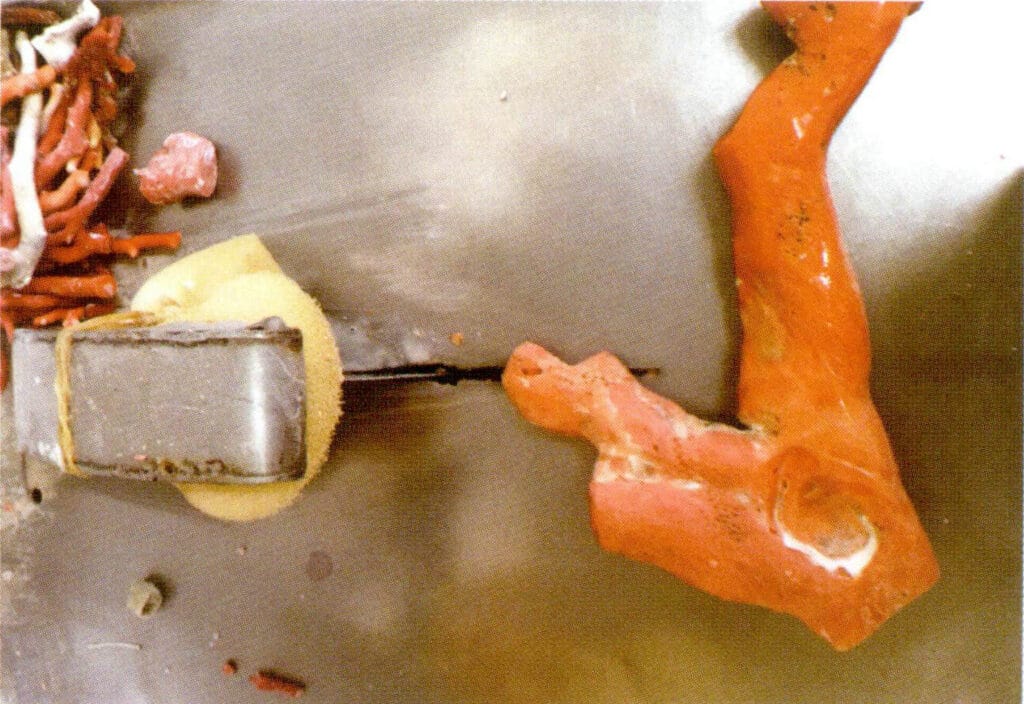
Figure 3-6-9 Coral raw material waiting to be cut (2)
(3) Cutting
Cutting is a very important step in coral processing and must be handled by an experienced master. The master cuts the coral based on the material’s shape, size, and characteristics. See figure 3-6-10 and 3-6-11.
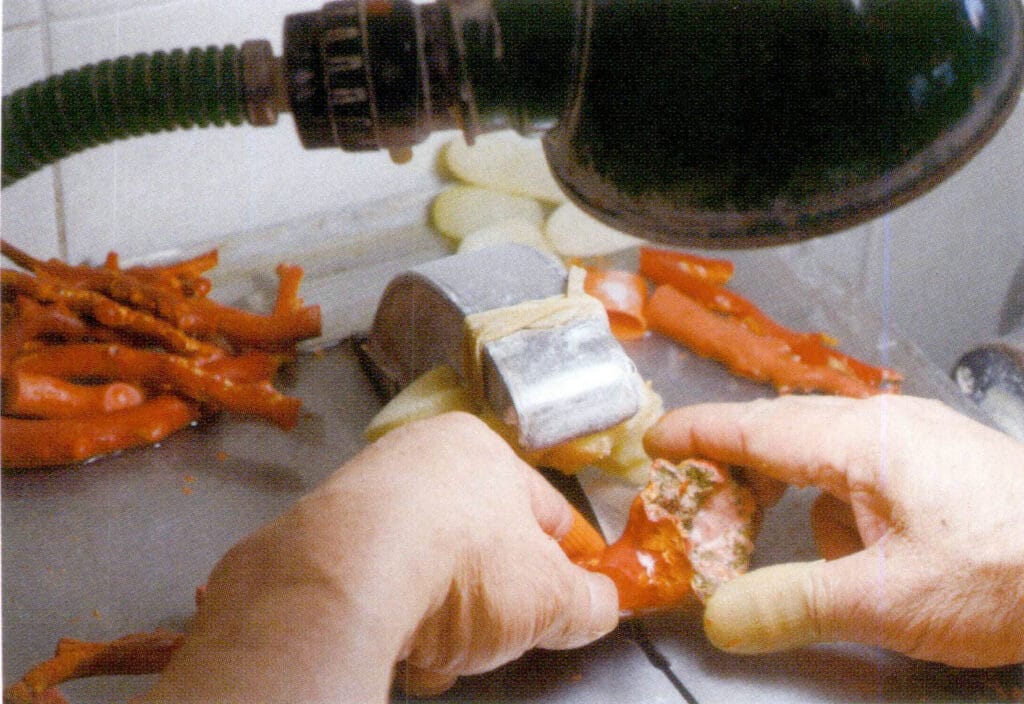
Figure 3-6-10 Coarse cutting of coral
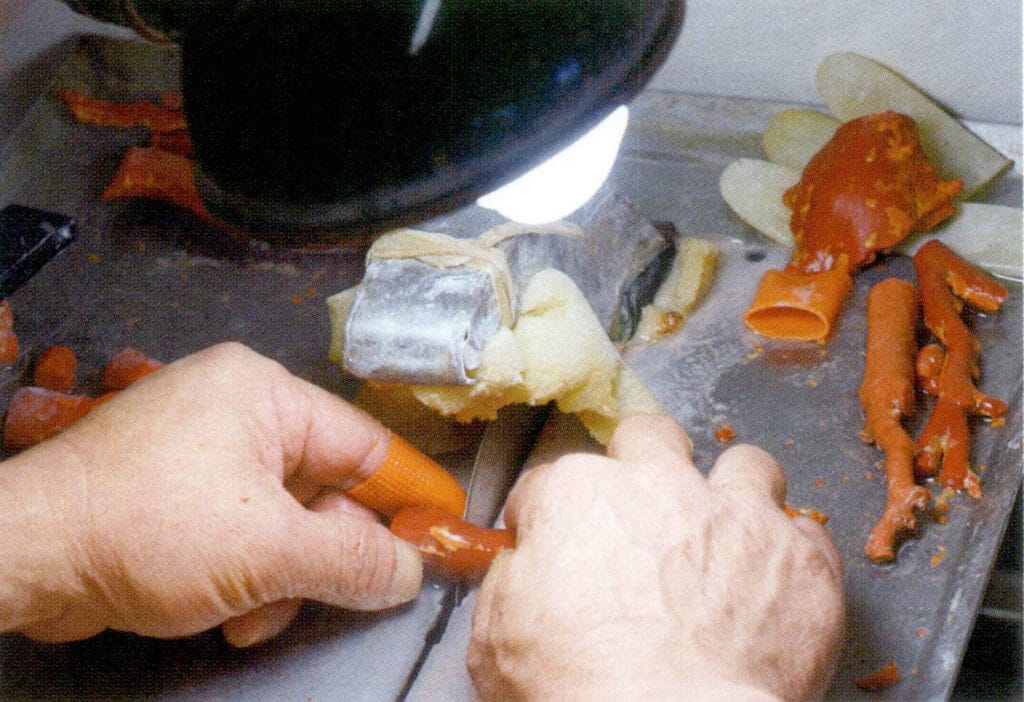
Figure 3-6-11 Fine cutting of coral
(4) Carving/Polishing
First, remove the sand holes, flaws, and cracks on the gemstone coral body, which means digging out the dirt and removing the cracks, and then proceed with the design, trying to use materials according to their characteristics.
Carving and polishing usually start with machine pre-shaping. Carving generally uses chisels, while beads and curved surfaces are made with machines, followed by rough and fine grinding. See figure 3-6-12 and 3-6-13.
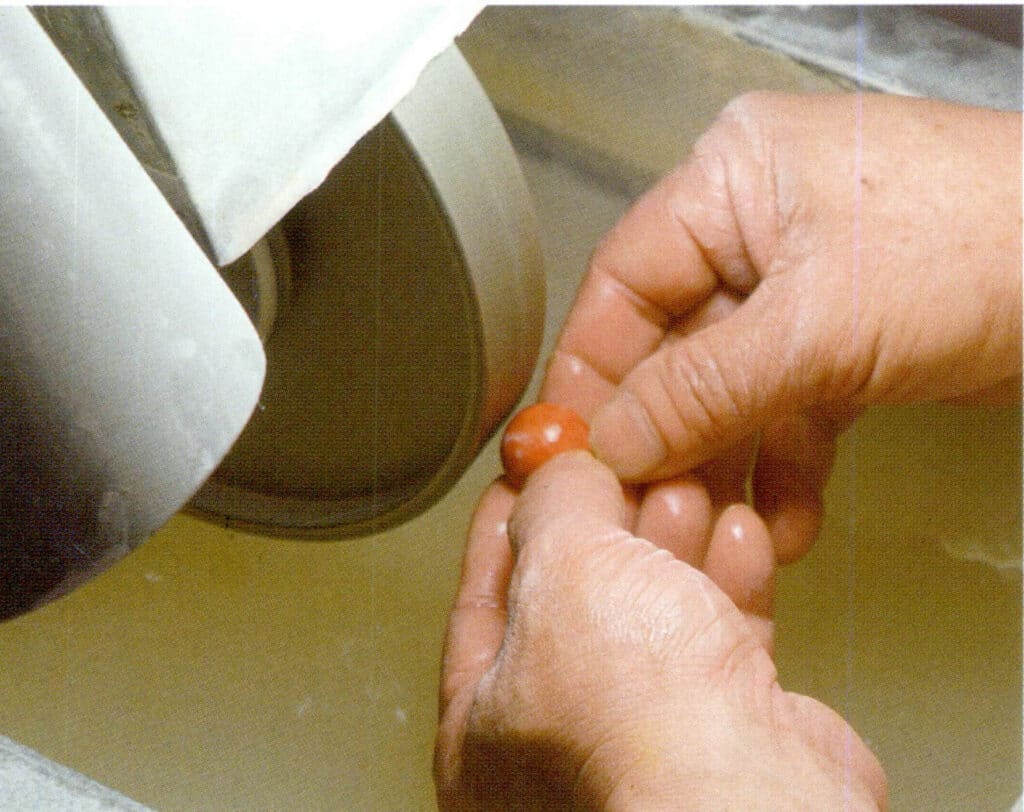
Figure 3-6-12 Polishing of curved surfaces
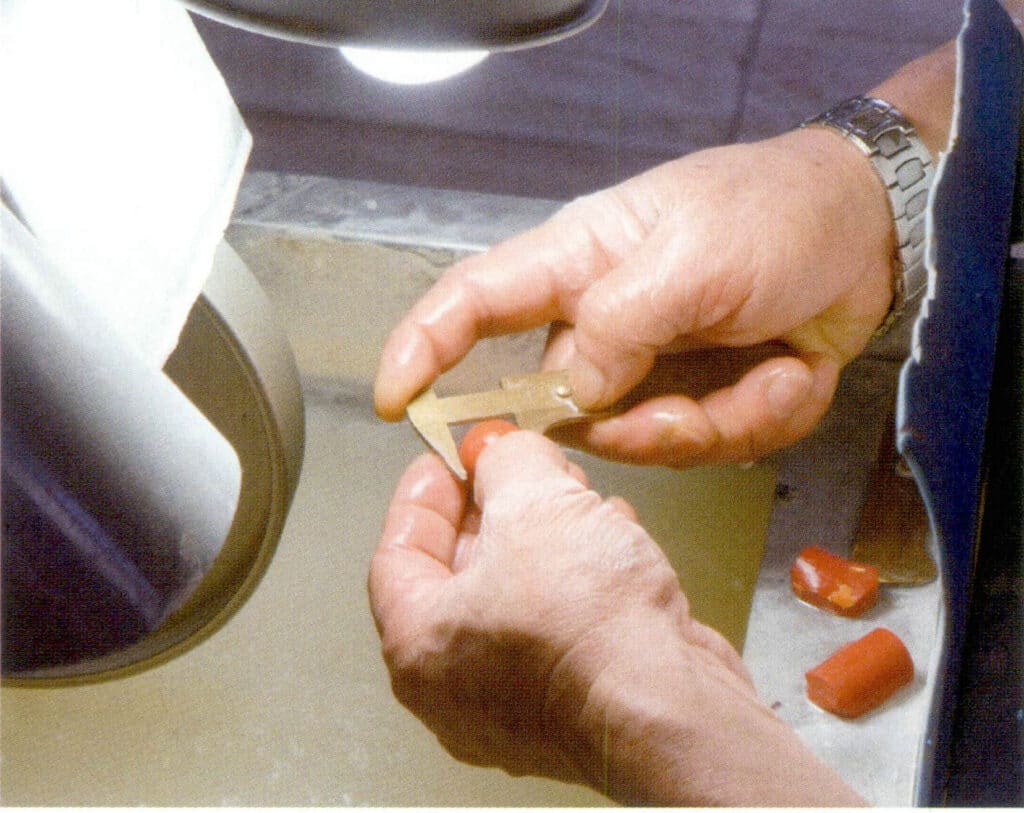
Figure 3-6-13 Measurement of roundness during the polishing of round beads
(5) Polishing
Polishing is generally done using cloth wheels or wool wheels with polishing powder. Since most corals often have wormholes, care should be taken not to use polishing agents that are prone to contamination and have a color that contrasts sharply with the coral’s body color, as sometimes polishing agents can get stuck in the wormholes and are difficult to clean.
Due to the low hardness of coral, it wears out quickly during processing and cannot be highly polished. Generally, after polishing with a cloth wheel, hydrochloric acid is used to polish the gemstone coral. This involves cleaning the finely ground coral with clean water, placing it in water, adding a small amount of dilute hydrochloric acid, and heating and stirring for polishing.
Section VII Quality Evaluation
The evaluation of coral is conducted from several aspects, including variety, color, texture, shape and carving, block size, and dimensions. See figure 3-7-1.

1. Variety
The variety of coral has a significant impact on its value. The price difference between different varieties of coral can reach several times, dozens of times, or even more. The most valuable thing in the coral market is precious coral . Blue coral’s general quality is loose and porous, with a grayish color, making it less valuable; high-quality specimens are smooth, delicate, have few flaws, and have an even color, making them valuable but rare. Black and golden coral have lower market recognition as gemstones than precious and blue coral. Black Coral and Golden Coral see figure 3-7-2 and 3-7-3.
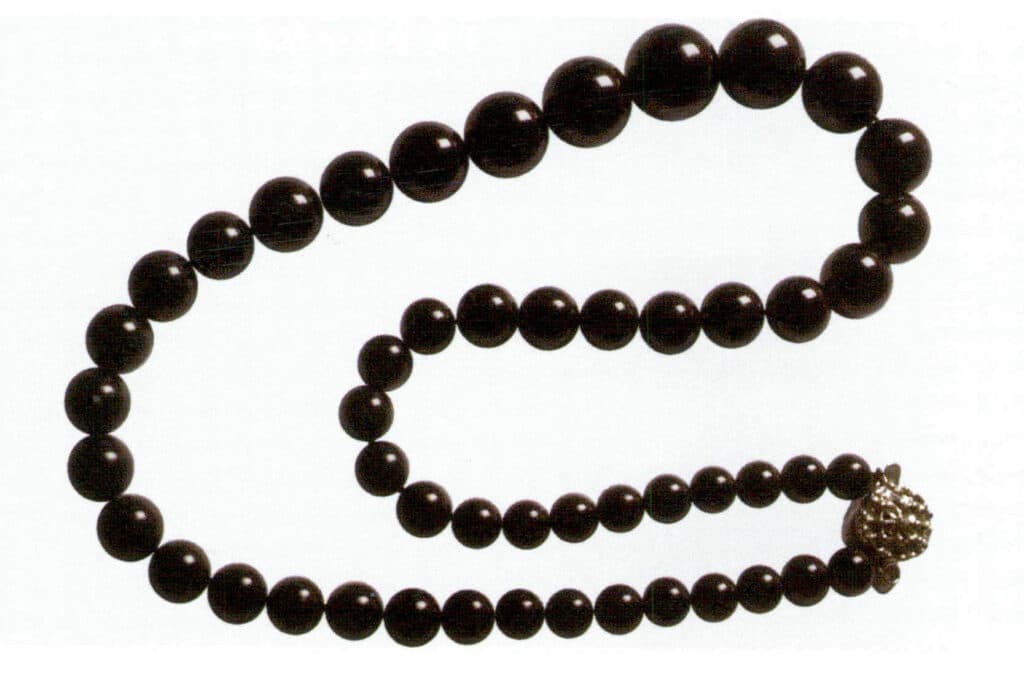
Figure 3-7-2 Black Coral
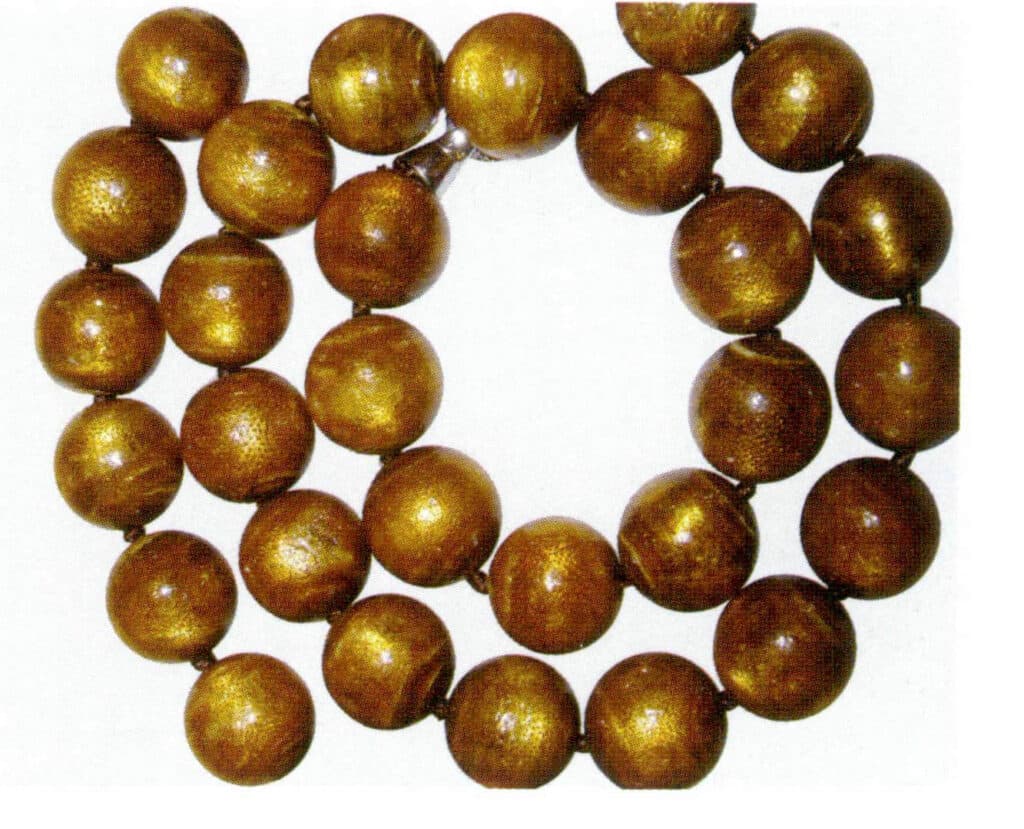
Figure 3-7-3 Golden Coral
The main commercial varieties of precious coral include Akoya coral, Sardinian coral, MOMO coral, “Angel Skin,” Corallium Secundum, deep-sea coral, and White coral, as shown in Table 3-7-1. The varieties of precious coral encompass elements such as color and texture.
Table 3-7-1 Main Commercial Varieties of precious coral
| Business Name | Description |
|---|---|
| Akoya coral | Has a glassy luster; generally has a white core; the deeper the color, the higher the value, with high-quality specimens being chili red, also known as "bull's blood red"; the more transparent the texture, the stronger the glassy feel, and the fewer the white core defects, the higher the value. |
| MOMO Coral | Peach pink or orange-red, generally with a white core; luster slightly inferior to Akoya coral; high-quality ones have a fine and even texture, often with wormholes. |
| Angel skin | Even pink, also known as "Angel's face"; high-quality ones have a fine and even texture, highly valuable. |
| Sardinian coral | Bright red, luster slightly inferior to Akoya coral; high-quality ones have a fine and even texture, often with wormholes |
| Pink coral | Pink, often uneven, the original branch and finished product are generally smaller |
| Deep ¬sea coral | Uneven pink to orange-red color, with a mottled appearance; often has cracks |
| White coral | Common White coral |
Overall, it is the most valuable due to the deep color, high transparency, strong luster, glass-like feel, fine texture, and few wormholes of Akoya coral. See Figures 3-7-4 and 3-7-5 for Akoya coral.
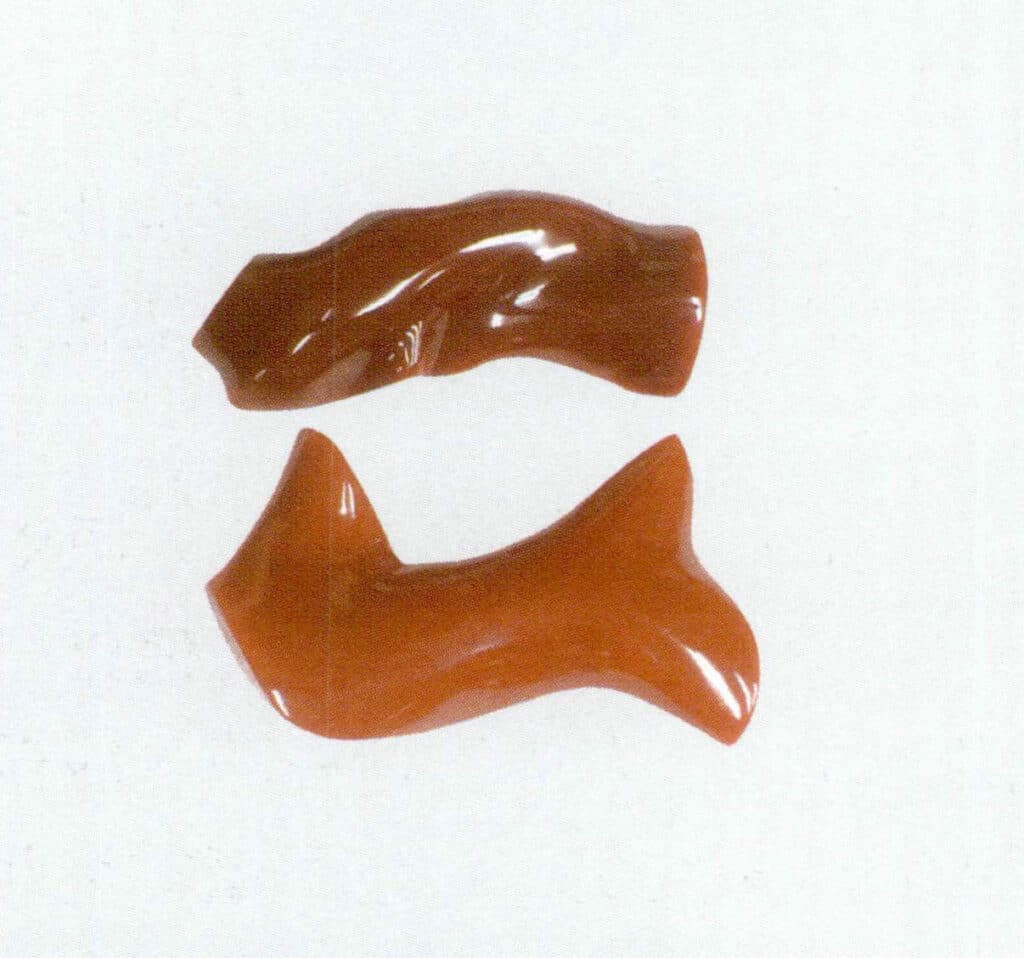
Figure 3-7-4 shows Akoya coral with varying shades of color.
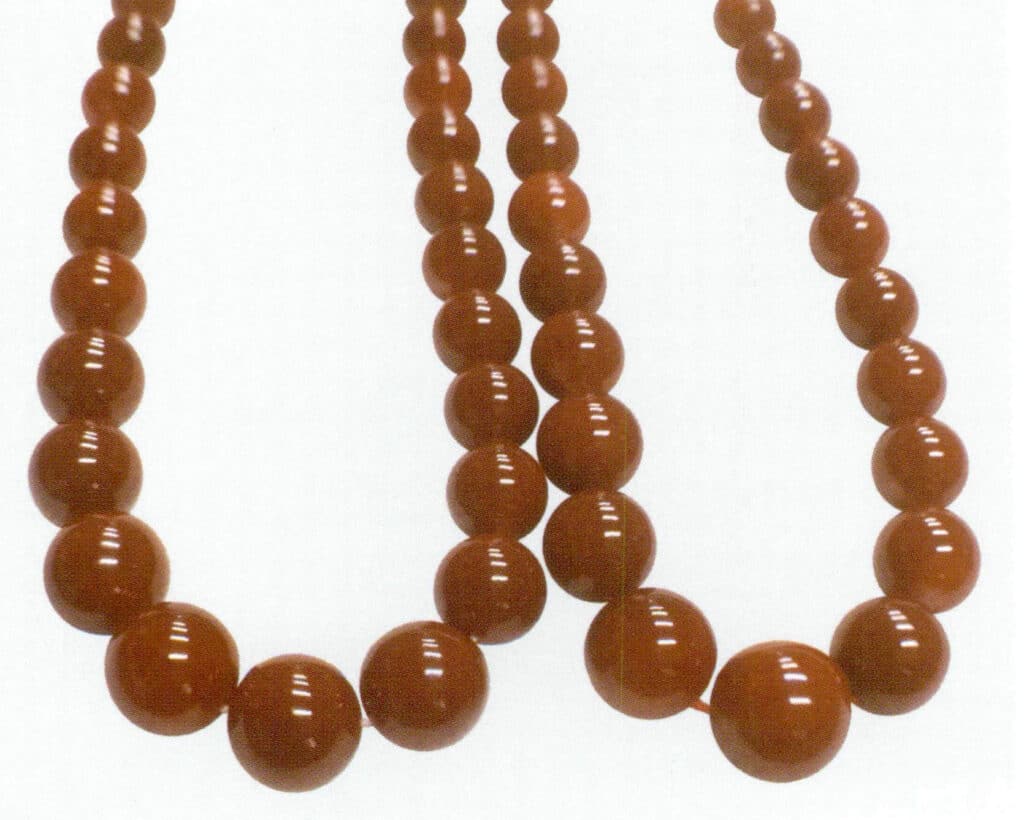
Figure 3-7-5 Deeply Colored High-Quality Akoya Coral
Sardinia coral and MOMO coral generally have a weaker luster than Akoya coral, often have wormholes, and finished products need to be filled with wax or other materials. The value of Sardinia coral and MOMO coral depends on specific circumstances. In East Asia, locally produced MOMO coral is favored and valued slightly higher than Sardinia coral. MOMO coral see figure 3-7-6 and Sardinia coral see figure 3-7-7.
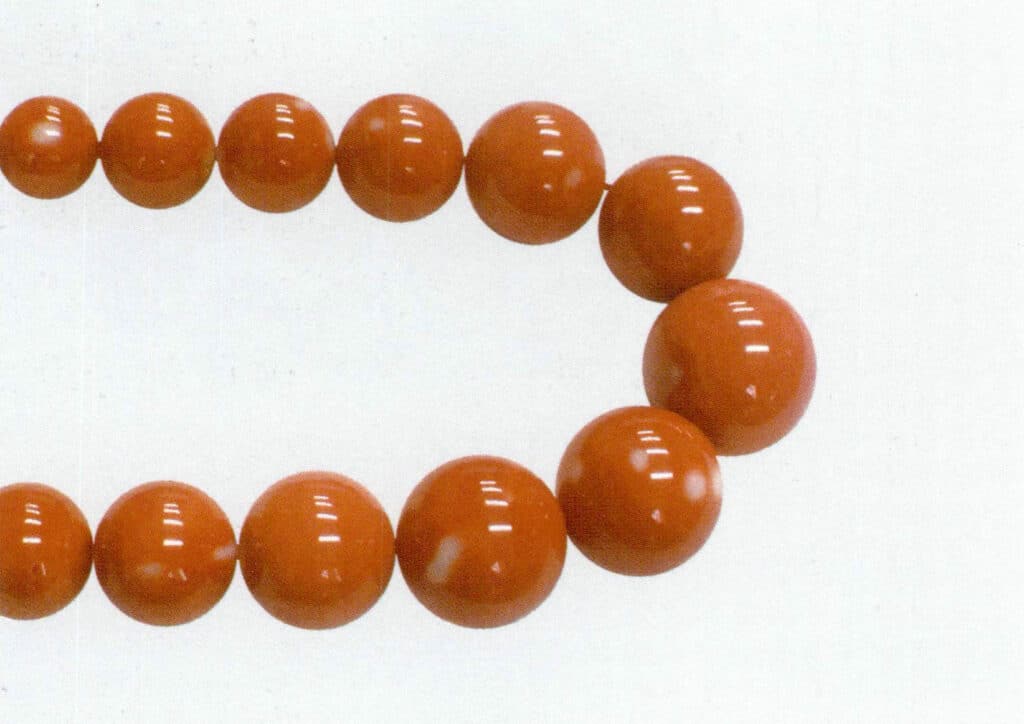
Figure 3-7-6 shows MOMO coral.
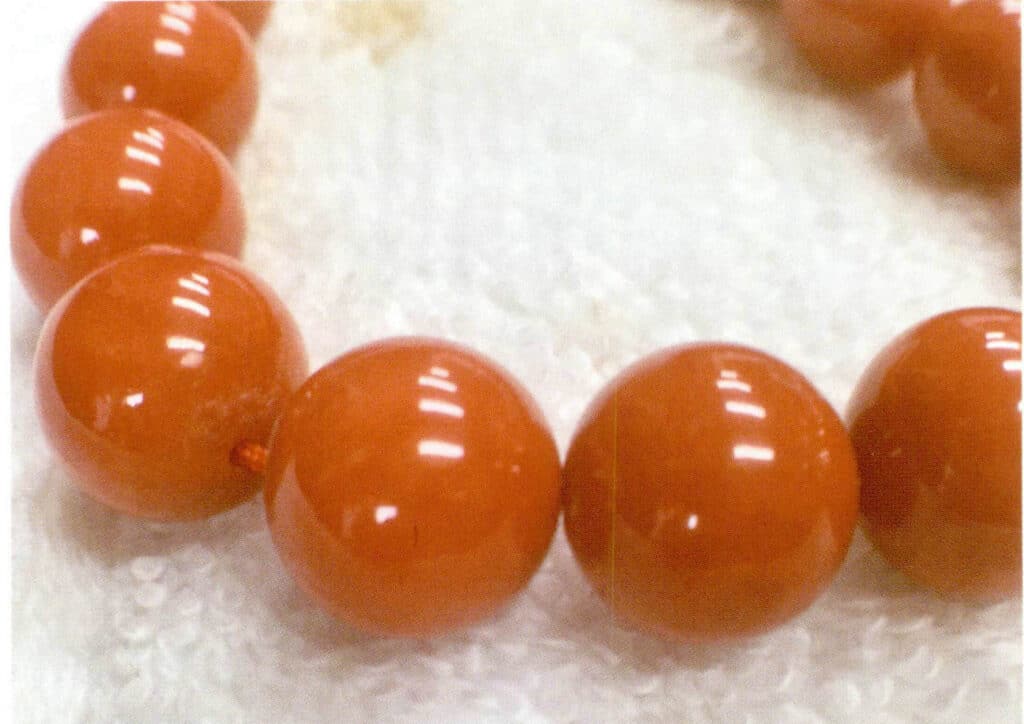
Figure 3-7-7 shows Sardinia coral.
Although lighter in color, the “Angel Skin” variety in MOMO coral has a uniform pink that is popular in the European, American, and Japanese markets and is highly valued. See figure 3-7-8 and 3-7-9.
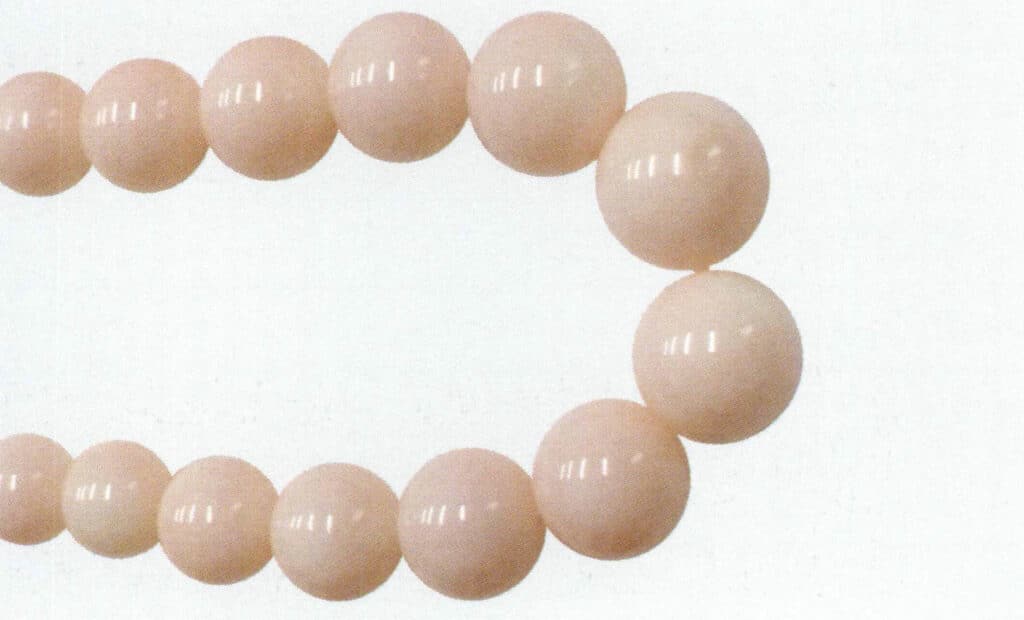
Figure 3-7-8 "Angel Skin" MOMO Coral (1)
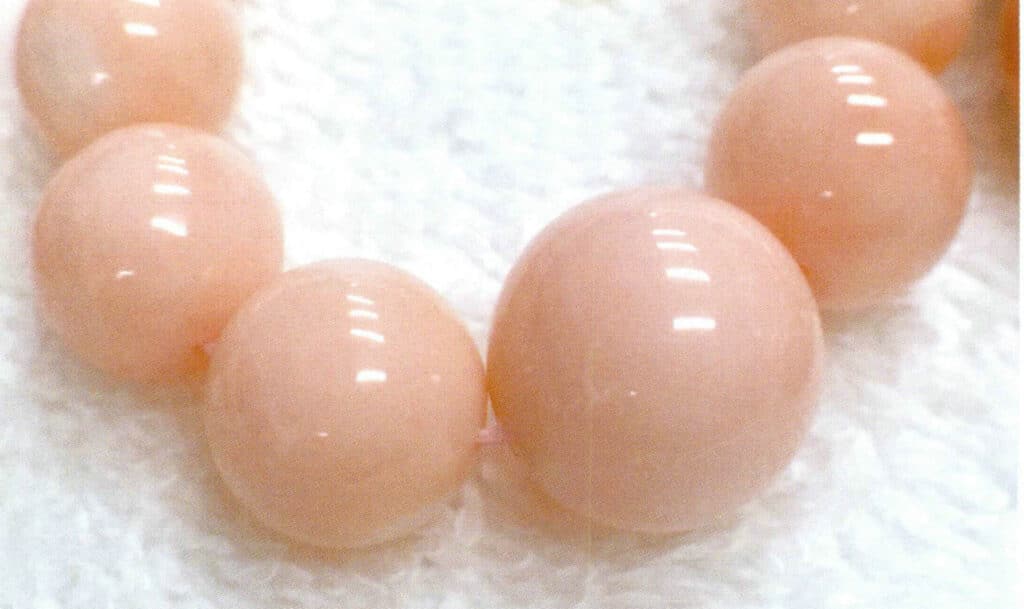
Figure 3-7-9 "Angel Skin" MOMO Coral (2)
Corallium Secundum, due to its smaller original branches, generally produces more finished beads or small carvings, and its value is usually lower than that of Akoya coral, MOMO Coral, and Sardinia Coral. The Corallium Secundum coral is shown in Figure 3-7-10. There can also be a uniformly pink “Angel Skin” variety, which is highly valued among Corallium Secundum.
Deep-sea coral generally has uneven colors and often shows cracks. Thus, its value is generally lower than that of Akoya coral, Sardinia coral, MOMO coral, and “angel skin.” shown in Figure 3-7-11
Although high-quality White coral has a fine and even texture, high transparency, and strong luster, its overall market acceptance is not as high as that of pink to red series corals due to its white color. shown in Figure 3-7-12

Figure 3-7-10 Pink coral
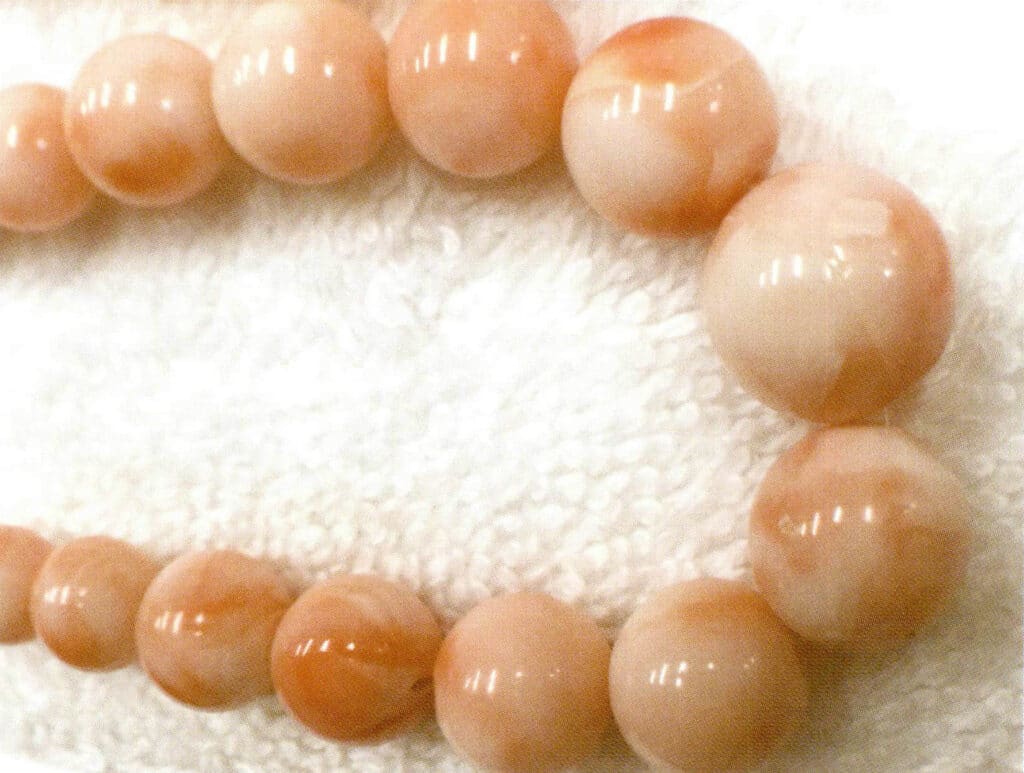
Figure 3-7-11 Deep-sea coral

Figure 3-7-12 White coral
2. Color
The charm of coral lies in its color; generally, the more vibrant the color of the coral, the higher the price. The craftsmanship requires the coral color to be pure and bright.
Among precious coral s, red is the best. If all other conditions are the same, except for the pink color of angel skin, the deeper the color, the more expensive it is. For example, the price difference for a higher grade of Akoya coral is approximately 15%-20%. The quality ranking of red is deep red, red, dark red, rose red, light rose red, and orange-red.
Different ethnic groups and people from different regions have varying degrees of preference for different coral colors, which in turn affects the value of the coral. In Europe, America, and Japan, in addition to a preference for deep red coral, there is also a fondness for Corallium Secundum (commonly known as “angel skin,” “angel face,” etc.). The pink “angel skin” value can rival that of Akoya coral or even be higher.
White coral is best in pure white, followed by porcelain white and grayish white.
Blue coral is best with bright blue, a few gray-brown tones, and a uniform or blue spotted pattern.
Black coral is best with black, uniform, and a few brown tones.
Gold coral is best with a rich gold color, bright and vivid, with a few brown tones.
3. Texture
The denser and tougher the texture of the coral, the fewer and less noticeable the flaws, the higher the value.
The quality will decline if there are white spots or white cores; those with worm holes, porousness, or many cracks are of lower value. The more transparent the texture is to the naked eye, the brighter the luster, and the more glassy the texture, the higher the value.
For different textures of red and blue coral see figure 3-7-13 to 3-7-15.
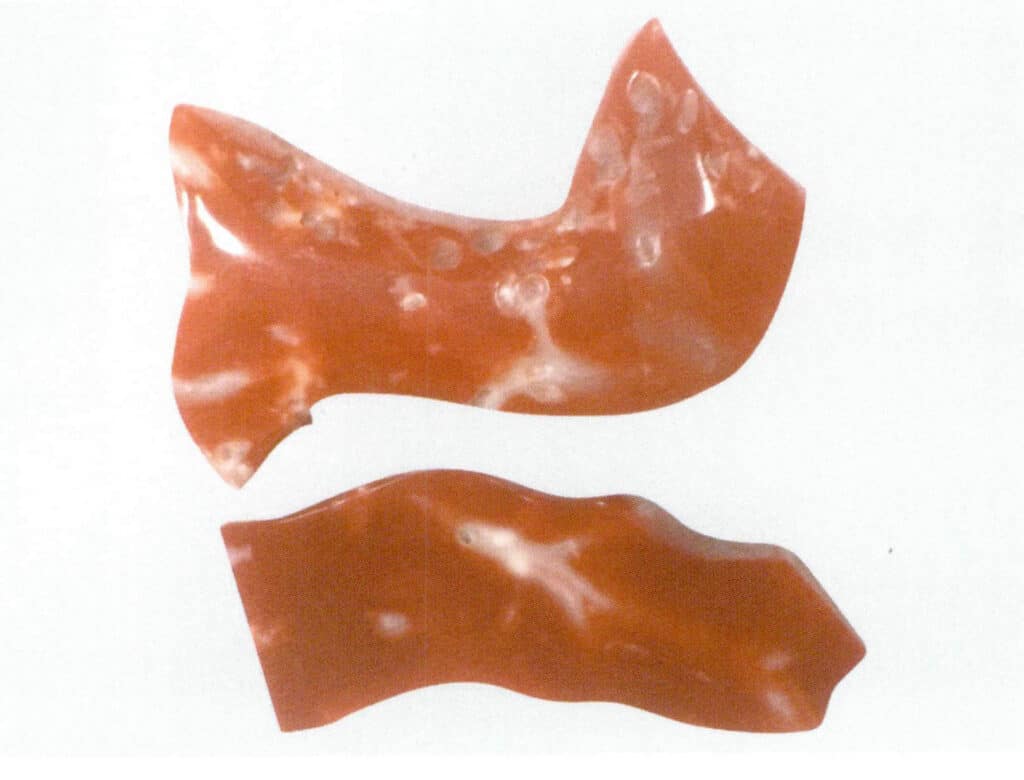
Figure 3-7-13 Red Coral (top: more holes and white spots; bottom: fewer holes and white spots)
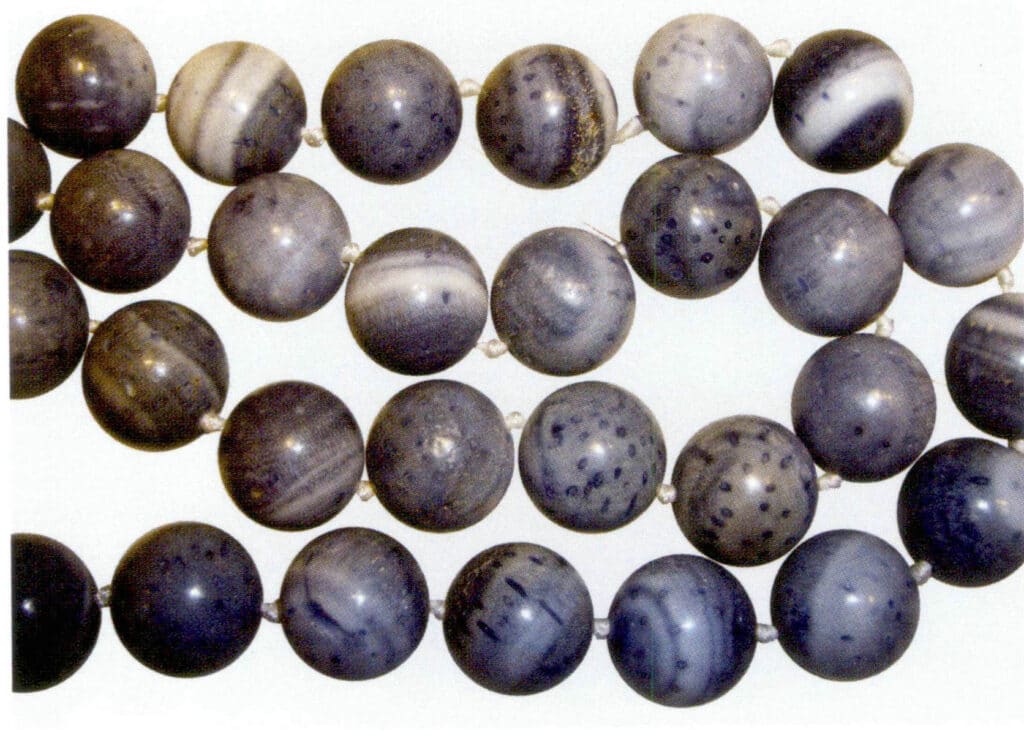
Figure 3-7-14 Blue Coral with a denser and finer texture
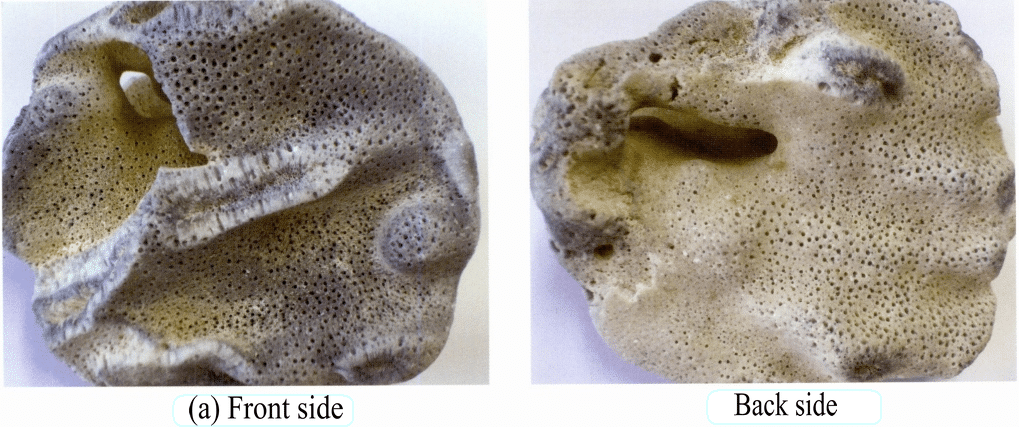
4. Shape and Carving
For coral, the more raw materials consumed during processing, the lower the yield, and the more effort spent, the higher the price. Therefore, the shape of the finished coral product is also a very important factor affecting its value.
For Akoya coral, under the same size, color, and texture conditions, beads are usually the most expensive, followed by cabochons, carvings, raw branches, etc. However, this is not absolute; the price of coarse branch-like raw branches may be higher than that of carvings.
Using the same Akoya coral raw branch to make products, the yield of round beads is the lowest, so their value is the highest. Only less than 10% can achieve a flawless whole coral except for the white core, and about 30% can achieve a flawless upper half. Since the back of the cabochon will be covered after inlaying, only the surface needs to be flawless, not the entire piece. The yield of single-sided cabochons is higher than that of beads. The yield of cabochons, from low to high, is in the order of oval, teardrop, and freeform, so the value of oval cabochons is also the highest among cabochons. Although the yield of carvings is about 40%-60%, the defects in Akoya coral carvings are generally more common, so their market value is usually slightly lower than that of cabochons. Of course, high-quality craftsmanship and good symbolism in carvings will make their value higher than that of ordinary cabochons. The yield of barrel beads is about 70%. Finally, there are only polished. The original branch of light has the highest yield and the lowest value. The yield of the same Akasha coral original branch shaped into different forms is shown in Table 3-7-2. Different facets are shown in Fig. 3-7-16 to Fig. 3-7-23.
Table 3-7-2 The yield of the same Akasha coral original branch shaped into different forms
| Finished product shape | Yield of the original branch | |
|---|---|---|
| Round bead | The whole piece is flawless except for the white core. | Less than 10%. |
| Round bead | The upper half is flawless. | About 30%. |
| Curved surface (surface is flawless) | Elliptical | About 40% |
| Curved surface (surface is flawless) | Droplet-shaped | About 50% |
| Curved surface (surface is flawless) | Irregular | About 60% |
| Parts | Parts | About 40% ~ 60% |
| Barrel beads | Barrel beads | About 70% |
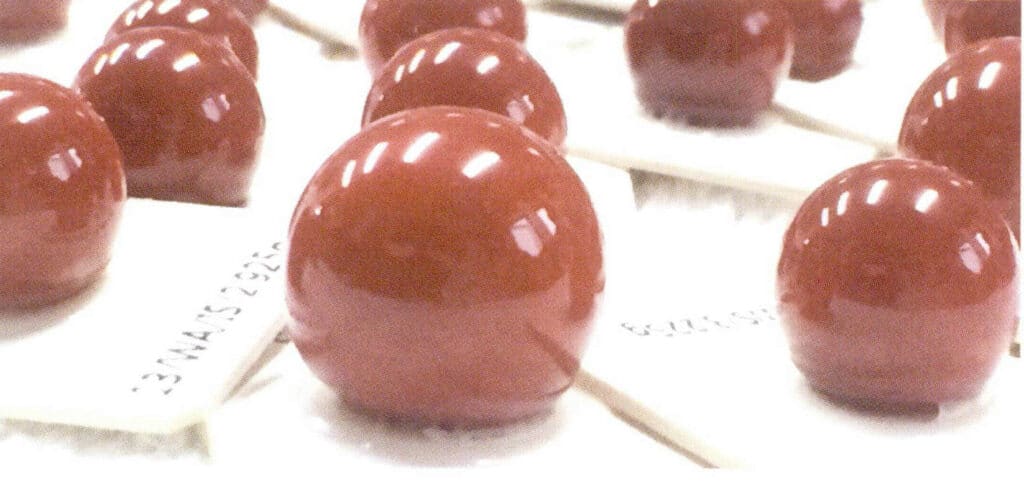
Figure 3-7-16 Akoya Red Coral Bead (1)
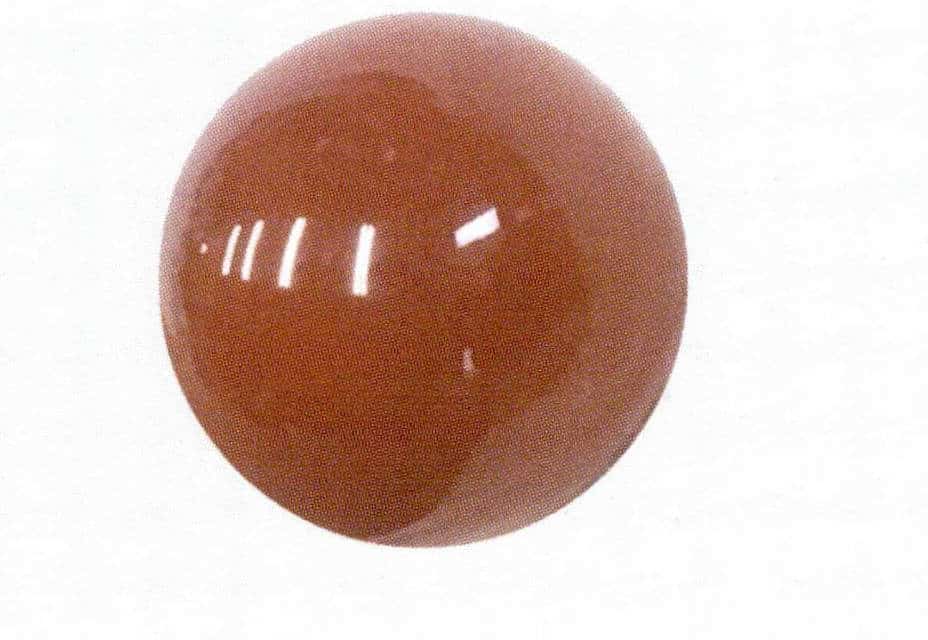
Figure 3-7-17 Akoya Red Coral Bead (2)
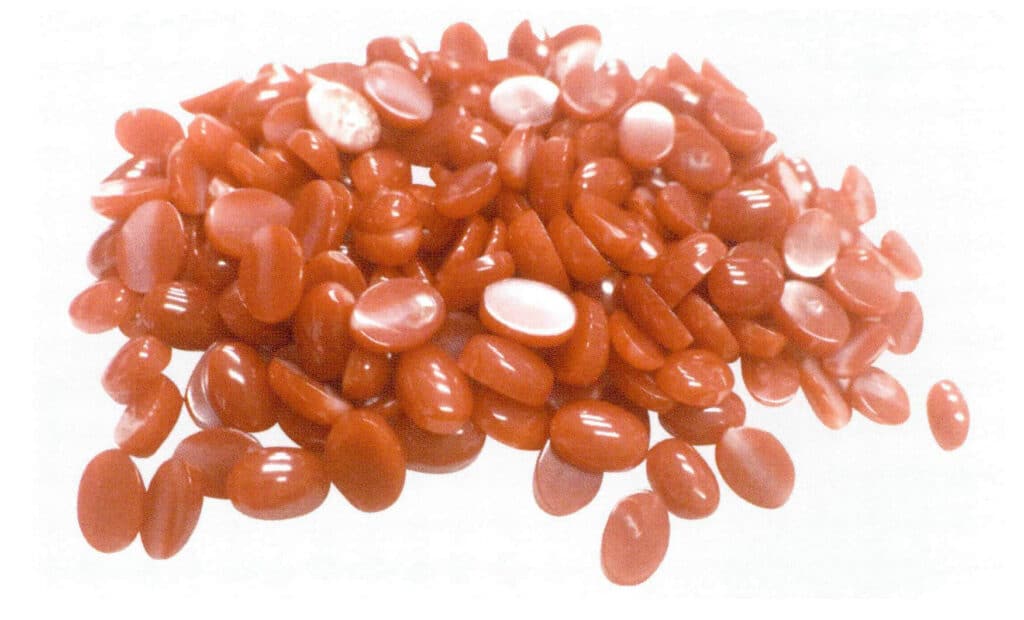
Figure 3-7-18 Akoya Red Coral Oval Arc Surface
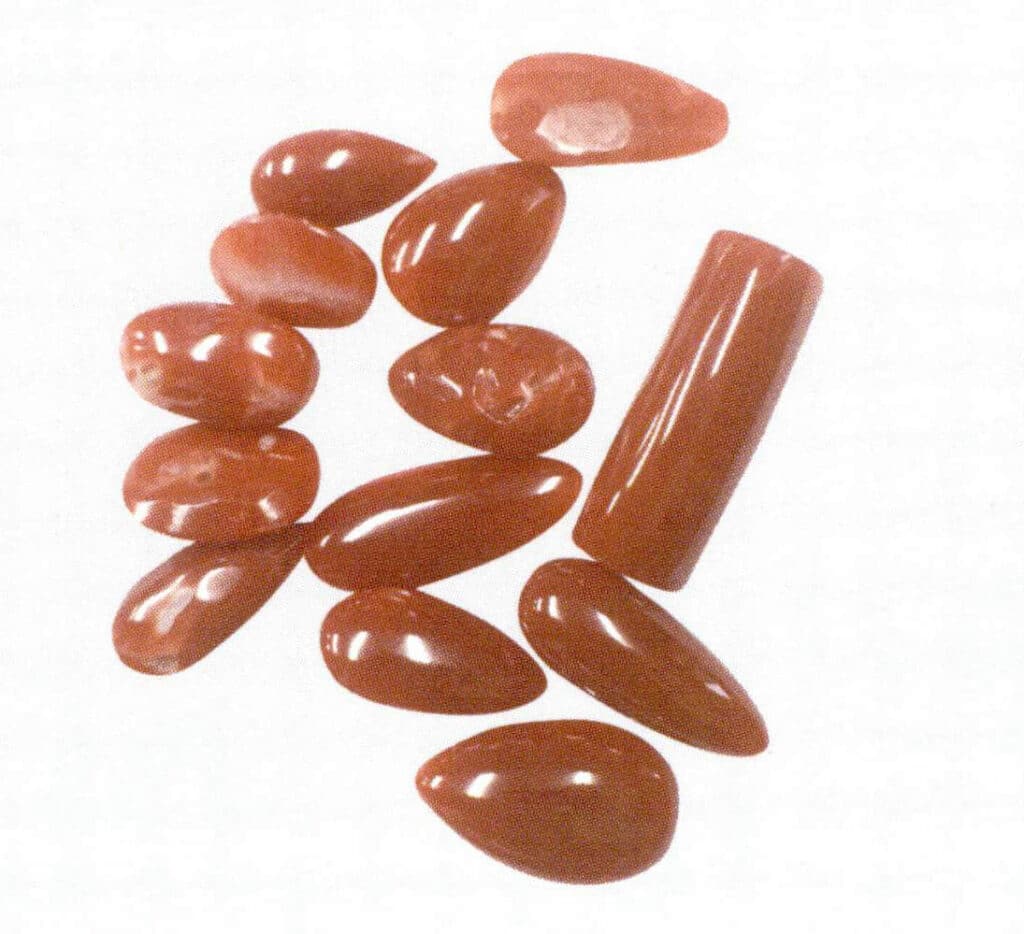
Figure 3-7-19 Akaka Red Coral Water Drop, Rectangle and Other Arc Surfaces
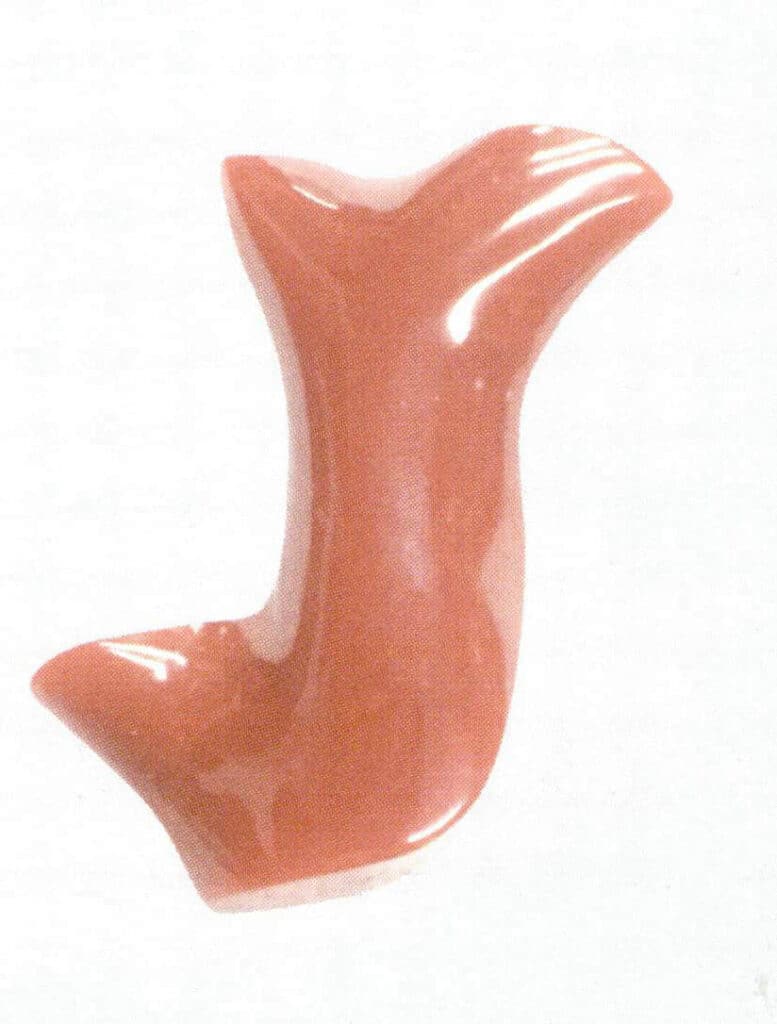
Figure 3-7-20 Akoya Red Coral Irregular Arc Surface
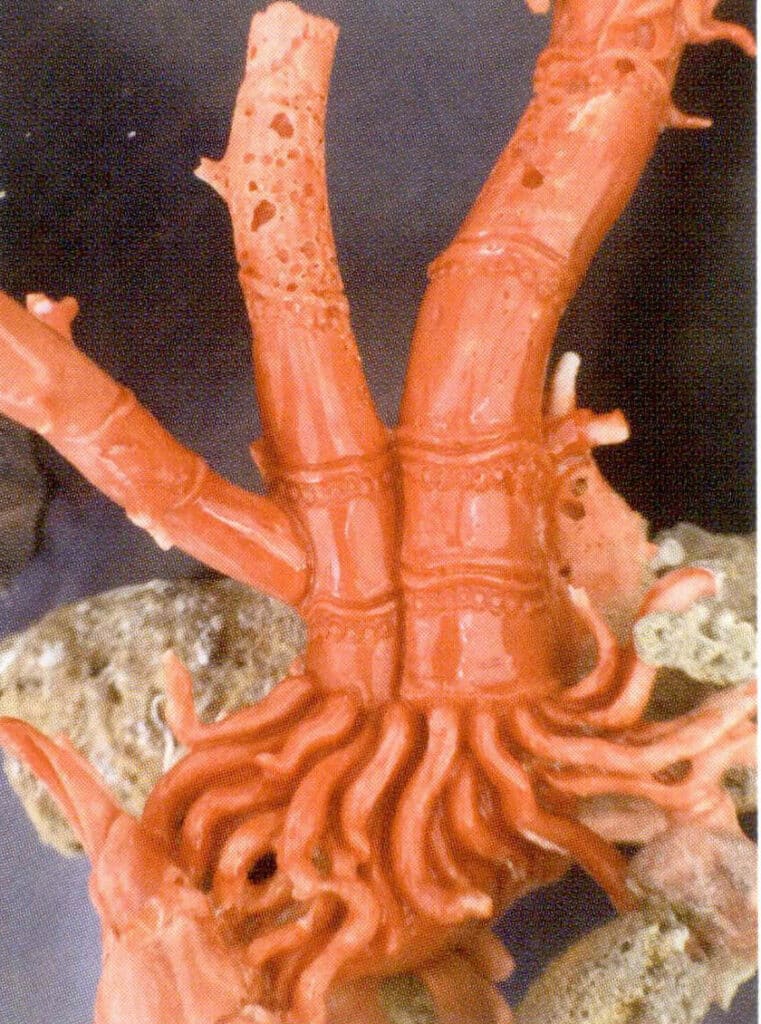
Figure 3-7-21 Akoya Red Coral Carving (1)
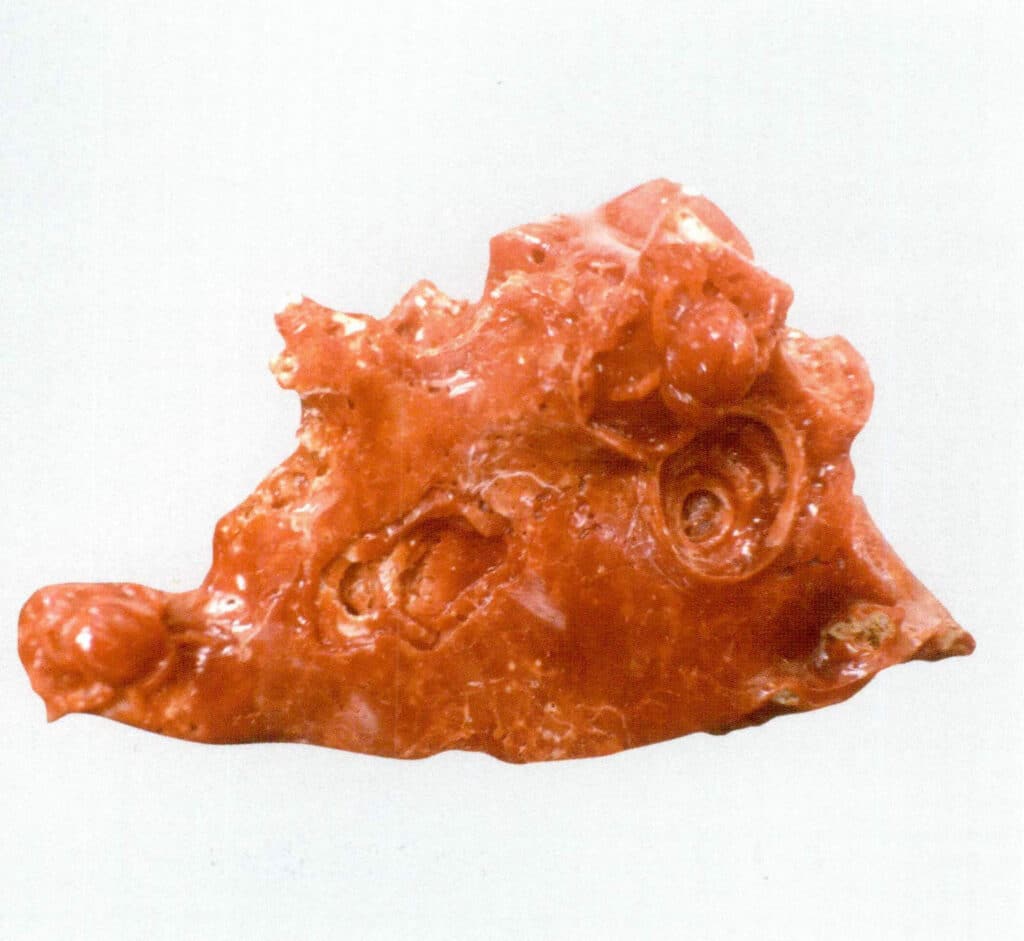
Figure 3-7-22 Akoya Red Coral Carving (2)

Figure 3-7-23 Akoya Red Coral Polished Original Branch
The prices of carvings with Sardinia and MOMO may be higher than those of round beads and egg faces, while others are similar to Akoya coral. The main shapes of MOMO and Sardinia are shown in Figures 3-7-24 to 3-7-29.
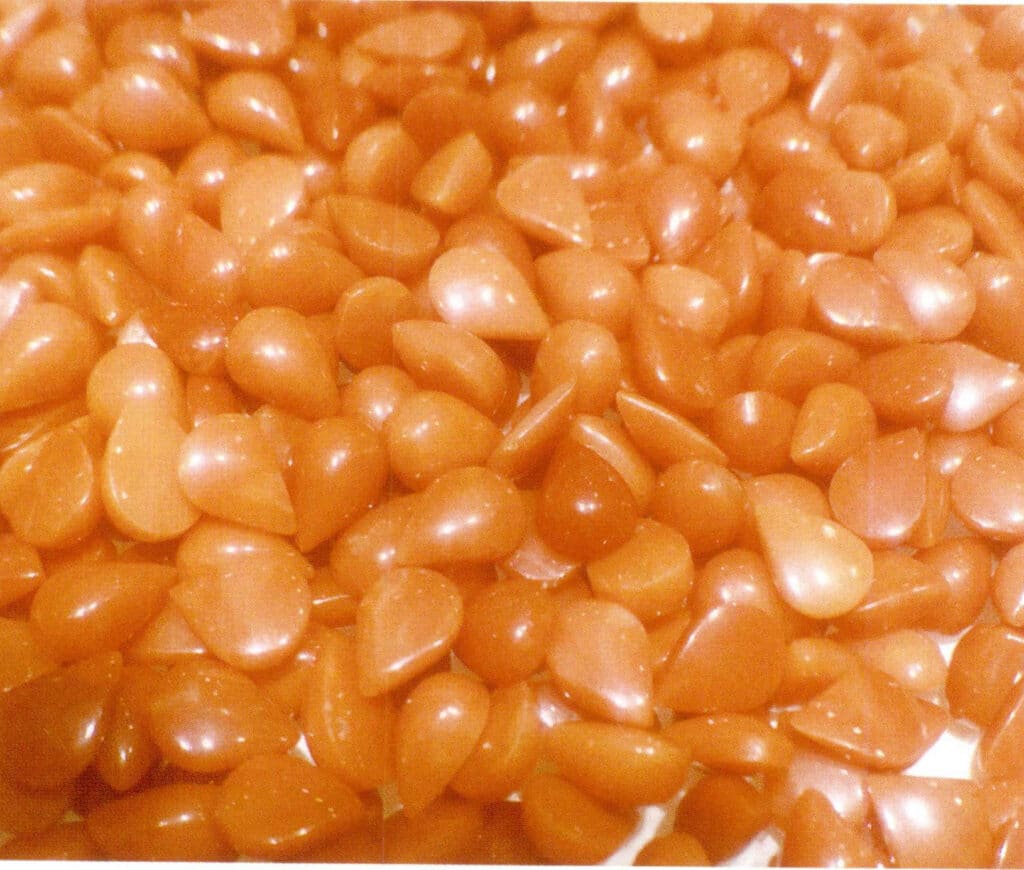
Figure 3-7-24 Sardinia Coral Water Drop Arc Surface
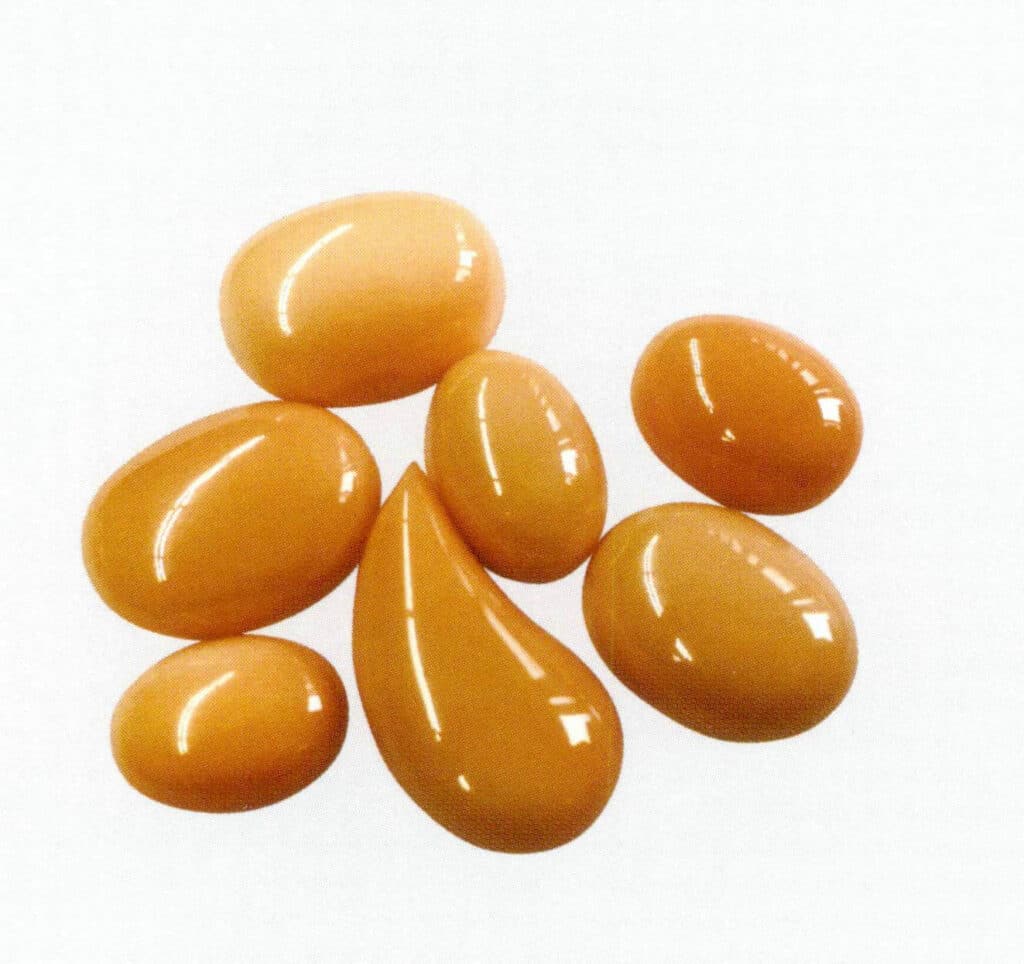
Figure 3-7-25 MOMO Coral Oval, Water Drop Arc Surface
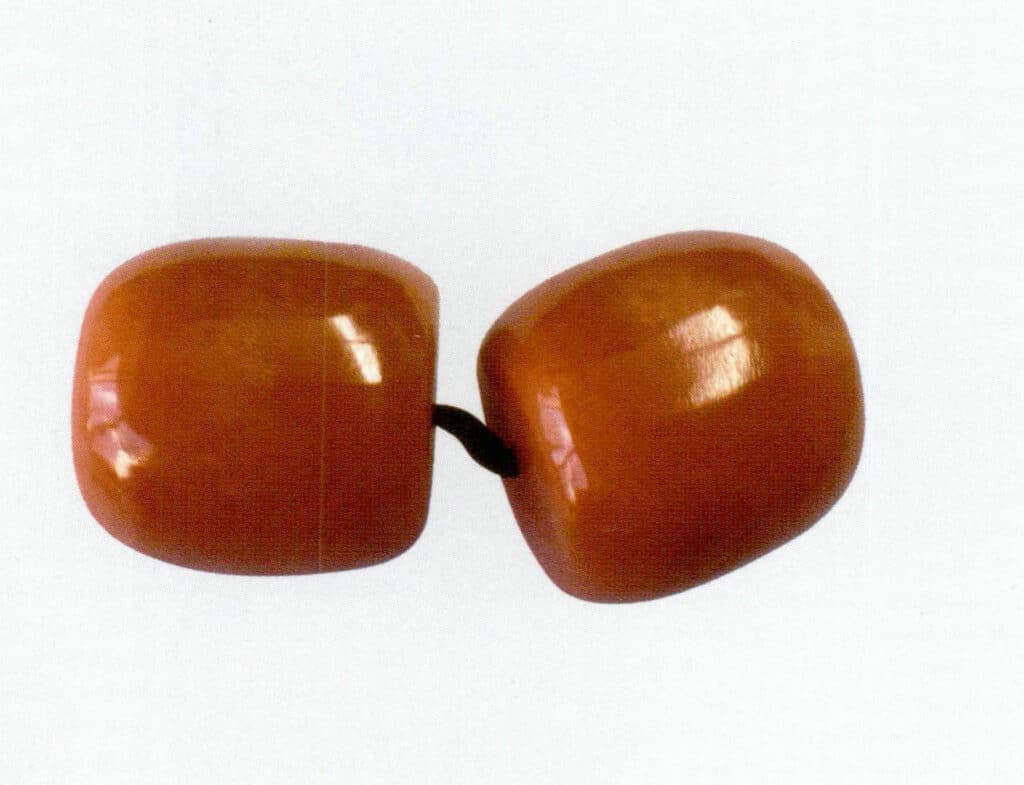
Figure 3-7-26 MOMO Coral Bucket Bead
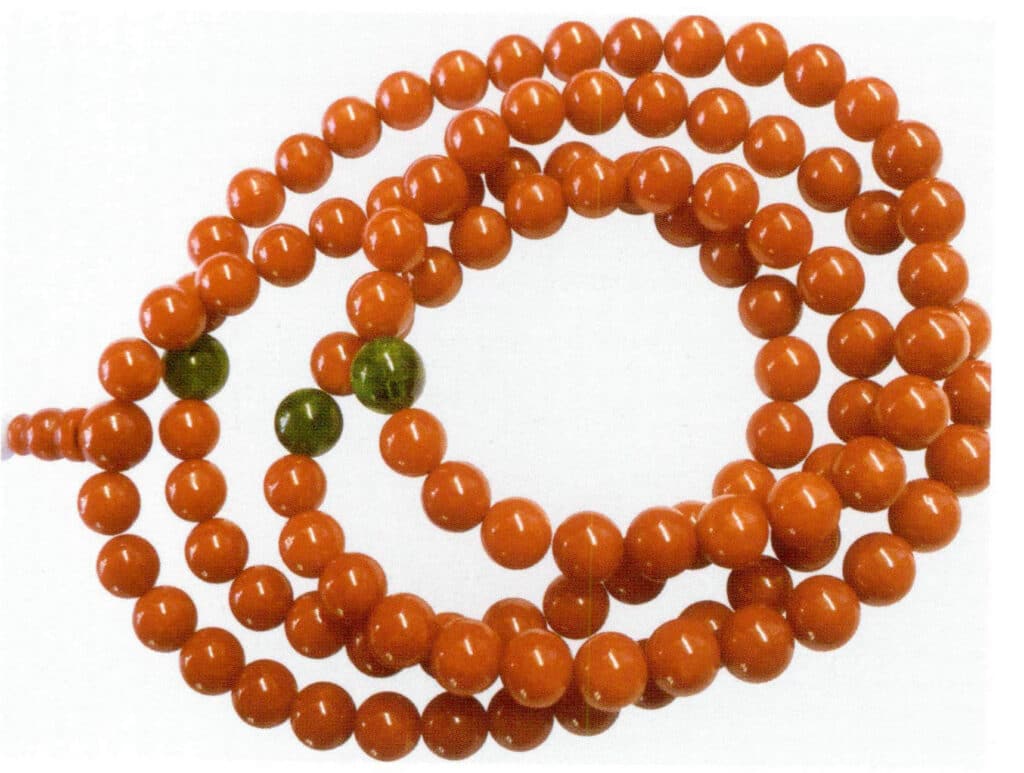
Figure 3-7-27 MOMO Coral Round Bead

Figure 3-7-28 Sardine Coral Round Bead
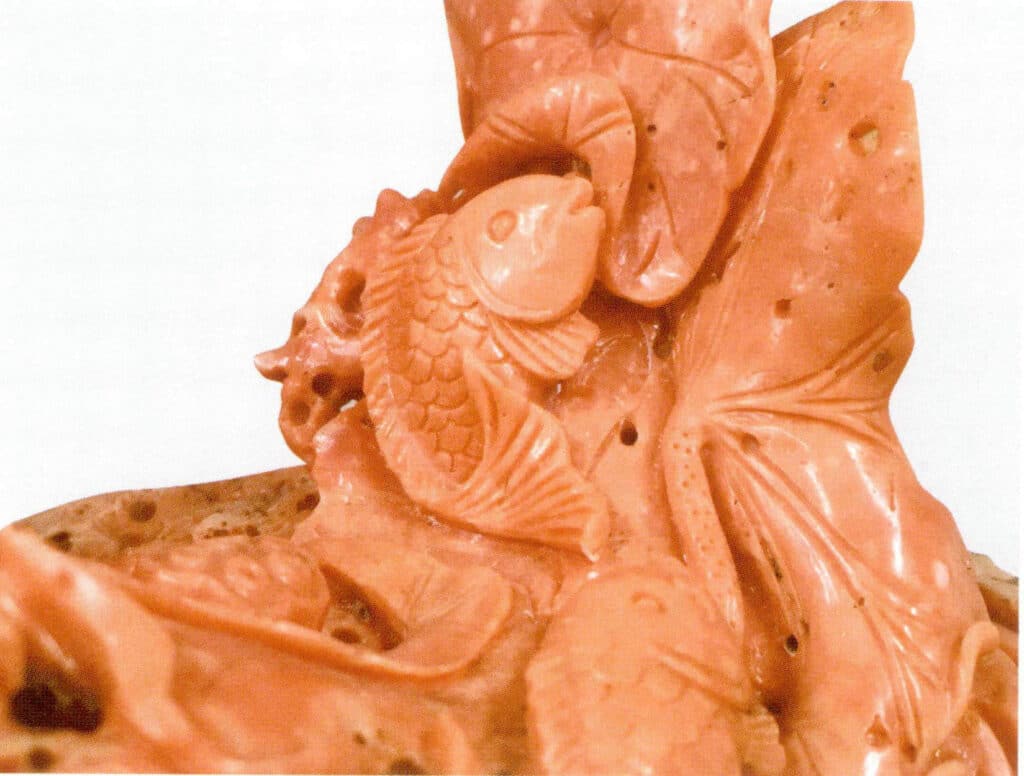
Figure 3-7-29 MOMO Coral Carving
For carved pieces, the design often cleverly considers the natural form of coral, and in addition to aesthetic appeal, the evaluation also looks at the fineness of the carving craftsmanship. MOMO coral and White coral carvings are shown in Figures 3-7-30 and 3-7-31.
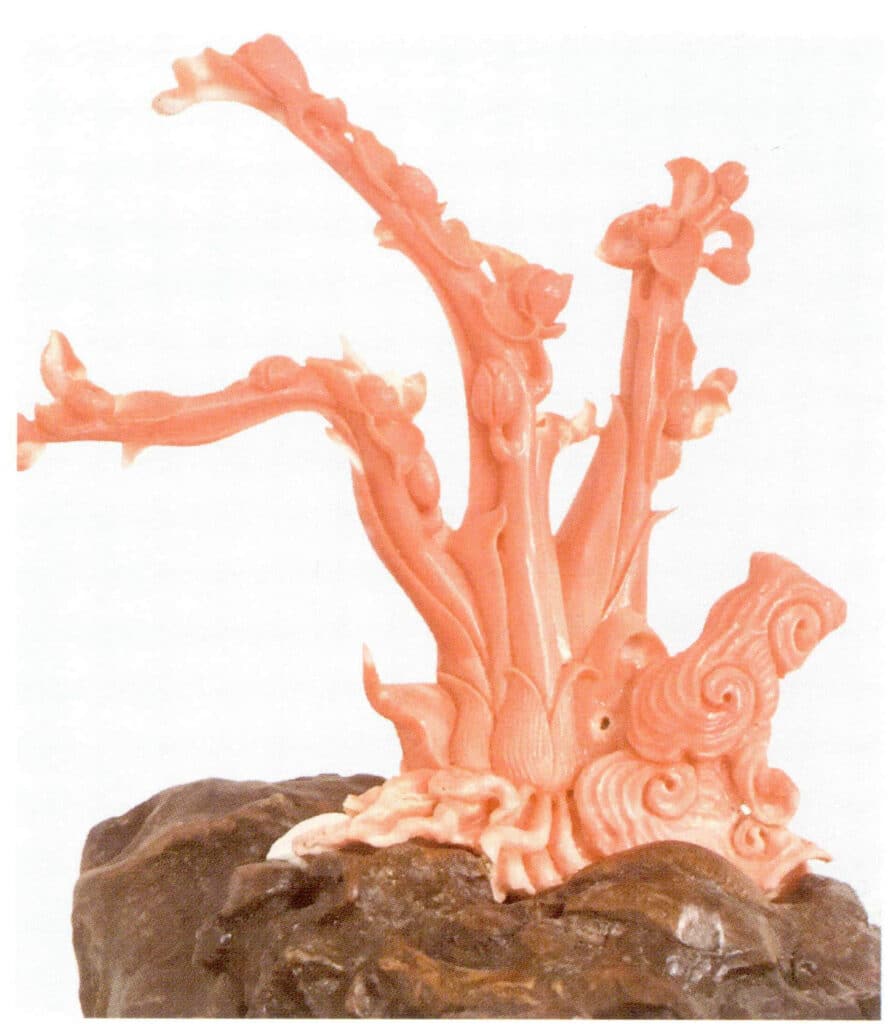
Figure 3-7-30 MOMO coral carving designed based on the original branch shape
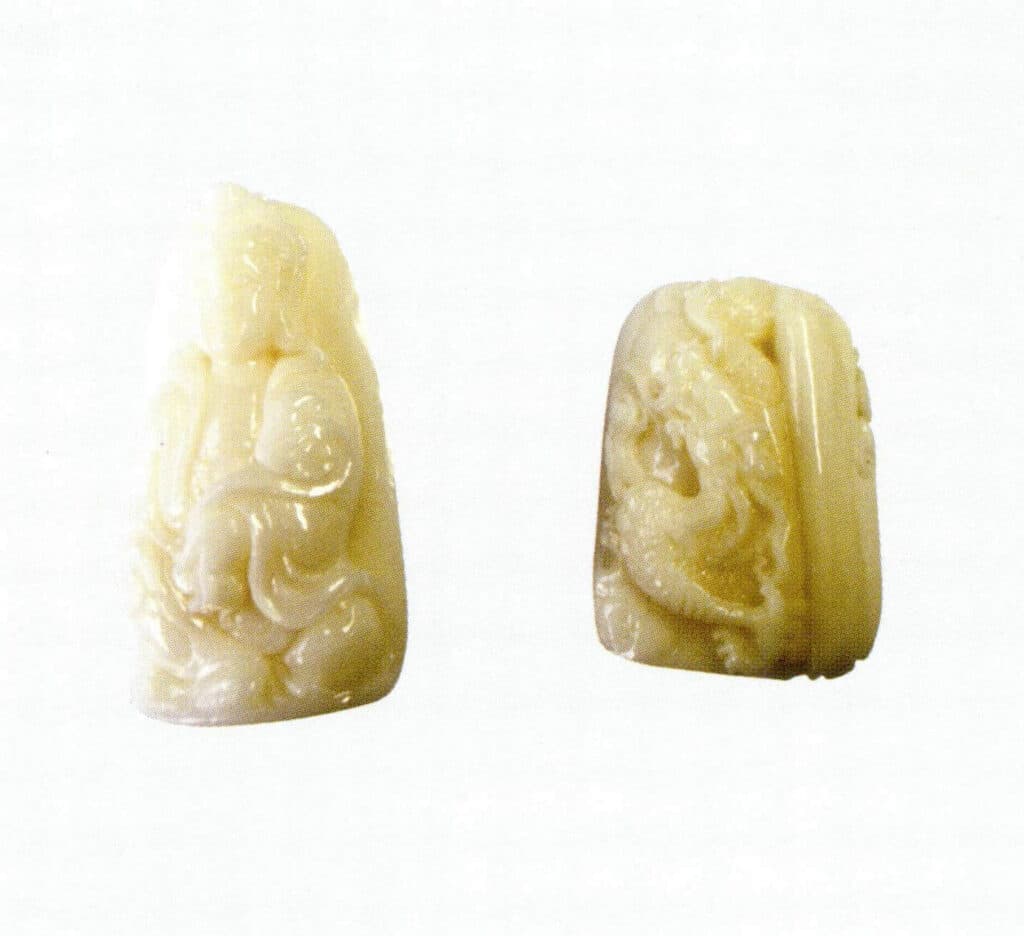
Figure 3-7-31 White coral carving
5. Size
Coral grows slowly, making it extremely difficult to harvest larger corals, so the larger the coral, the better the quality requirement. Therefore, the larger the size and the denser and finer the texture, the heavier it is and the higher its value.
It is often priced by weight (g) when selling precious coral. For round beads, curved surfaces, etc., the diameter size must also be considered. See figure 3-7-32.

6. Categories of Coral Branches
The condition of coral branches during harvesting greatly affects the quality and yield of finished coral. The categories of coral branches are shown in Table 3-7-3, and the branches are illustrated in Figures 3-7-33 to 3-7-42.
Table 3-7-3 Categories of Coral Branches
| Original branch type | Status at the time of capture | Structure | Quality after polishing |
|---|---|---|---|
| Live branch | Living tissue, surface has biological tissue | The surface has a thin film, with few insect bites. | High quality, good texture, bright luster. |
| Drooping branches (fallen branches) | Growth has stopped. | The overall structure has not been severely eroded by seawater | Good quality, good luster, fewer wormholes |
| Dead branches (dry branches) | Completely stopped growing | Seriously eroded by seawater and microorganisms, with many wormholes on the surface, affecting the structure | Poor quality, dull luster, many wormholes |
| Three generations of branches | Dead branches, drooping branches, and live branches appear on the same plant | ||
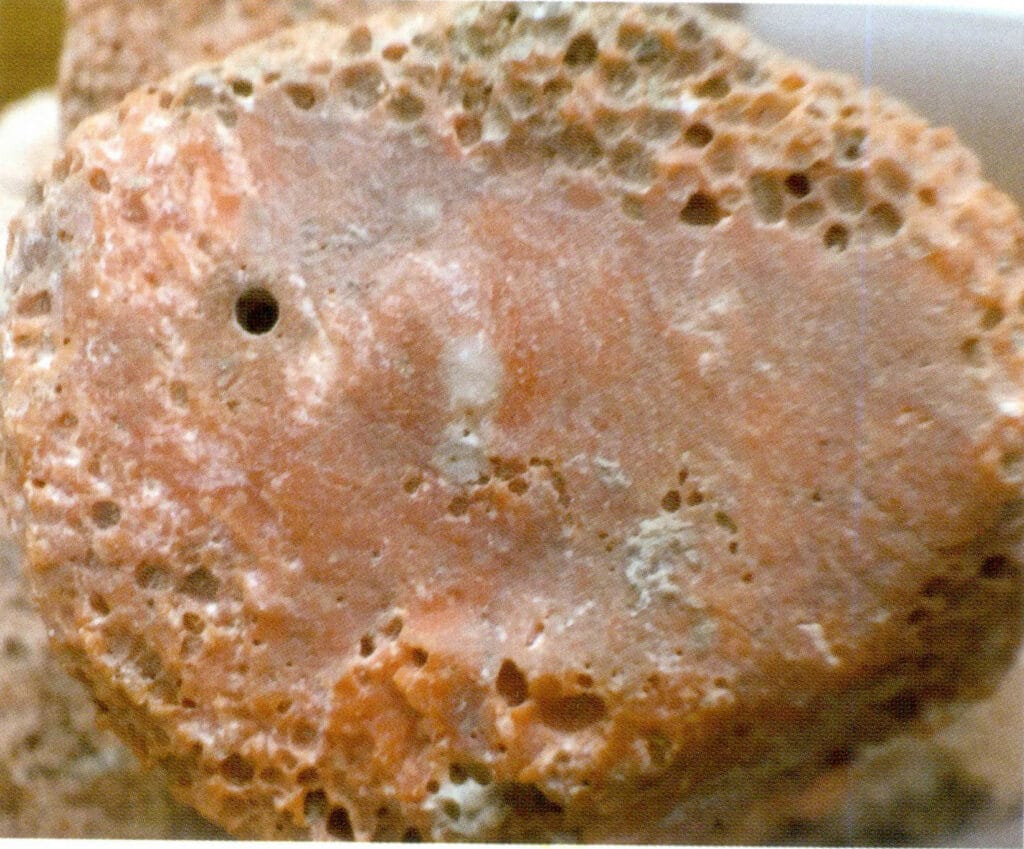
Figure 3-7-33 Drooping branch (1)
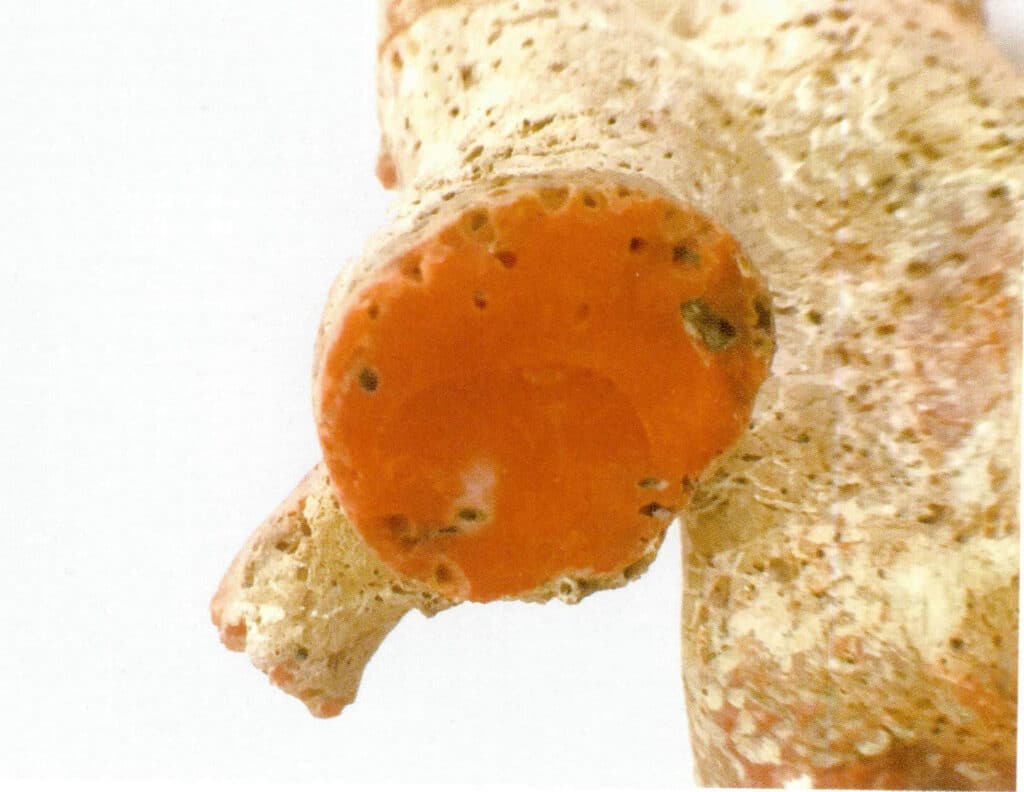
Figure 3-7-35 Drooping branch (3)
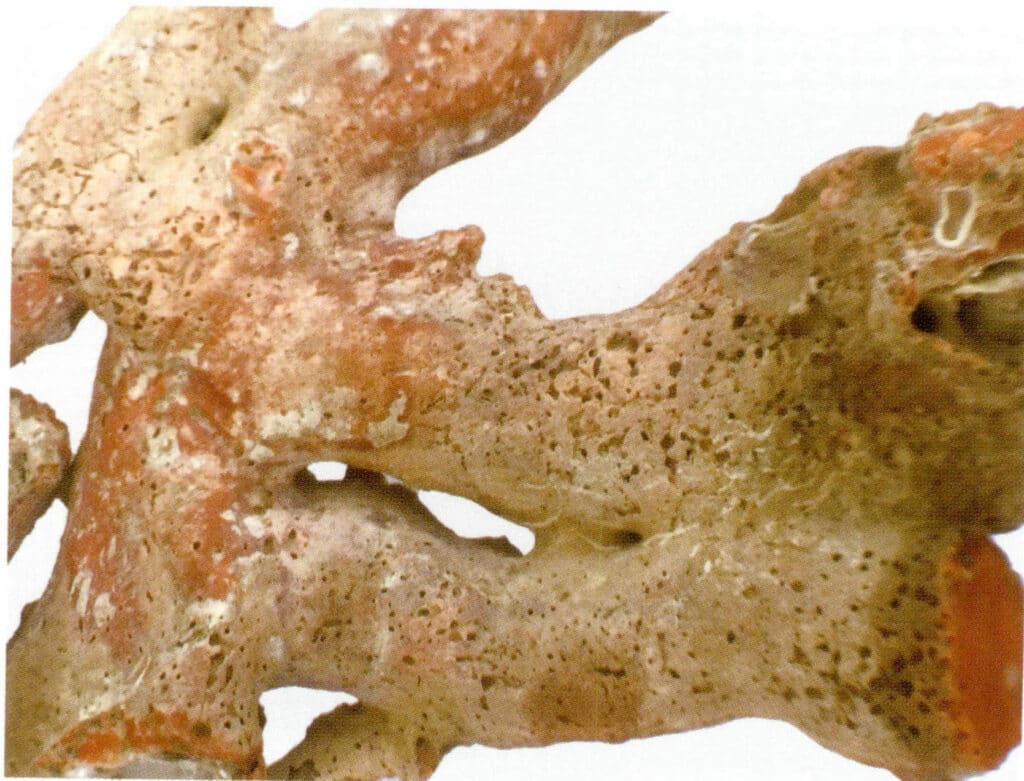
Figure 3-7-36 Drooping Branch (4)
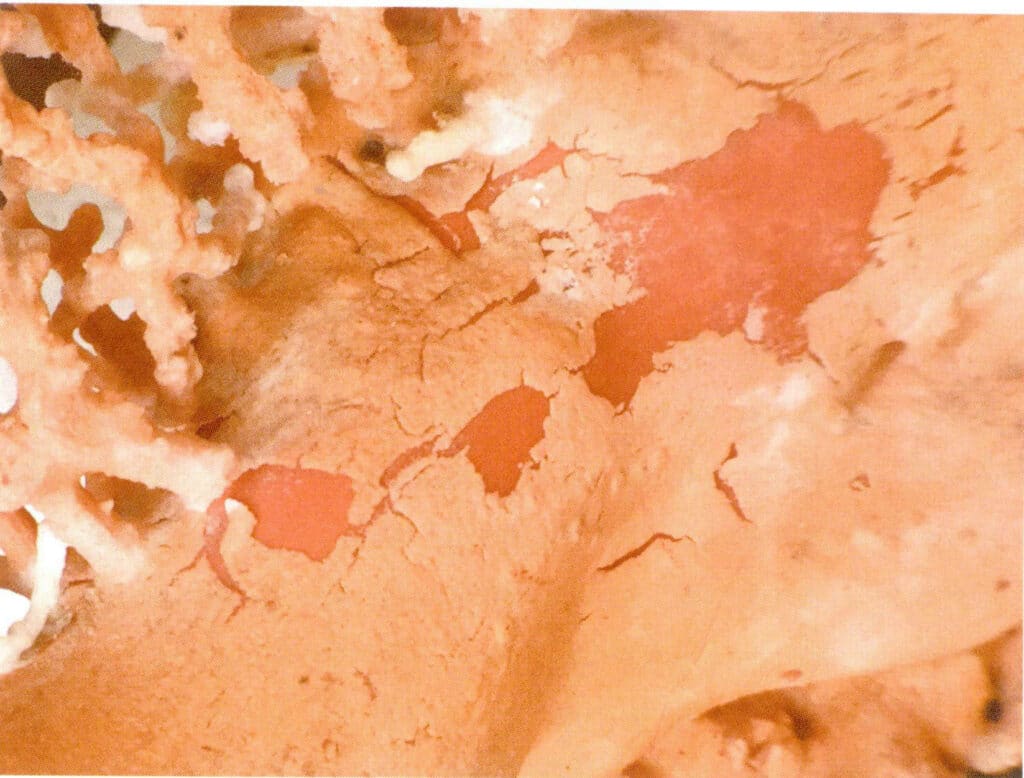
Figure 3-7-38 Live Branch (2)

Figure 3-7-39 Live Branch (3)
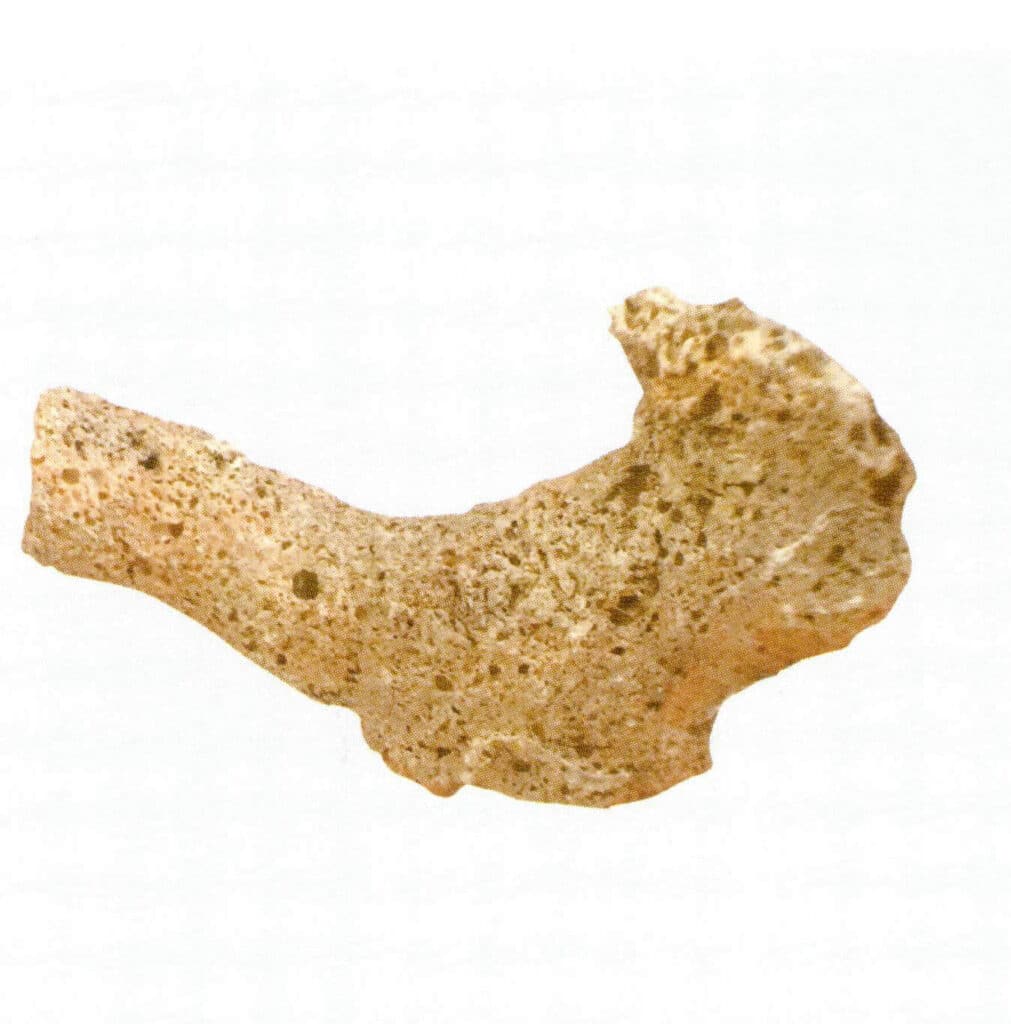
Figure 3-7-40 Dead Branch
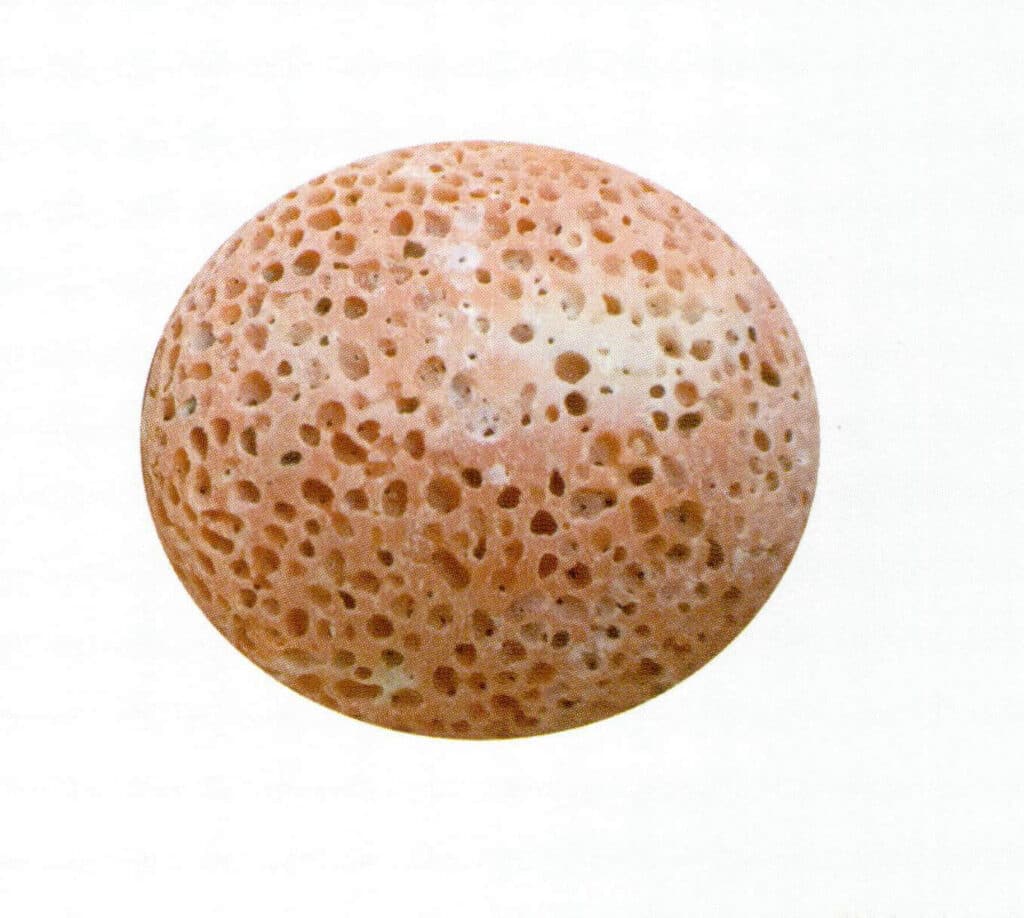
Figure 3-7-41 Polished Dead Branch
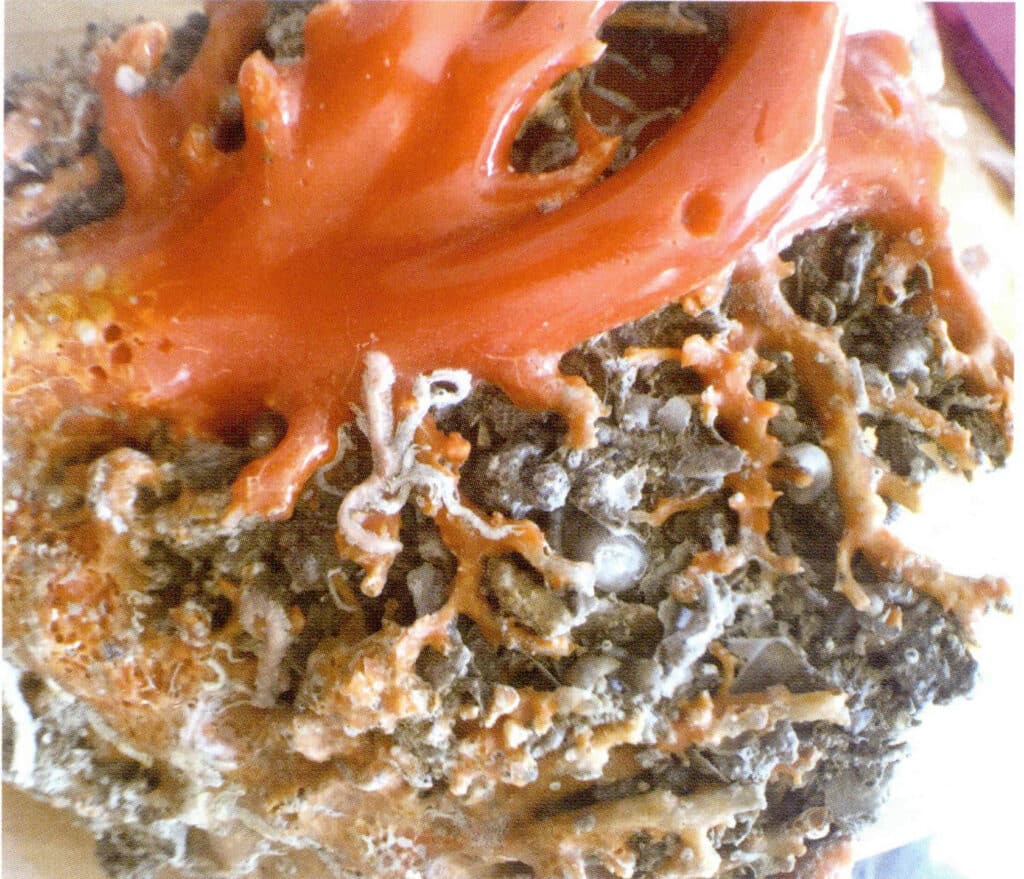
Figure 3-7-42 Third Generation Branch
Section VIII Maintenance
The maintenance of coral is similar to that of pearls. Coral is also composed of two parts: organic and inorganic materials. The inorganic material is mainly carbonate, which is easily eroded by acids, while the organic material is easily eroded by organic solvents such as alcohol, ether, and acetone. Therefore, avoid contact with acids and substances like nail polish, detergents, perfumes, and toners.
Avoid contact with sweat and similar substances. In case of exposure to acid or large amounts of sweat, do not use soap and water or any other common cleaning agents to clean coral. Overly acidic or alkaline solvents can harm coral. The most common method for cleaning coral jewelry is to carefully wipe it with a soft velvet cloth dampened with distilled water or to dust the coral with liquid wax.
To avoid exposure and prevent continuous constant temperature baking, coral can lose its color and luster due to exposure and high temperatures.
When wearing coral, avoid contact with hard objects, especially metals, and avoid friction with other inorganic gemstones and jade.
After wearing coral jewelry, it is best to clean the coral jewelry with a clean, soft cloth and store it separately in a jewelry box to avoid friction with other jewelry.
Coral necklaces should ideally be restrung every few years. When stringing, tie knots between each bead to prevent friction between the beads and scattering in case the string breaks.





